If you want to know which AI tool can solve your creative task before committing to a subscription, this one is for you.
All the social media and news outlet buzz set aside, AI image generators can be a massive source of inspiration, especially for artists and designers. You can use AI-made images as reference pictures for a ridiculously huge variety of projects from interior designs to logo designs to product concepts and everything in between. The only issue is that there are so many AI tools it can be hard to choose the one that fits your needs the most. Plus, not too many of them offer you a decent free trial to get an idea of what to expect.
But no worries, we already tried them out for you! As a team that develops its own AI tools and often uses AI generators for inspiration, we know a solid image generator when we see one. Dive in for a detailed breakdown of popular AI image generators.
In this article
- Types of generative models
- Prompts for testing AI image generators
- Midjourney
- Mage
- Human Generator
- Cutout.Pro
- Freepik
- DreamStudio
- Leonardo AI
- Bing Image Creator
Types of generative models
The two types of image generation models that dominate the world of AI are GAN models and diffusion models. Knowing the difference between the two can help you figure out which type of model is more likely to deliver more accurate results for your query.
A GAN is a model that consists of a generator and a discriminator. During training, the generator tries to create an image that could pass as a real one. The discriminator tries to detect synthetic images created by the generator and mark them as fake. Diffusion models train by gradually throwing noise onto images until they turn into white noise and then removing it to get back to the original image.
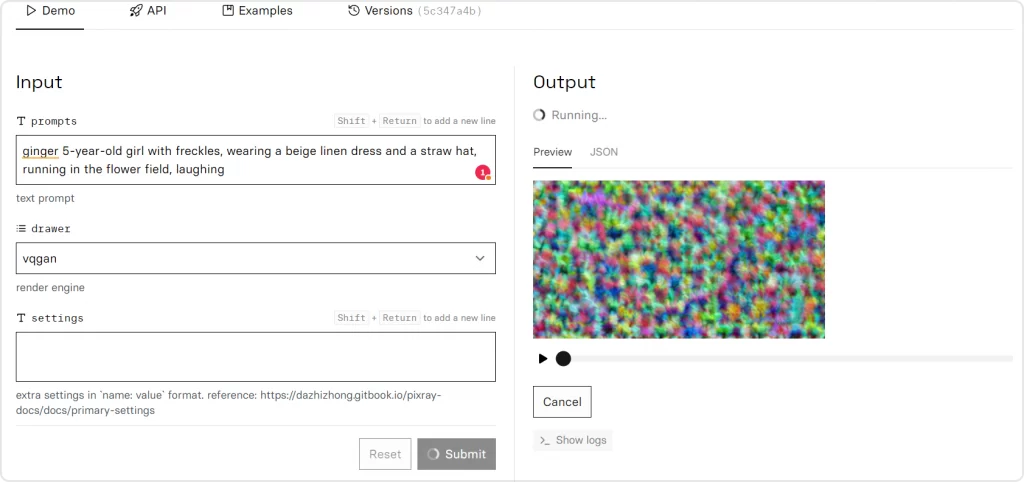
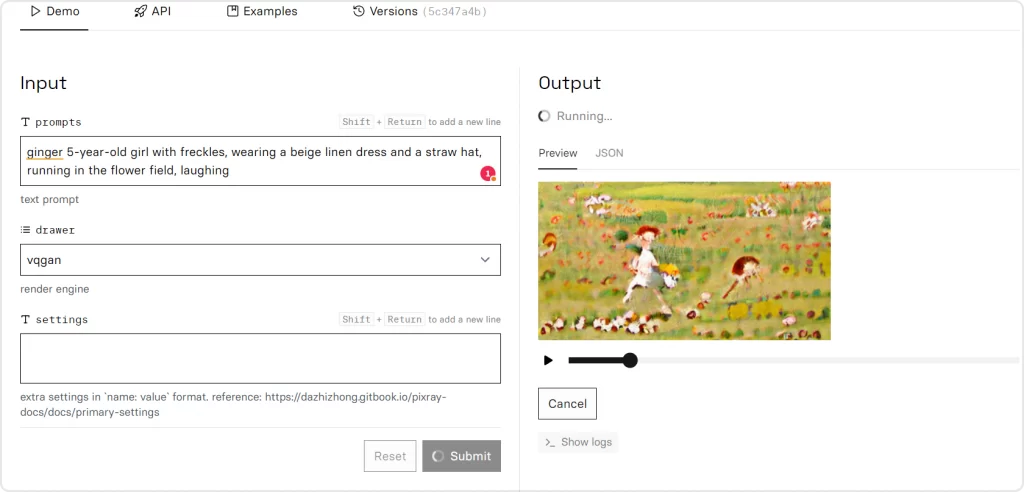
In terms of image quality, both types of generation models can deliver immaculate results. GANs are generally better at creating detailed, hyperrealistic images. They also tend to be faster and less computationally expensive. Though one of the biggest issues associated with GANs is their eventual overtraining. At some point, the generator will start producing images so good the discriminator won’t be able to mark the synthetic ones as unreal. This will inevitably cause a decline in the performance of the model, which is not the case with diffusion.
Diffusion models, unlike GANs, virtually have no limit to their performance. In a diffusion model, the algorithm pretty much only keeps learning more and getting better. On the downside, diffusion models are more demanding computing power-wise. They are generally slower because of the number of iteration steps needed to produce each image. Because of that, they take longer to train which is why years later, we still sometimes get cross-eyed 7-fingered humans with two sets of teeth.
What does all of this mean to you, the end user? If you want photorealistic images and you want them fast, GANs are your go-to choice. If you can wait a little longer and don’t mind a little bit of occasional stylization, consider using a diffusion model. As advanced as they are, neither GANs nor diffusion models can guarantee absolute accuracy.
Generative tools based on GAN include Artbreeder, Deep AI, and StyleGAN. DALL-E 3, Stable Diffusion, Midjourney, and Human Generator are all examples of image generators that implement diffusion algorithms.
| GAN | Diffusion | |
| Training algorithm | Constant battle between the two components: the generator and the discriminator | Adding noise to images, then denoising them to get to the original picture |
| Pros | Fast, photorealistic, computationally efficient | Good both for photorealism and stylization, more control over the generation process |
| Cons | Potentially limited in their ability to produce high-quality images, not enough room for customization | Computationally expensive, relatively slow, takes longer to learn |
| Examples | Artbreeder, Deep AI, StyleGAN | DALL-E 3, Stable Diffusion, Midjourney |
Prompts for AI image generators
To check how different generators treat prompts (read more about prompting like a pro here) of varying levels of complexity, we came up with 5 queries. Two of them were for photorealistic images, two other queries were for stylized illustration-style images, and the last query was somewhat of a bonus task to see how far we could push the AI’s imagination. In our queries, we made sure to test how well the AI creates real living creatures, abstract fantasy creatures, inanimate objects, and landscapes. Here is the list of prompts we used:
- ginger 5-year-old girl with freckles, wearing a beige linen dress and a straw hat, running in the flower field, laughing
- small hut in the forest by a river with mountains in the background, at night, full moon in the sky, photorealism
- 2D cartoon landscape of a rainforest with a waterfall, monkeys on the trees, parrots flying, butterflies, golden sunbeams, 2D classic Disney cartoon style
- ghost in an abandoned 16th-century castle, near a fireplace with a fire burning, watercolor illustration
- silver unicorn with red eyes and white mane running across a purple fantasy extraterrestrial desert, rainbow in the background, hyperrealistic 3D render
1. Midjourney
The most well-known of them all and the one that made the most viral AI artworks, Midjourney is the queen bee of AI image generation. Technically, though Midjourney has been around for a while now, it is still in beta. To generate images using Midjourney, you need to join their Discord server. Though there used to be a free trial for new users, now that Midjourney has over 1 million active users daily, it’s no longer available. The subscription starts at $8/month (if you buy the annual subscription) for the Basic plan.
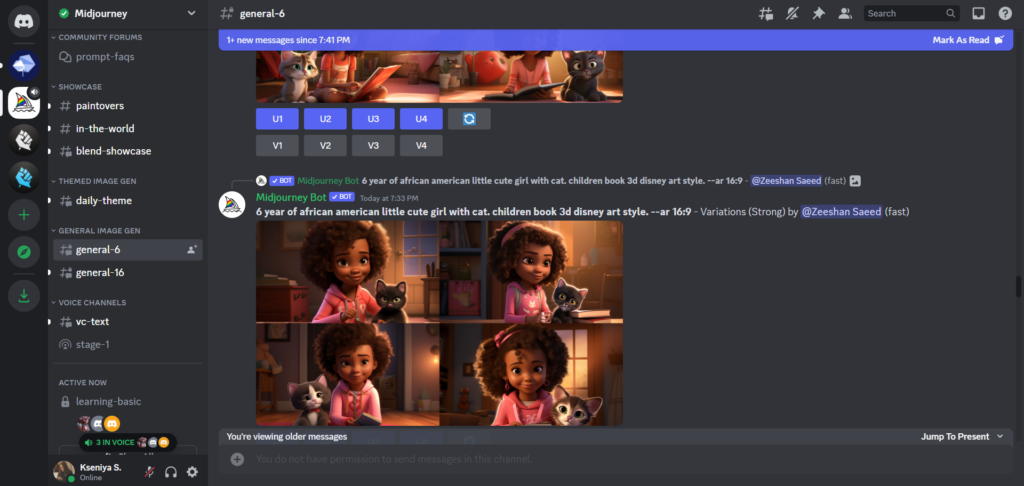
Though Midjourney is a powerful AI tool, it doesn’t always give you impeccable results on the very first try. Very often, you have to rework your prompt multiple times, hit Rerun, or create variations of an image to get exactly what you want. For the first prompt, Midjourney placed the girl in a wheat field, so we changed the prompt to ‘running in the field full of flowers’. The freckles weren’t freckling no matter how hard we tried so we gave up on that.


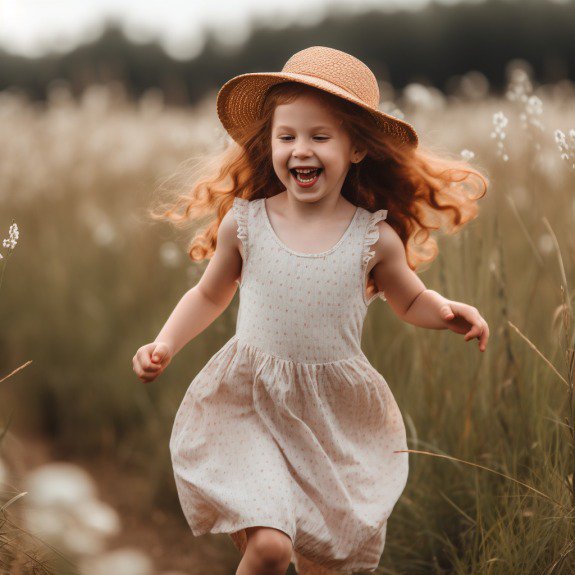
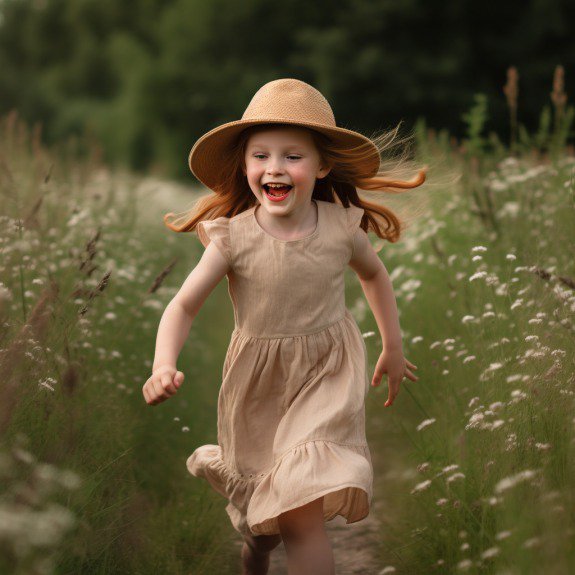
The hut was no problem to Midjourney at all. There was no need to rerun or modify the prompts. Though somehow despite the ‘photorealism’ prompt, it ended up looking a bit too smooth and polished, almost like a digital painting. One way to solve this is replacing ‘photorealism’ with a prompt like ‘4k professional photography’.



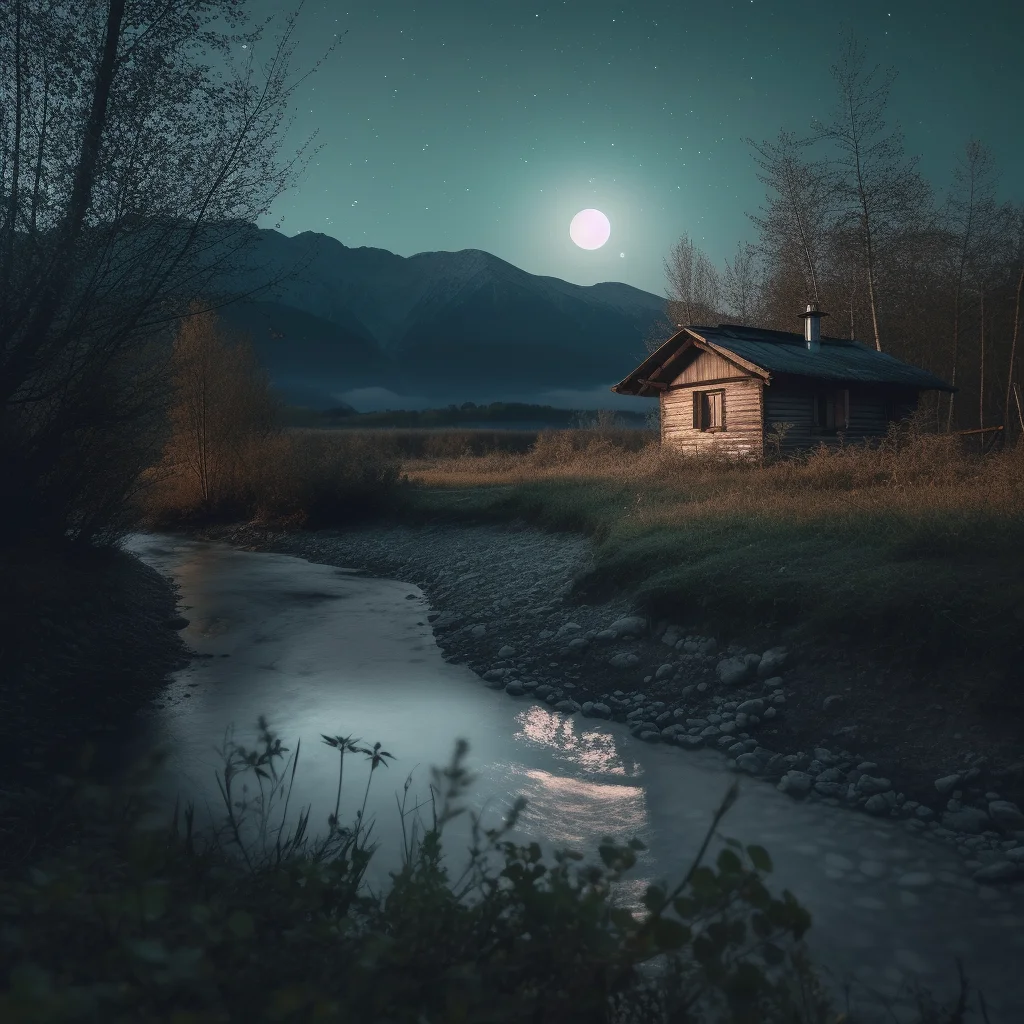
The watercolor ghost was a breeze. The only issue was that in the first batch, there was no ghost in some of the images (probably because spirits are invisible, duh). After we clarified that we wanted a white ghost, Midjourney had no problem adding it to the composition. We even tried several versions, including ‘sad female ghost figure’ and ‘cute white ghost’.
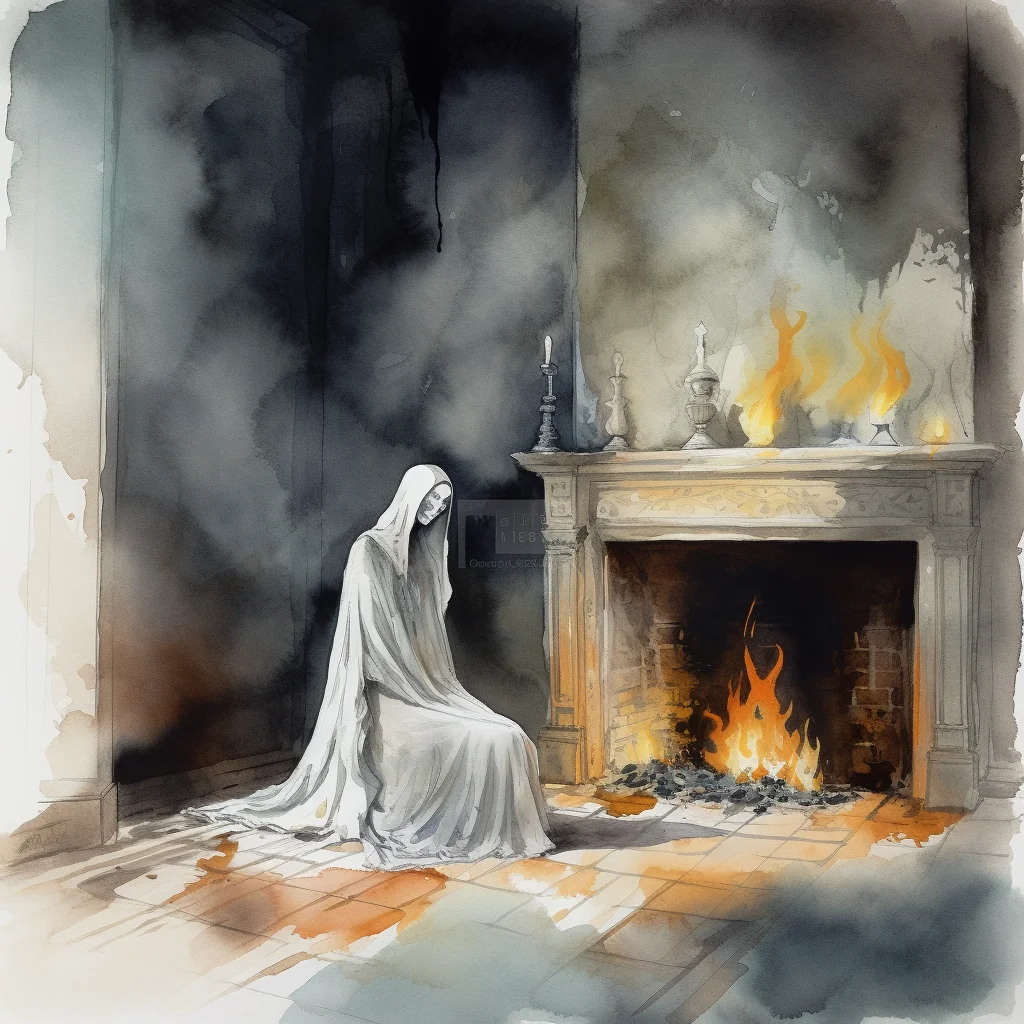


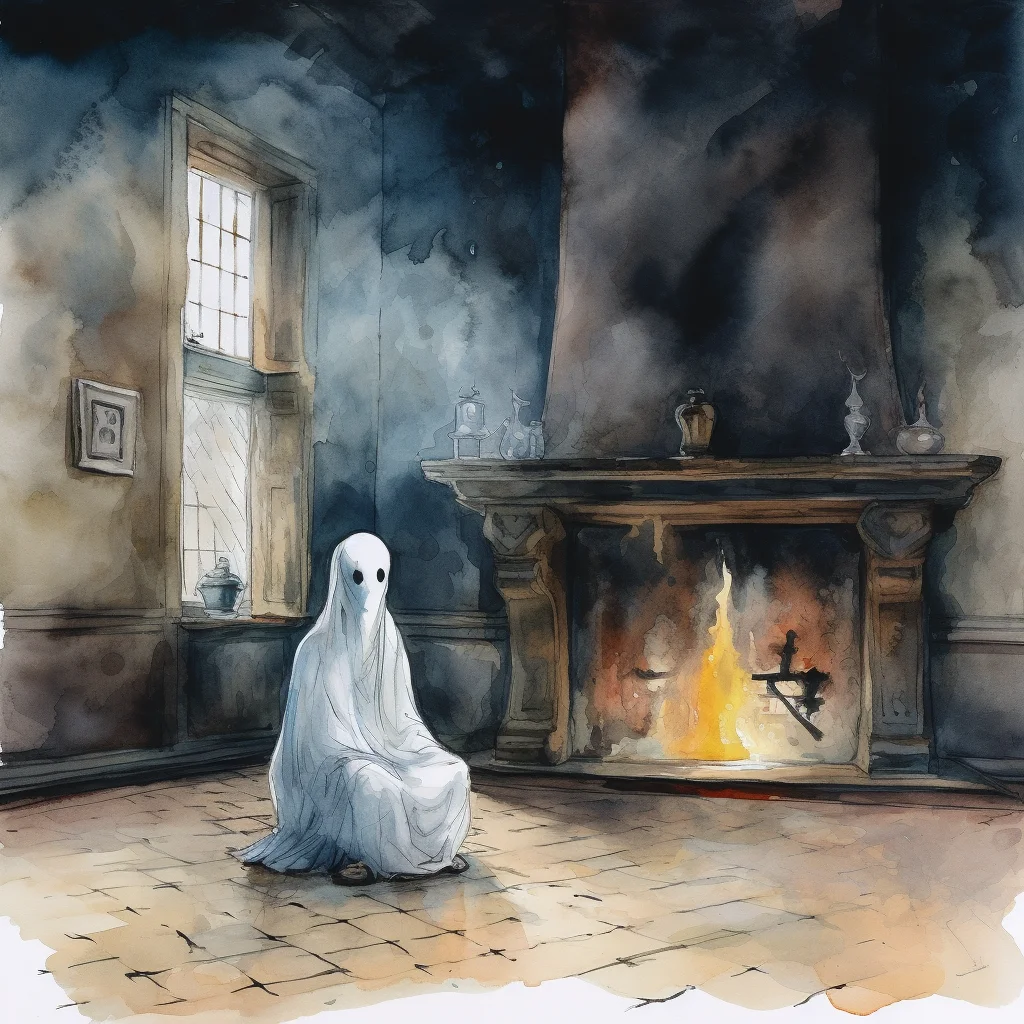
Finally, the Disney-inspired rainforest landscape was not our best query. Midjourney had trouble adding creatures to the composition no matter how we changed the prompts. While it’s not quite the classic Disney we expected, the vibes are there. If you ignore the weird animals, the rainforest came out pretty good.
There was just one detail that really surprised us: in all the images from our most successful batch there was a semi-transparent mesh similar to the one you can find on watermarked stock images. This likely means that copyrighted images were used to train the AI, leading us back to the whole AI vs intellectual property debate.

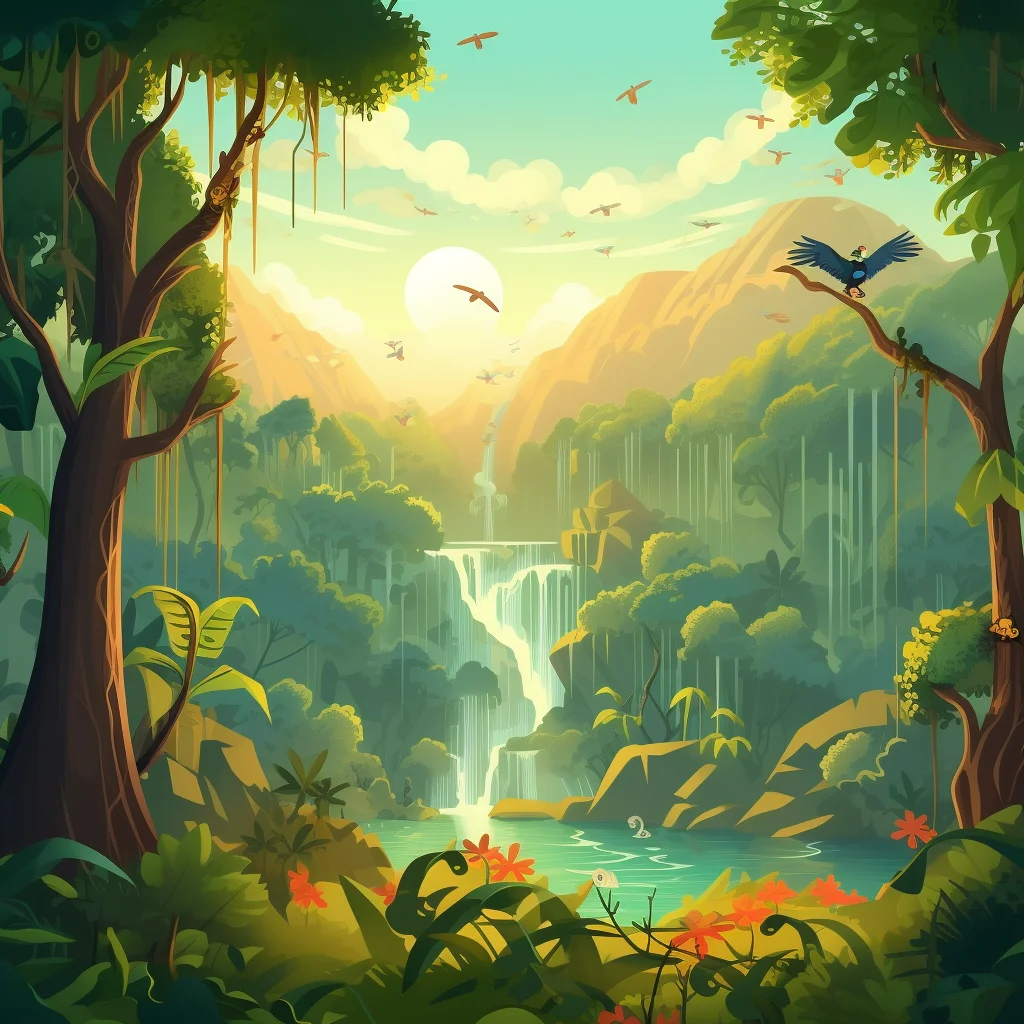
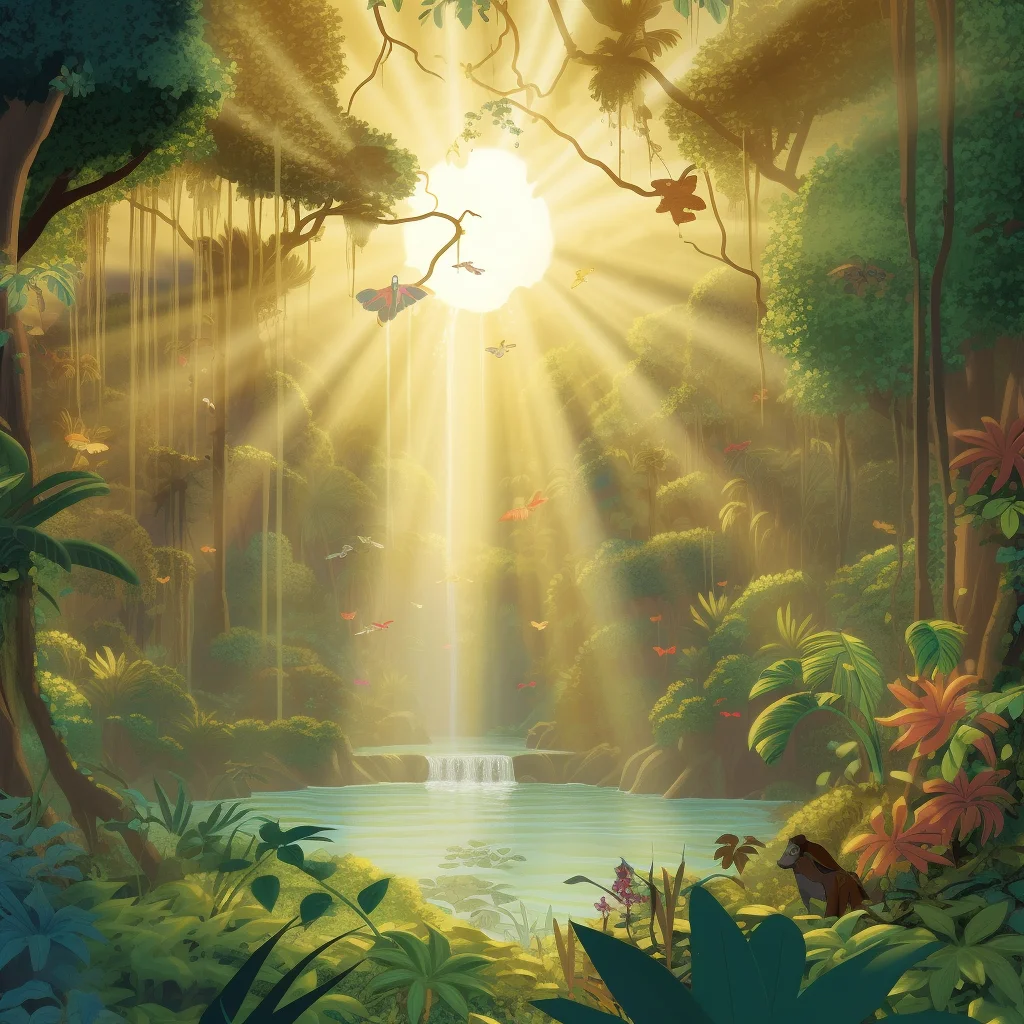
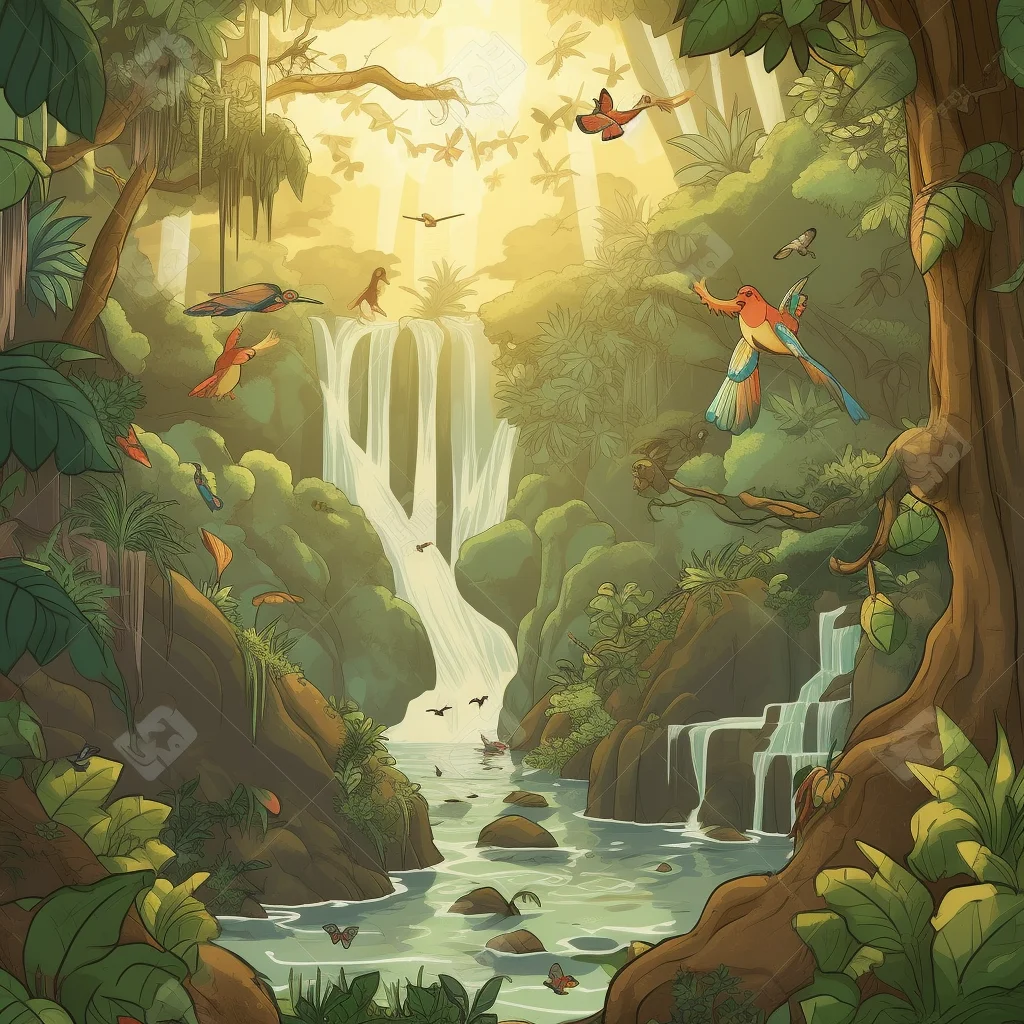
The unicorn was the most excruciating task for Midjourney to perform. We had to alter the prompt several times to get more or less what we needed. At first, the desert looked just like a regular one, and the purple color went into the mane. Then, there was either no horn at all, or there were two or three (one of them sticking right out of the unicorn’s booty). The rainbow in the background and the red eyes were nearly impossible to get, and you can’t see them in most images. Our best strategy was to revise the results of each run and make variations to get closer to what we wanted.
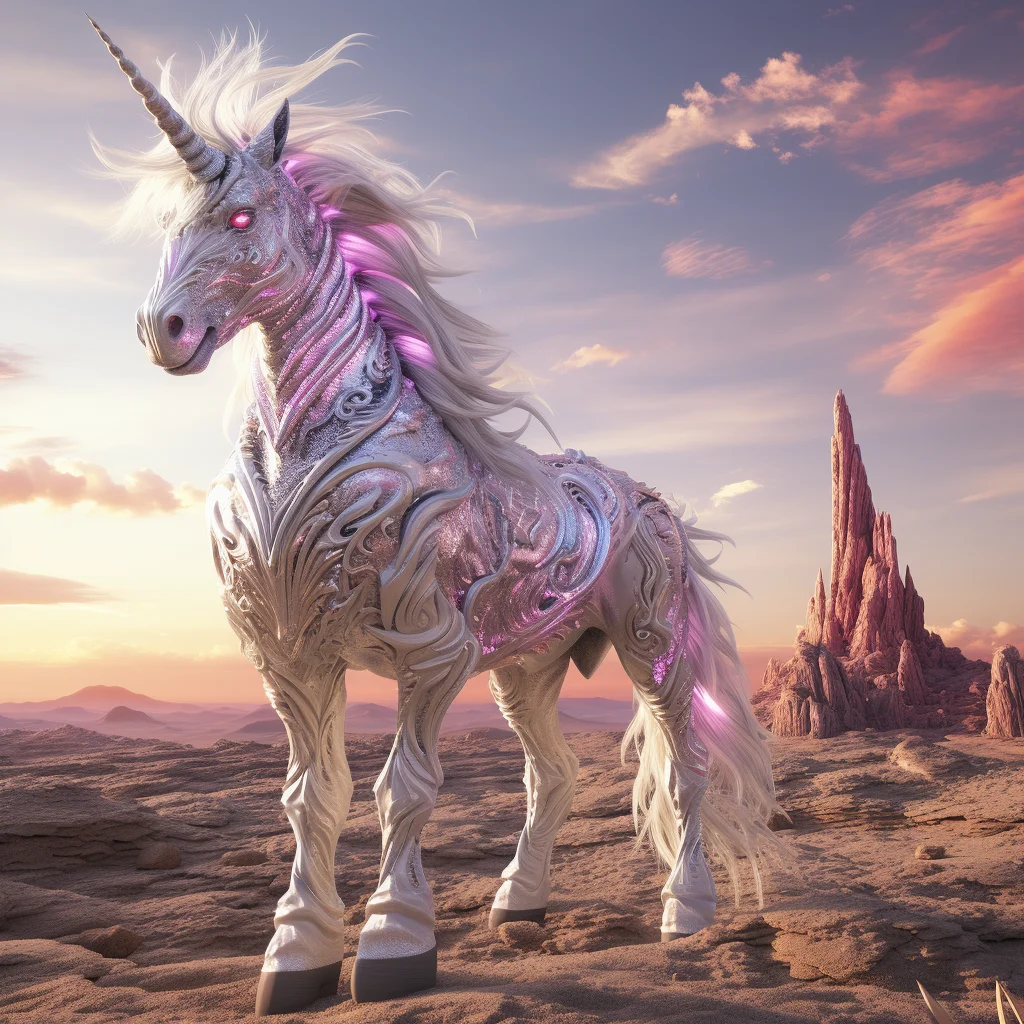


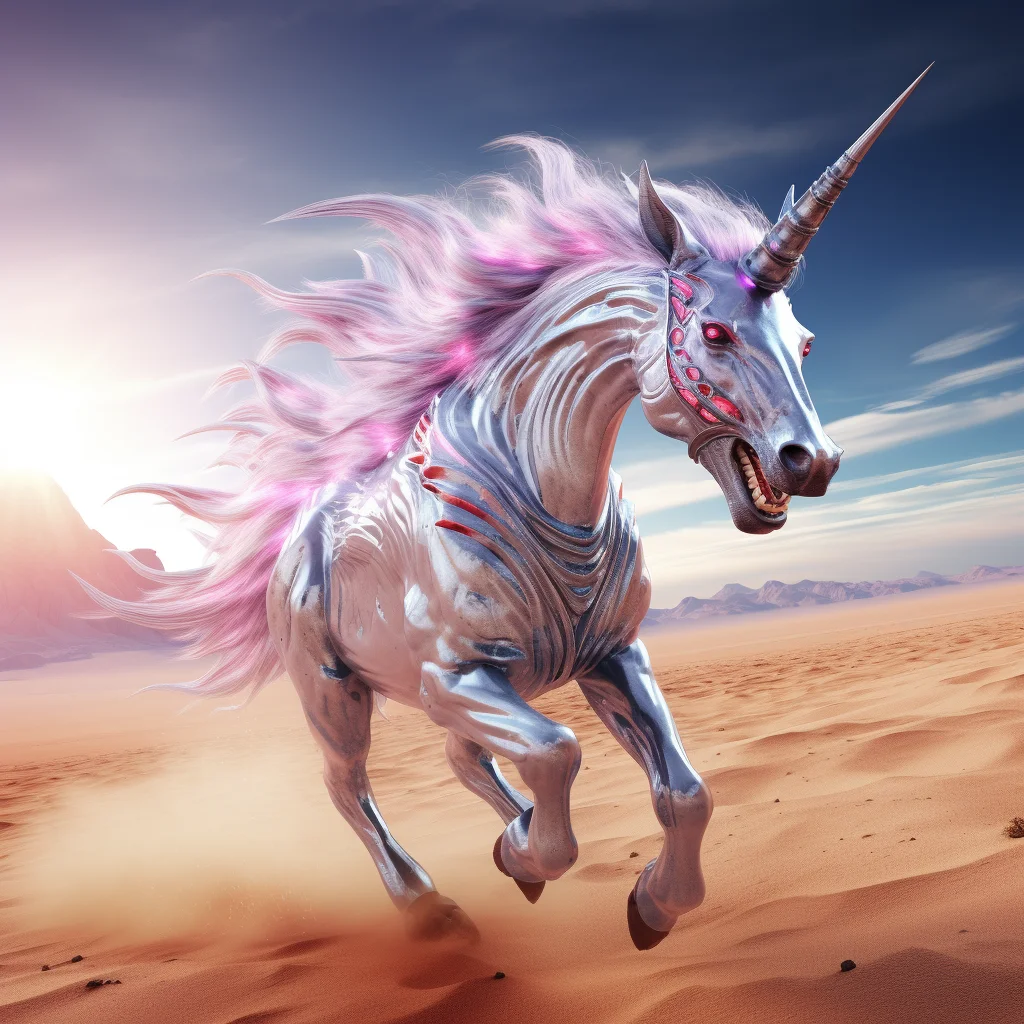
All in all, Midjourney is still one of the best options for image generation. Plus, if you are ready to get a little geeky, you can read the Midjourney documentation to learn how to use advanced prompting tools. With those, you can increase the accuracy of the output tremendously.
- Cost: starts at $8/month (Basic plan)
- Pros: precision, high image quality, wide range of commands for advanced generation settings
- Cons: no free trial, prompting through messaging on a public server where anyone can see your query and download the results of your generation
2. Mage
Mage is one of our favorite tools for free beginner-friendly high-quality generations. No other AI tool will allow you to have this much control over your generations and this many generations available for free. Unlike the majority of generators, Mage allows you to use Stability AI’s most advanced model — SDXL — with no limitations. With the free plan, you also get access to older Stable Diffusion Models — Stable Diffusion v1.5 and Stable Diffusion v2.1. At $8 per month, you’ll get access to 130+ generation models that include Realistic Vision for photorealism and GhostMix for manga-style images.
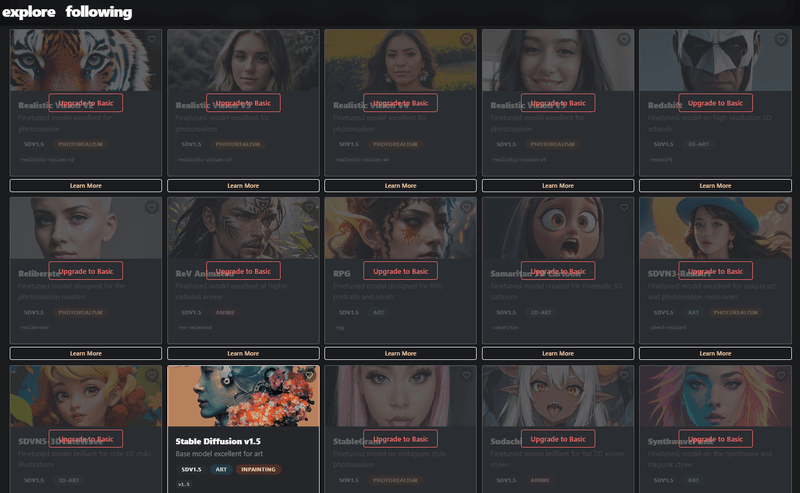
Considering how powerful SDXL is compared to older Stable Diffusion models, we used it for all our generations. It is flexible enough to produce both photorealistic and stylized images — all you need to do is prompt what you want.
Though realistic human portraits are one of Stable Diffusion’s strongest suits, we had to rerun the first query multiple times to get rid of the dirt-like freckles and creepy hands. Fingers are still too big of a mystery to many diffusion models, so a 7-finger fist is a common occurrence in AI. Plus, the eyes were not as realistic as we hoped: in most images, they almost looked like two black holes.
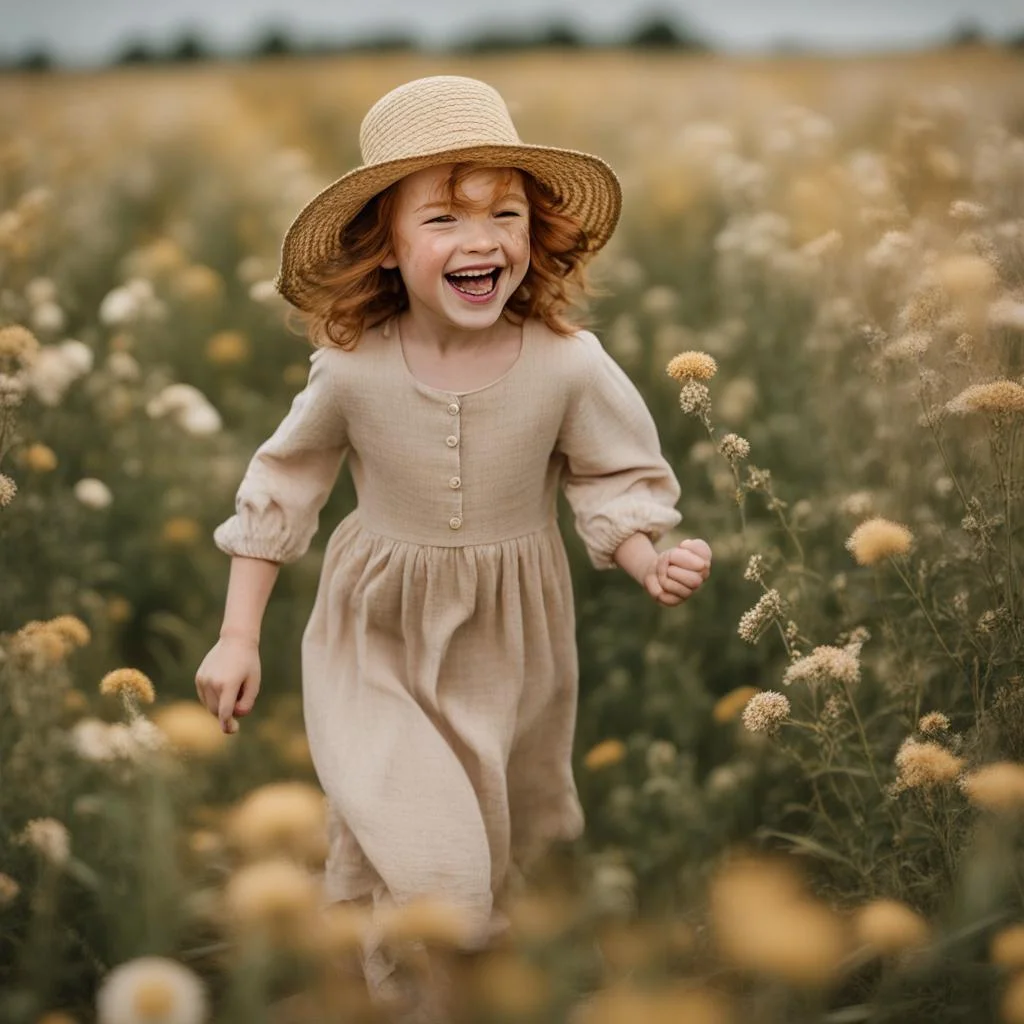
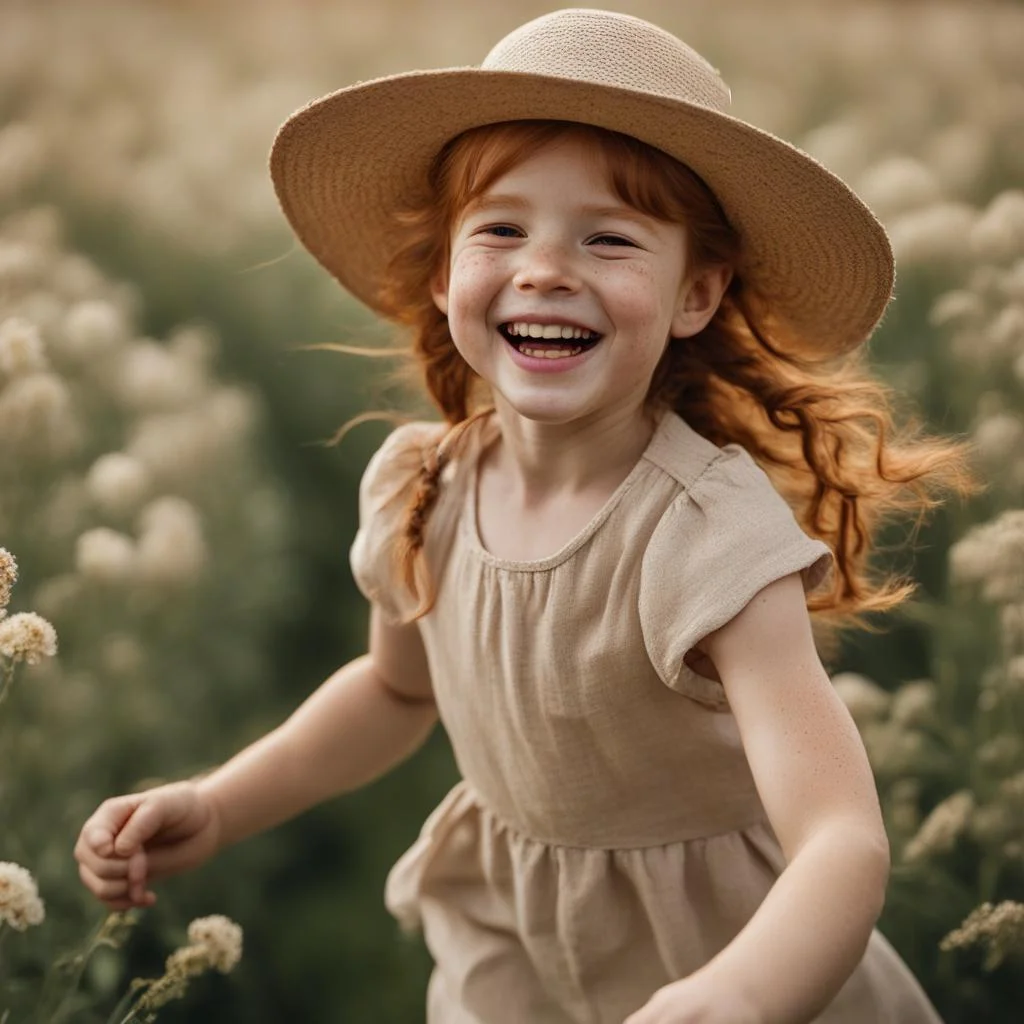


We had no trouble generating the hut, although it turned out to be less photorealistic than we intended. We even tried to replace ‘photorealism’ with ‘4k professional photography’, but SDXL still generated digital painting-like images.

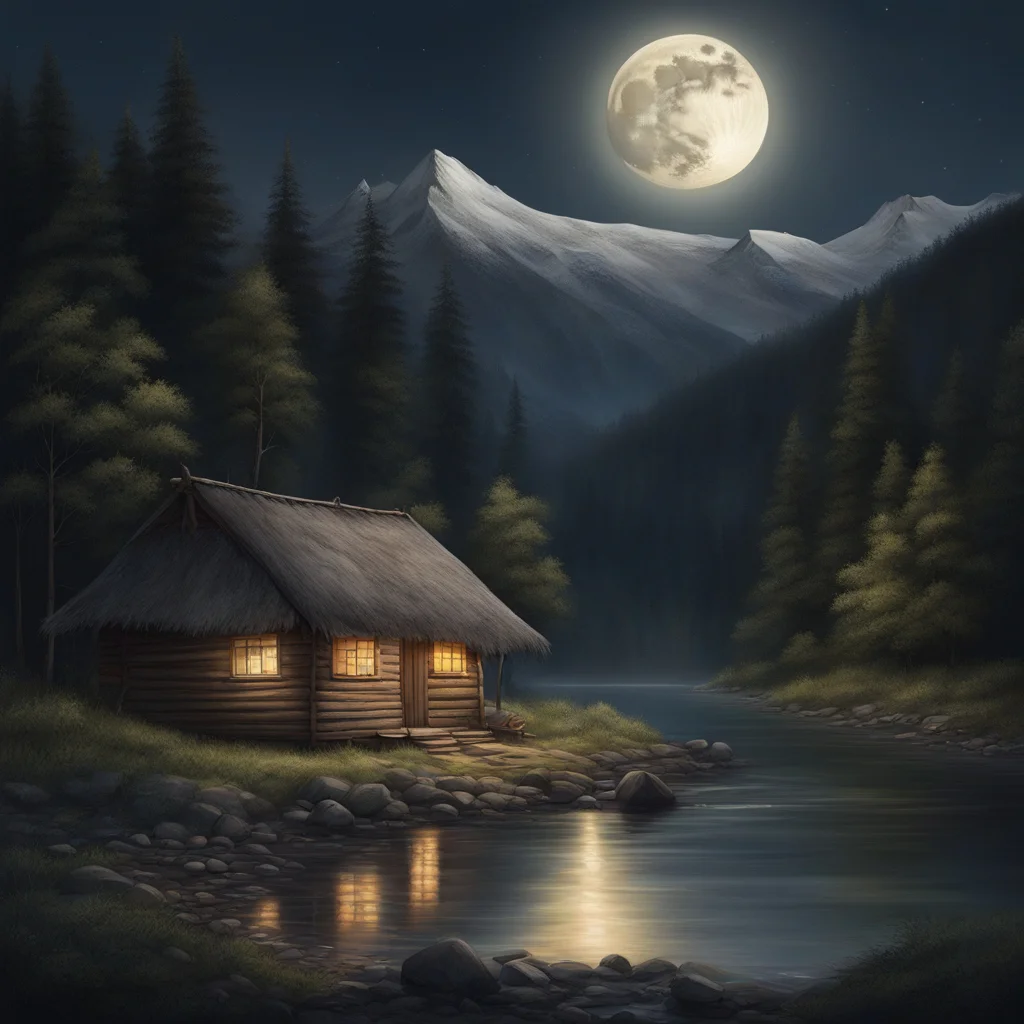
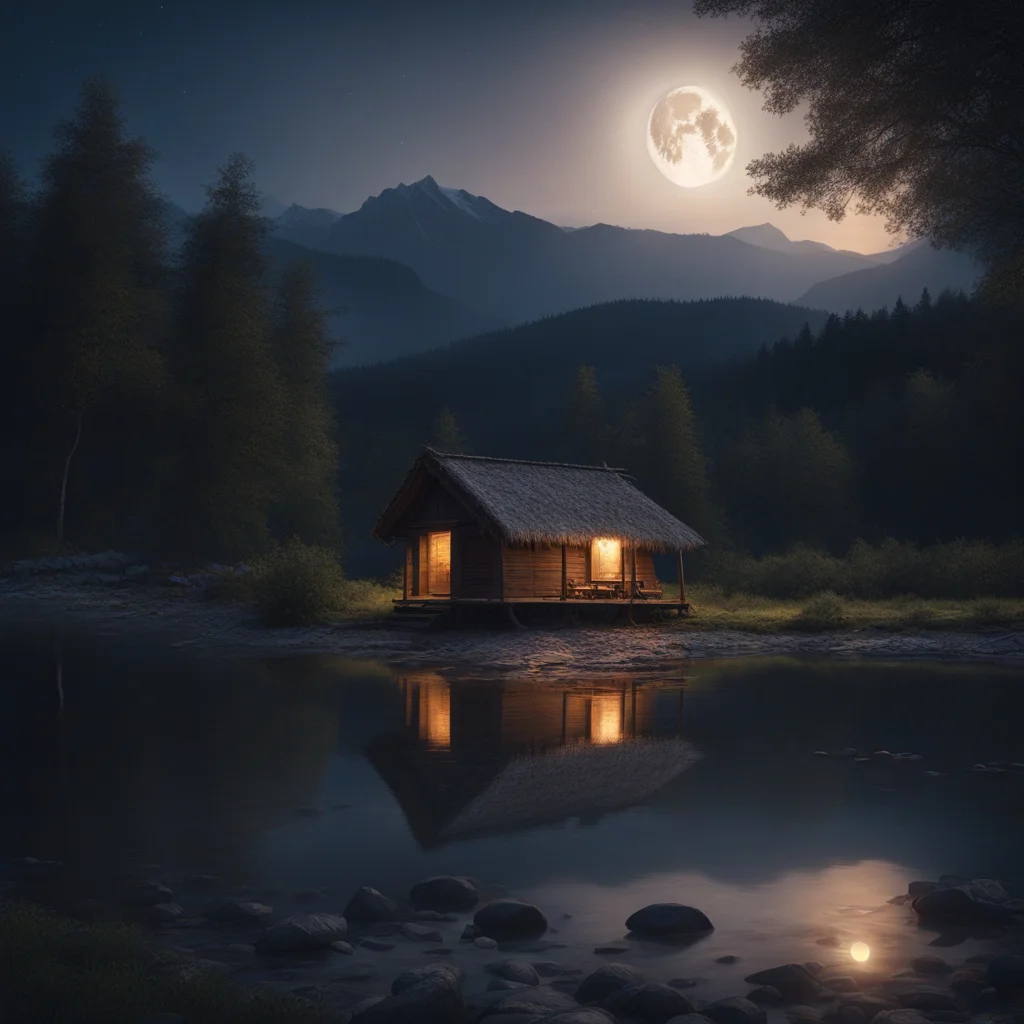
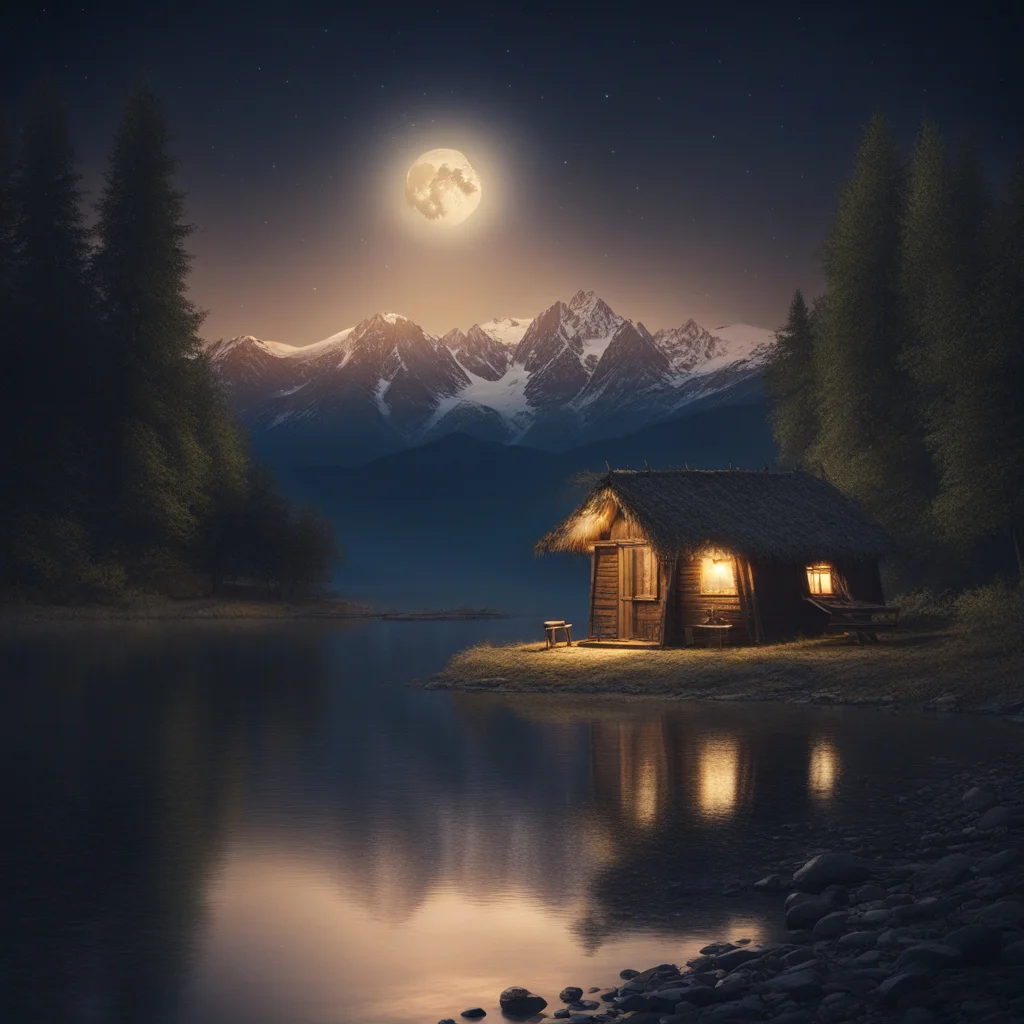
SDXL easily handles stylization as well and allows you to create images imitating traditional drawing and painting or digital art. The watercolor ghost came out looking almost exactly like a scan of an actual watercolor illustration. However, in some of the images, we ended up with two burning fires or even two fireplaces in one picture.
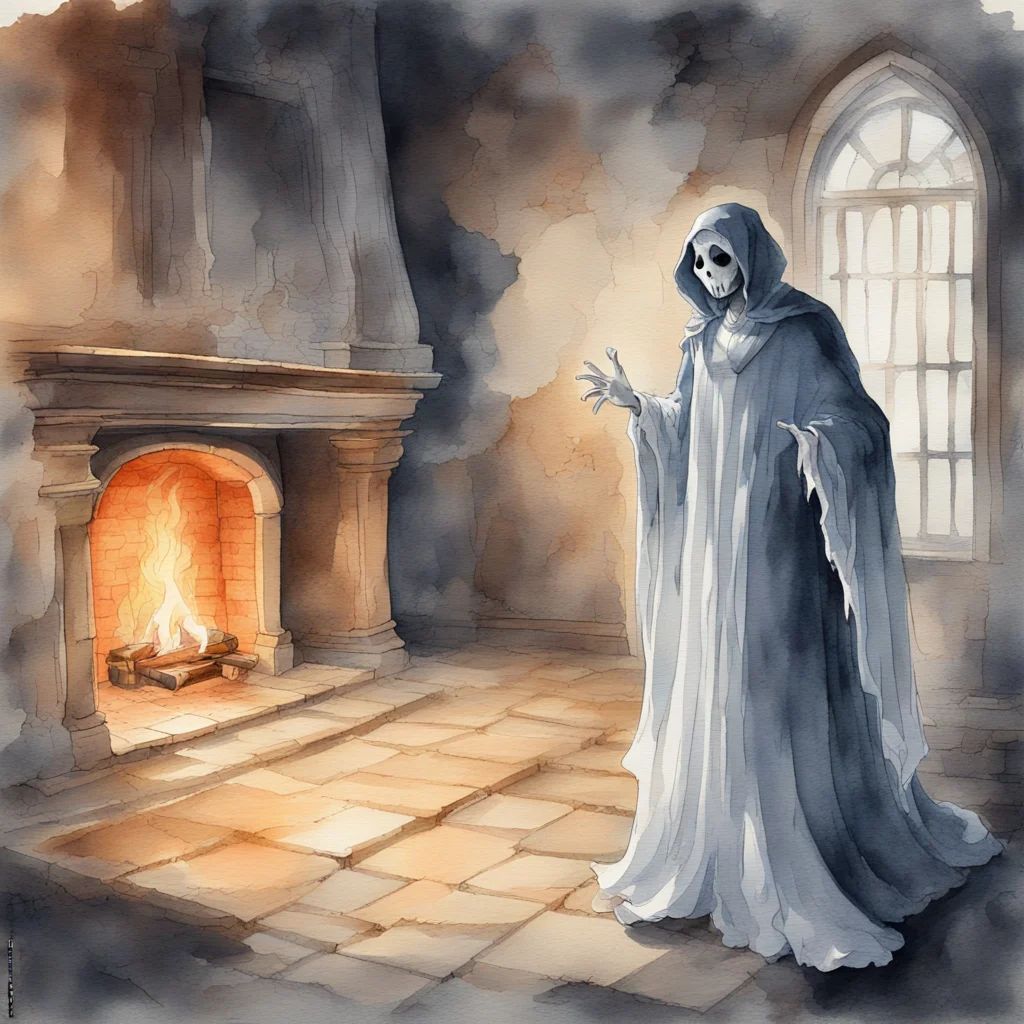

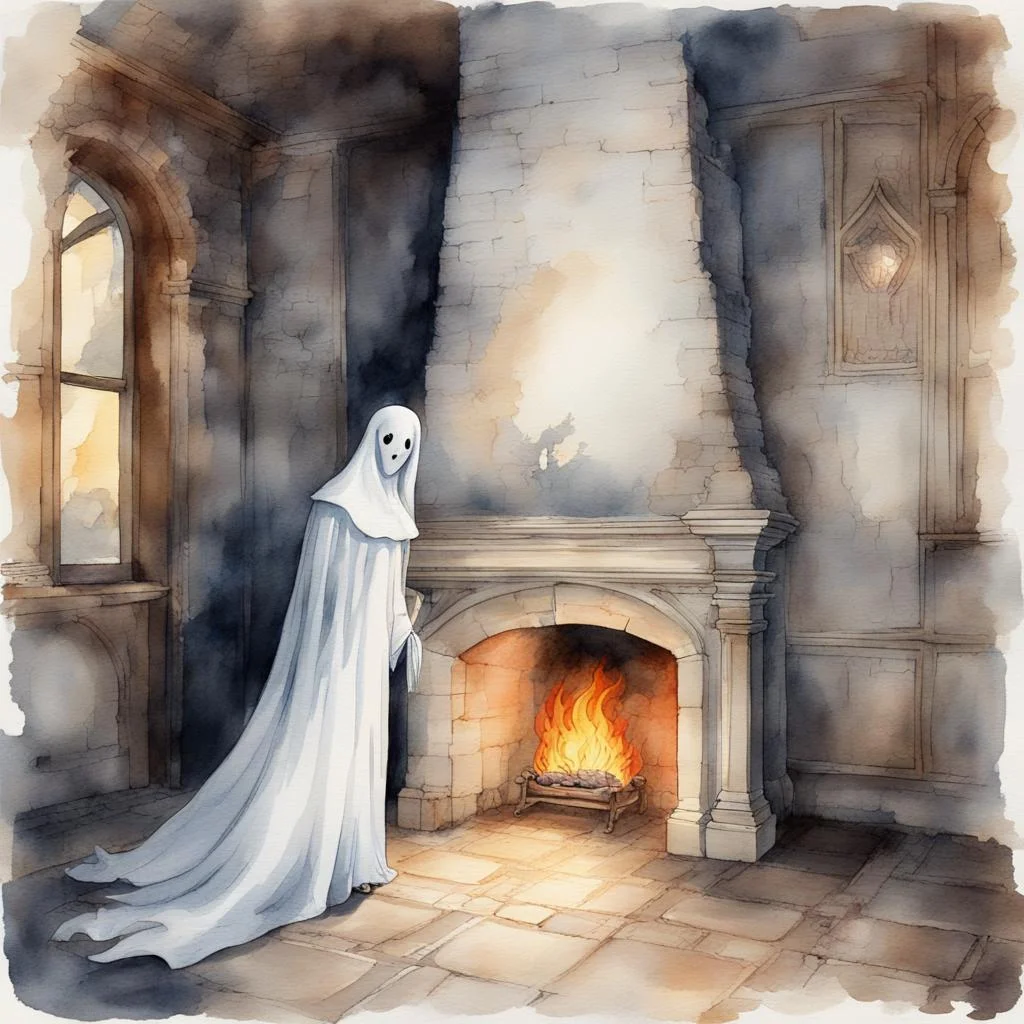

The unicorn came out pretty good despite the detail-heavy query. In some of the images, the eyes weren’t red, or the rainbow was nowhere to be found, but overall the results were close to our initial idea.
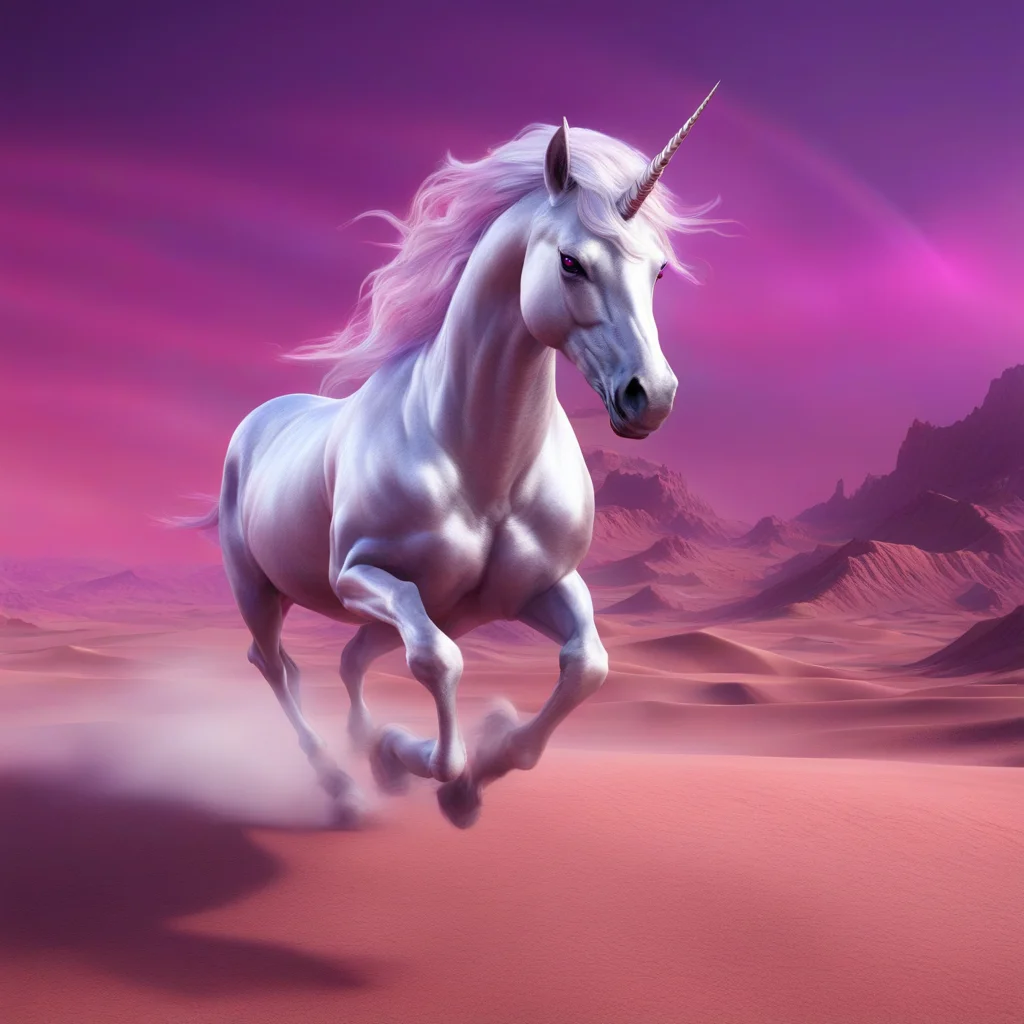

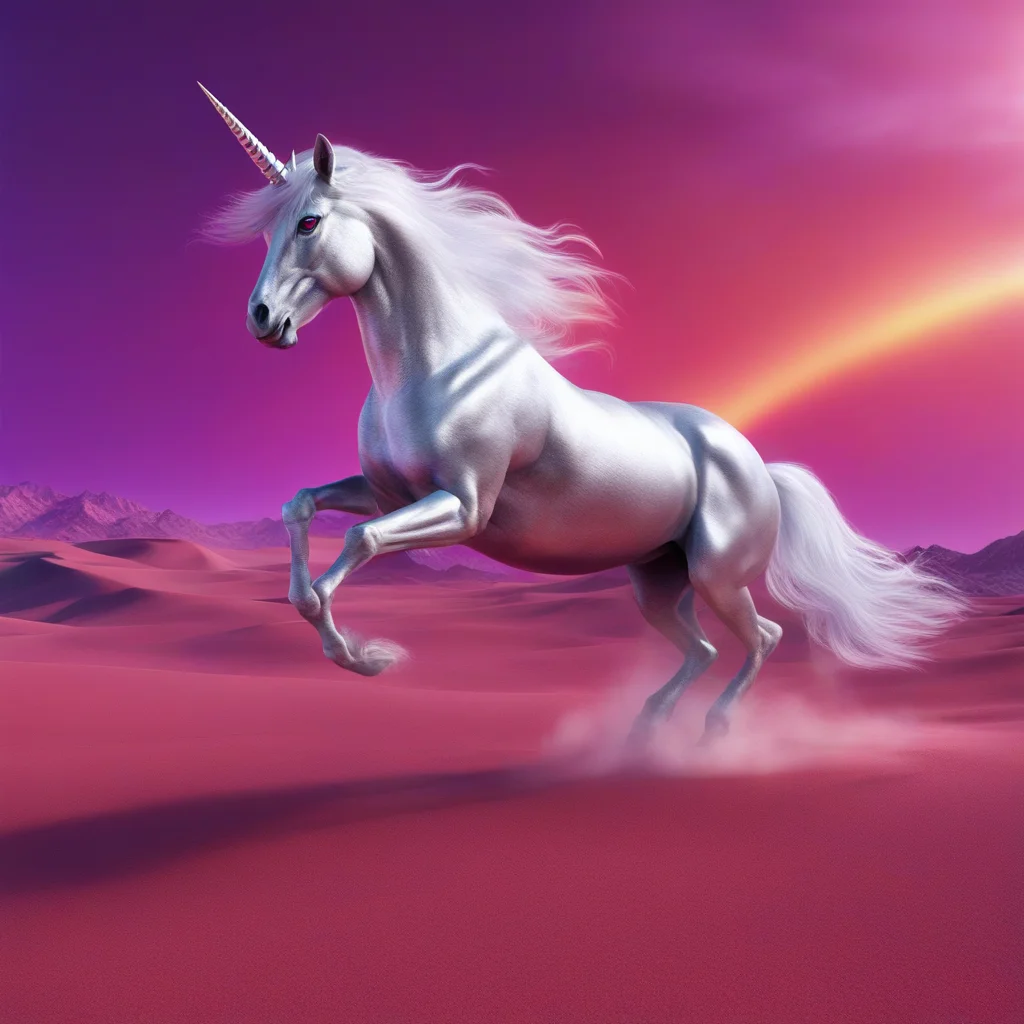
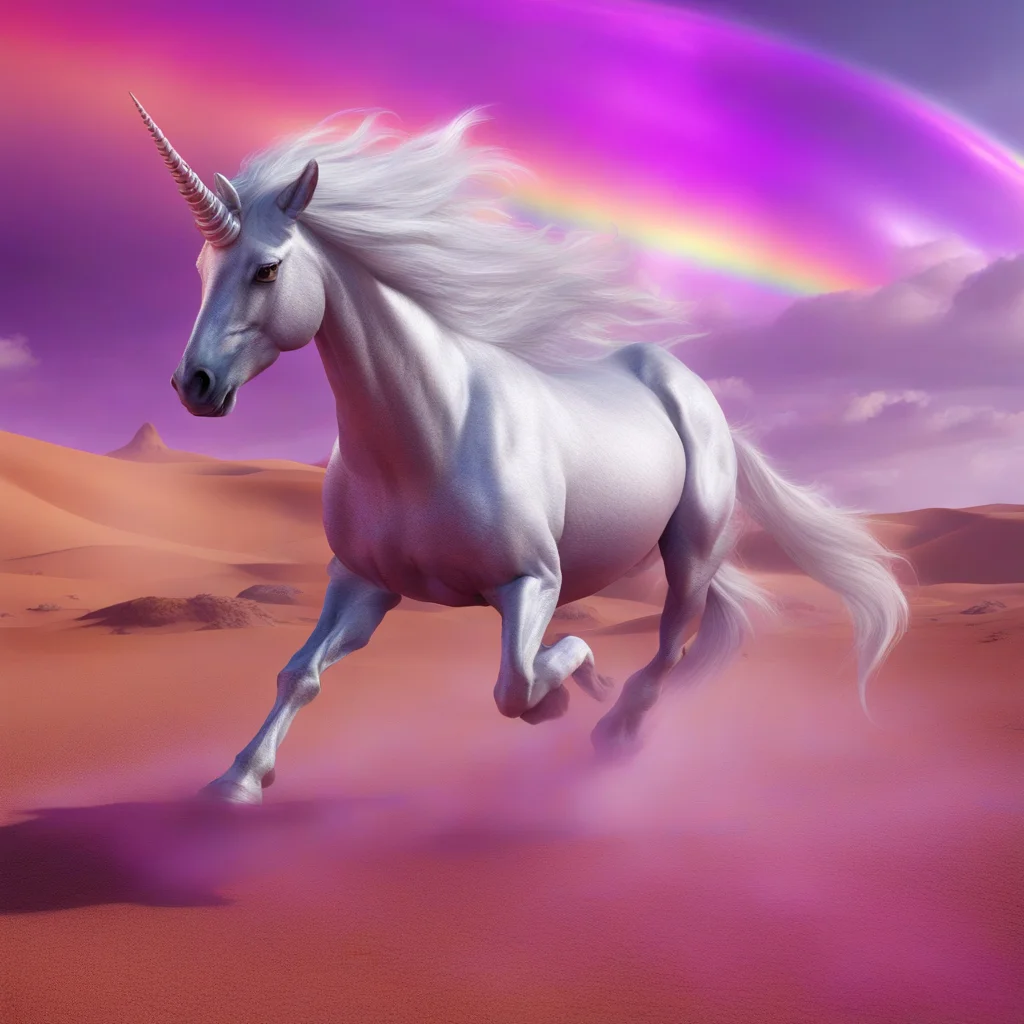
The Disney forest ended up looking kind of right though we had to rework the prompts a little. At first, it refused to generate monkeys, but once we specified that we wanted cute monkeys, the generator added them to the picture. Then there was another problem that popped up in every other generation: the AI merged the species. We couldn’t get rid of the monkey-parrots and parrot-butterflies no matter how we modified the prompts.
Here is our final query: ‘2D cartoon landscape of a rainforest with a waterfall, two cute monkeys climbing the trees, parrots, and butterflies flying in the sky, golden sunbeams, 2D classic Disney cartoon style’.
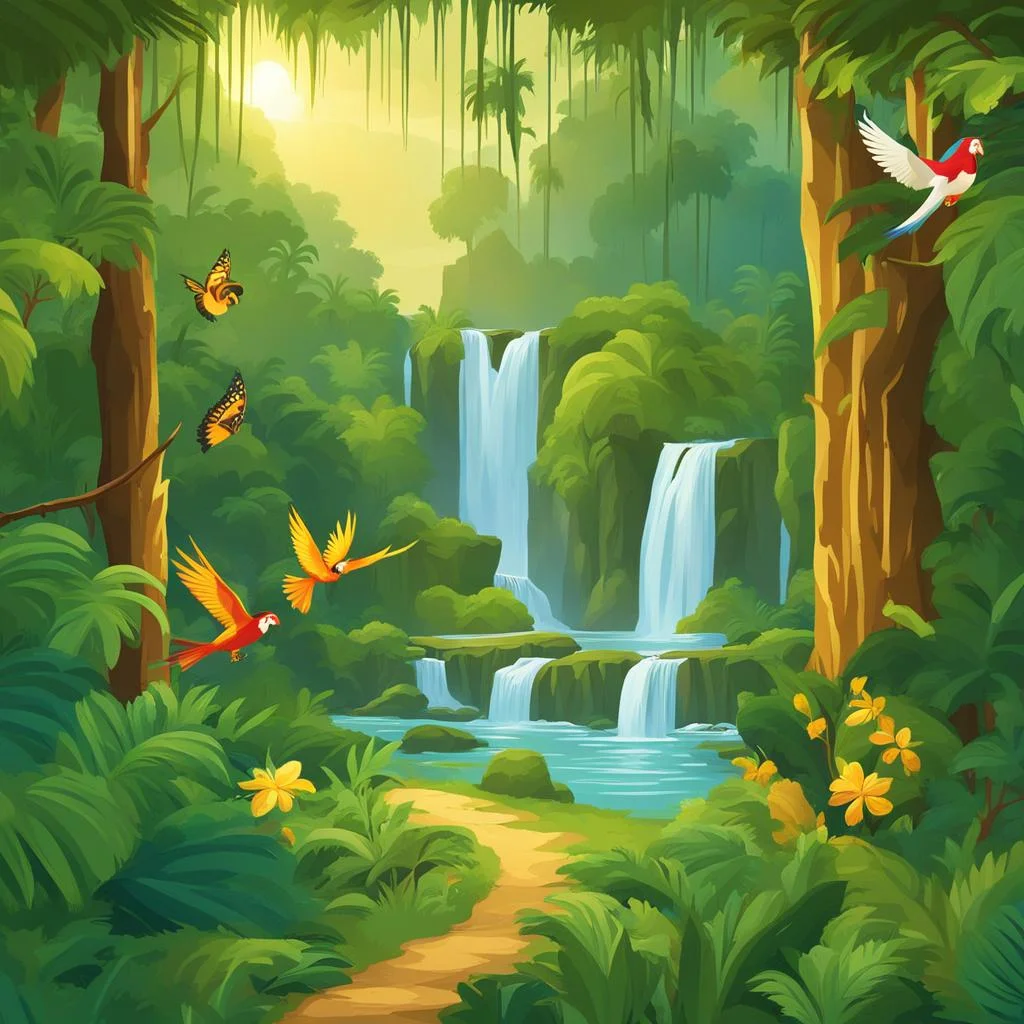

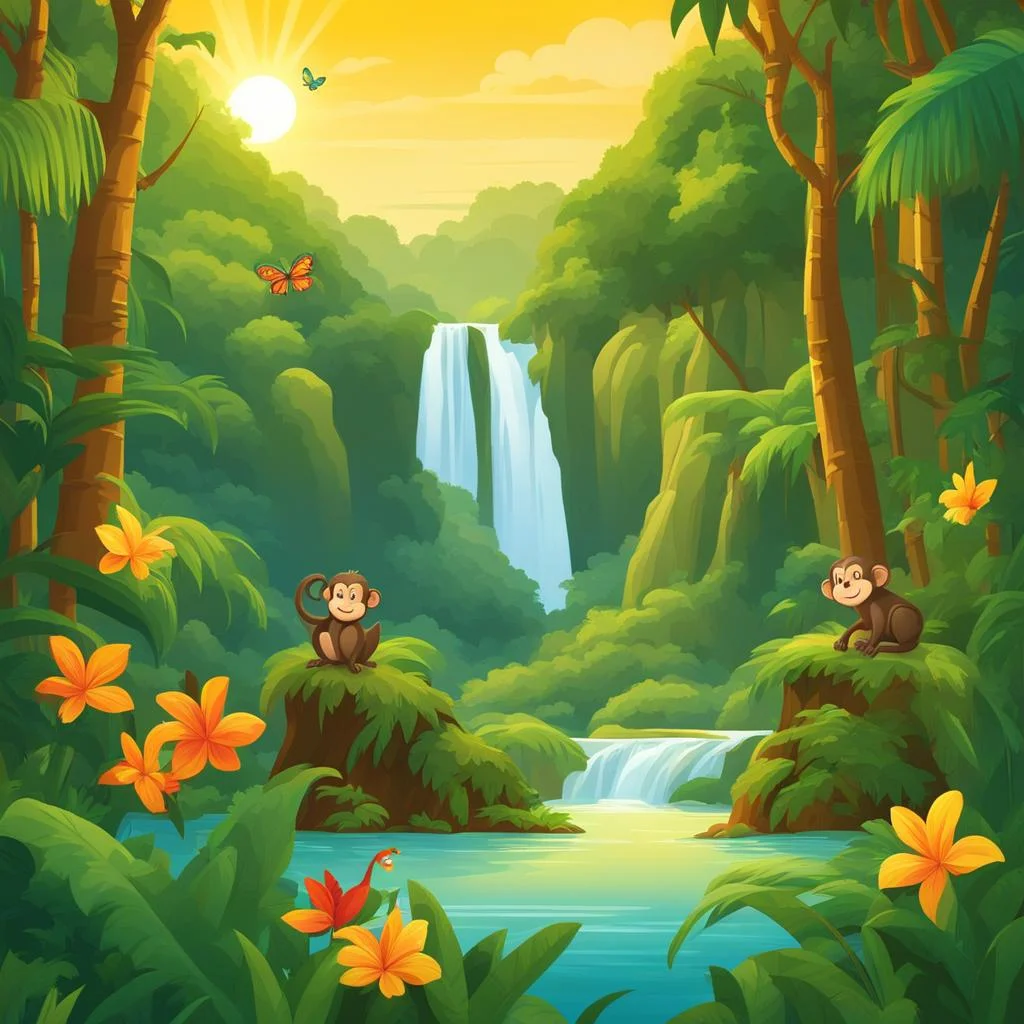
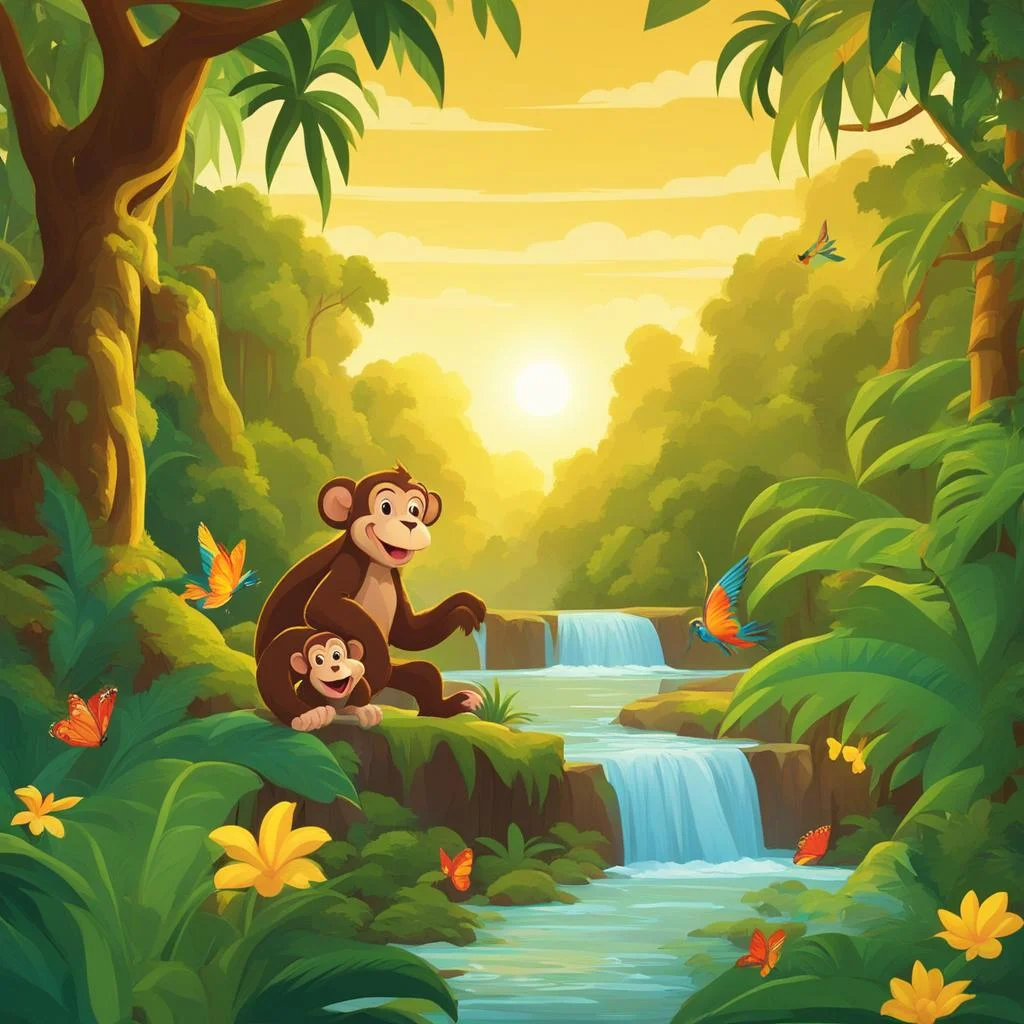
Mage’s free plan is a good option for AI enthusiasts on a budget. If you decide you need 130 more generation models and faster results, you can go for the Pro version.
- Cost: free, unlimited generations
- Pros: free high-resolution generations using SDXL, advanced generation settings available for free
- Cons: only one image per run
3. Human Generator
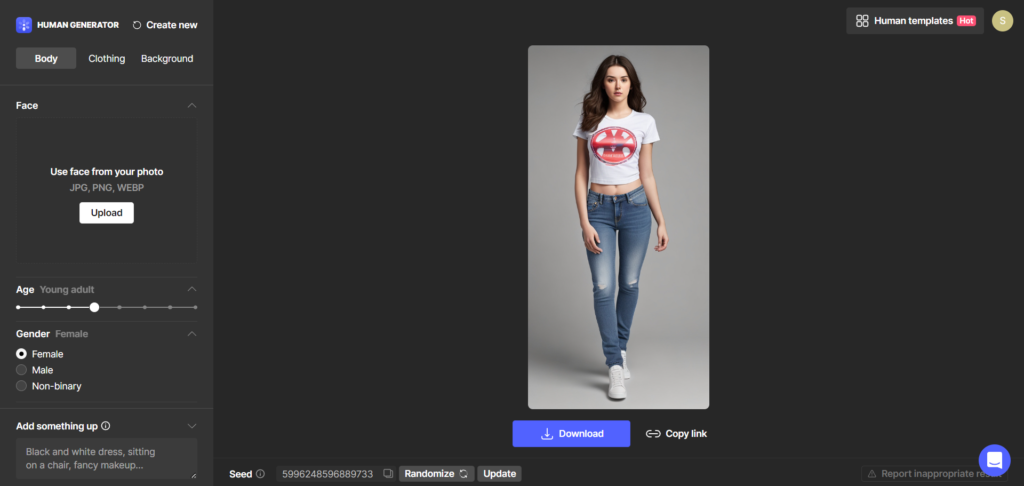
Human Generator is a diffusion-based AI tool for creating realistic portraits of humans. That said, we did not expect it to create a watercolor painting of a ghost or a 2D Disney-inspired jungle landscape. As we expected, it nailed the first prompt and allowed us to create multiple versions of a girl’s portrait in no time.
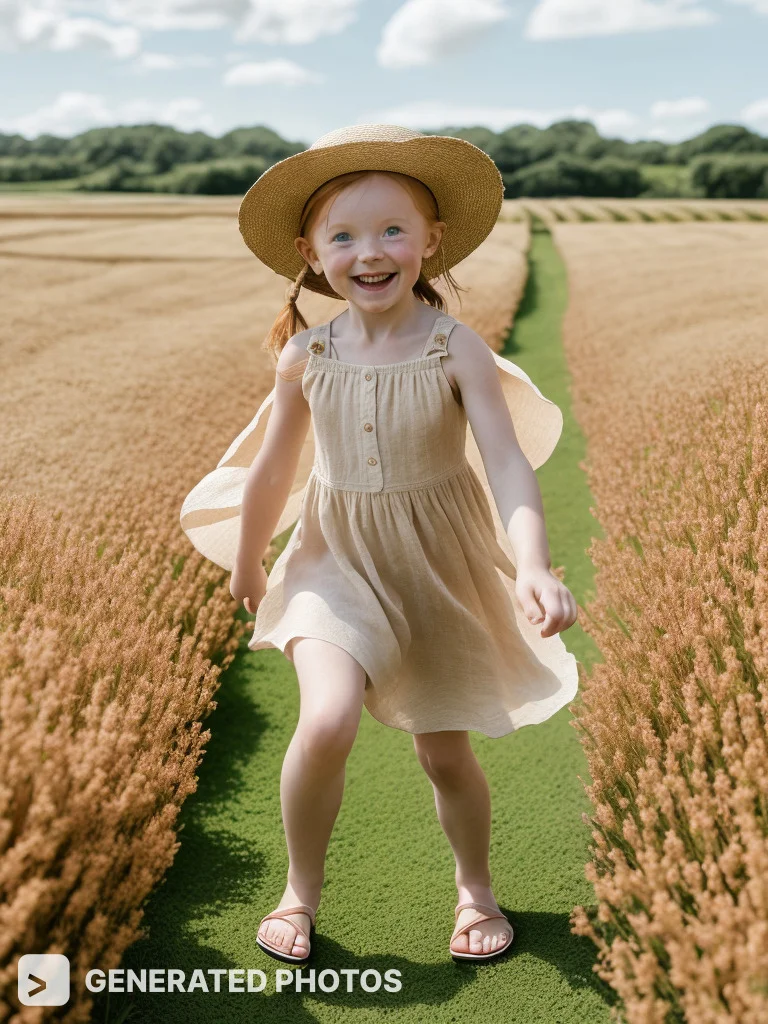

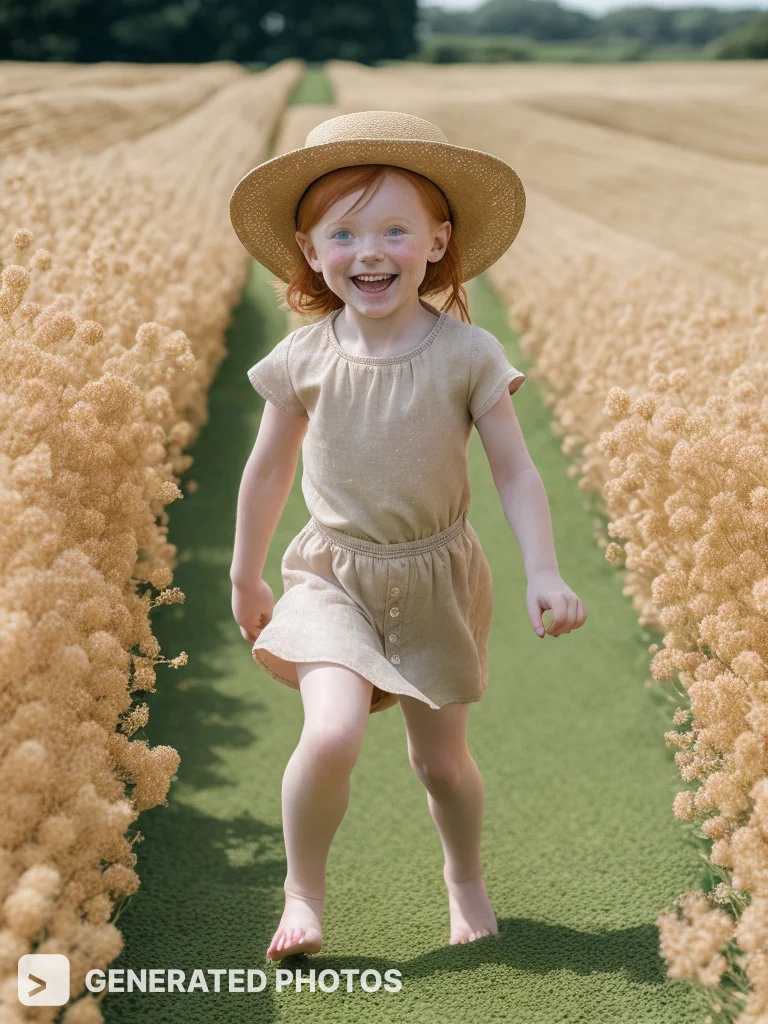

For the rest of the prompts, we were curious to see how Human Generator would interpret them, considering that none of those are supposed to have humans in them. In most cases, Human Generator placed some of the prompts onto the humans’ clothes as prints. In other cases, it used prompts to create backgrounds.
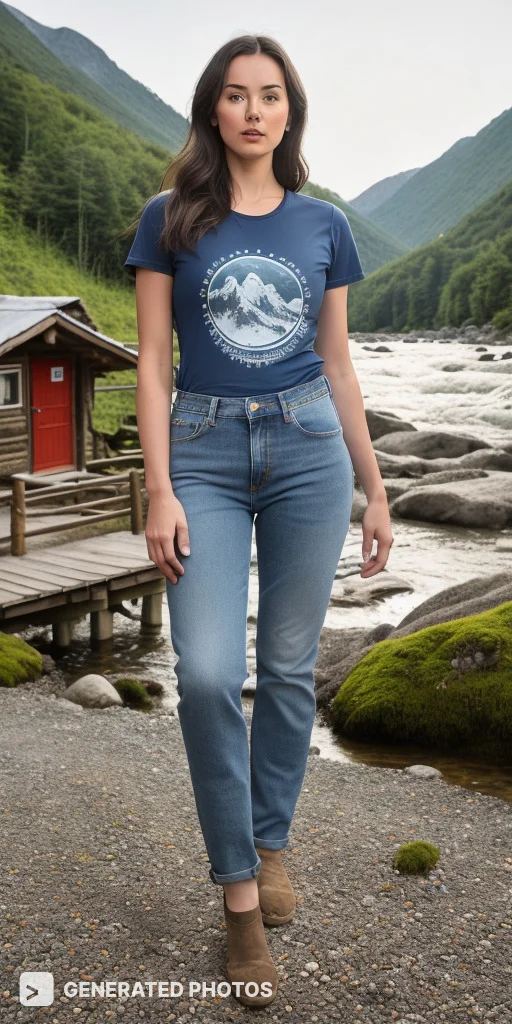
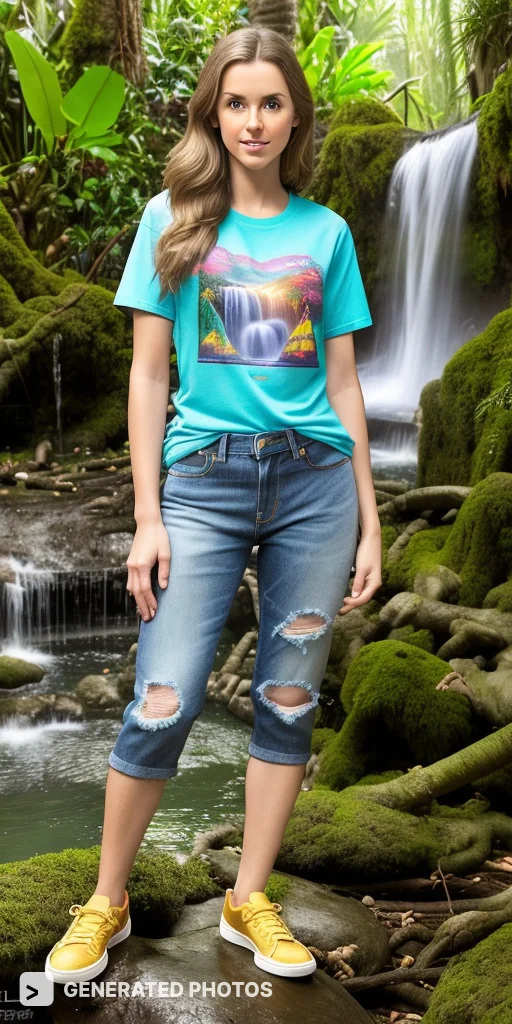
However, if your query has a non-human character, you can try to turn it into a person by tweaking a prompt a little. We ended up turning the watercolor ghost into a pale ghost-like woman and swapping the silver unicorn for a girl wearing a unicorn costume.
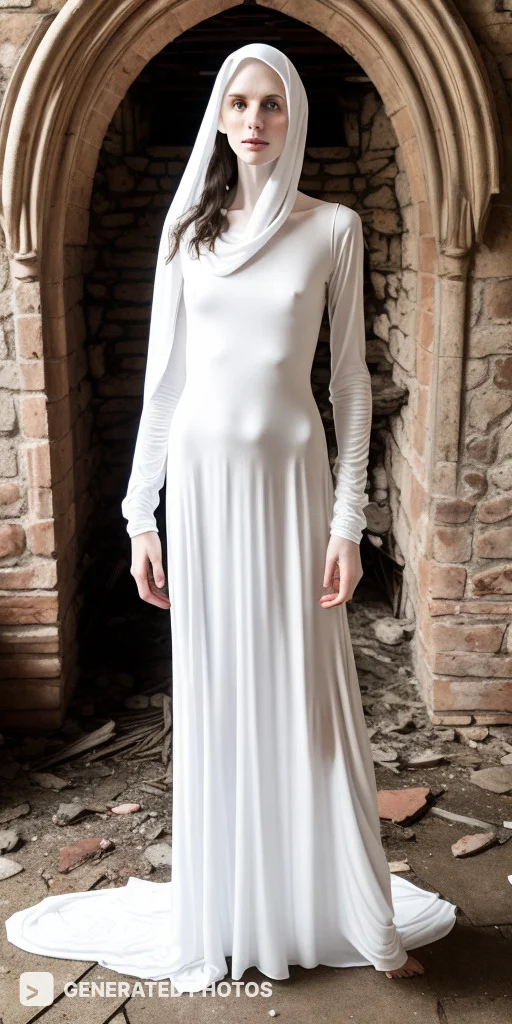
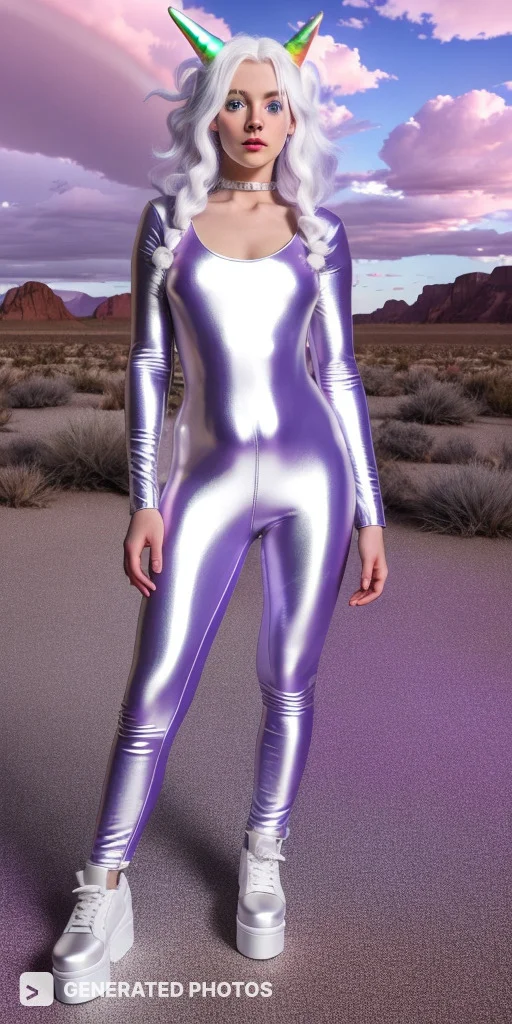
To do this, we typed in ‘creepy pale ghost woman, looking like a ghost, in a long white dress, long sleeves, head scarf, fully covered, in an abandoned old castle’ for the first image and ‘in a fantasy world, girl wearing a silver unicorn cosplay costume, white hair wig, fantasy extraterrestrial desert, purple sand dunes in the background’ for the second one.
Overall, Human Generator is a great tool for creating hyperrealistic AI humans. Many other generators struggled to create realistic eyes on smiling faces, often reducing them to two dark lines. Human Generator makes the eyes look natural no matter the pose or facial expression. Plus, the number of ethnicities you can choose from is way over 100, making it easy to create any human you need.
Finally, what makes it unique is the list of appearance settings. No other generator has a full menu of generation parameters for you to choose from. For most of them, the prompt field is the main generation tool. For Human Generator, it’s the other way around: you choose the core characteristics through the parameter menu and only use the prompt field if you need to refine a detail or two. This makes the generation process way more convenient since you don’t need to have to prompt every tiny detail using text.
- Cost: free, unlimited generations
- Pros: makes high-quality photorealistic humans
- Cons: won’t create images without humans or make stylized art (watercolor, 2D cartoon, 8-bit game art, etc.)
4. Cutout.Pro

Cutout.Pro offers a whole set of AI tools for image and video editing. Its AI generator is especially popular among users who enjoy creating fantasy art inspired by animated movies and video games. In the Scenario mode, it builds up impressively detailed environments you never even imagined when prompting in the first place. We used it to generate some of our unicorns to get a more detailed composition.
Though not all of them were true to the description down to the last detail, Cutout.Pro’s interpretation of the query looked pretty accurate.
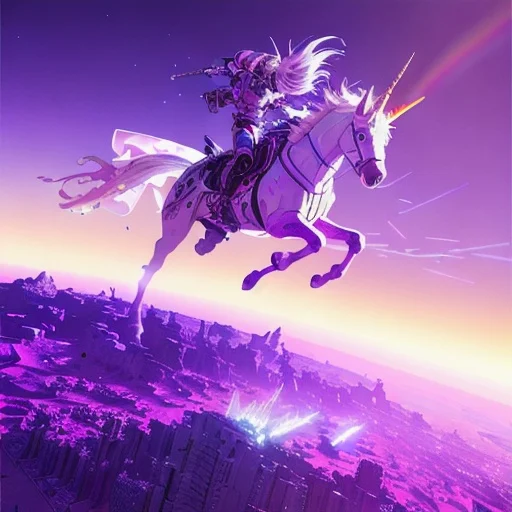
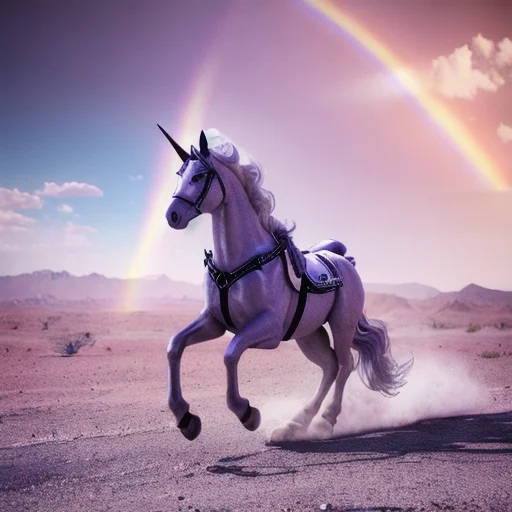
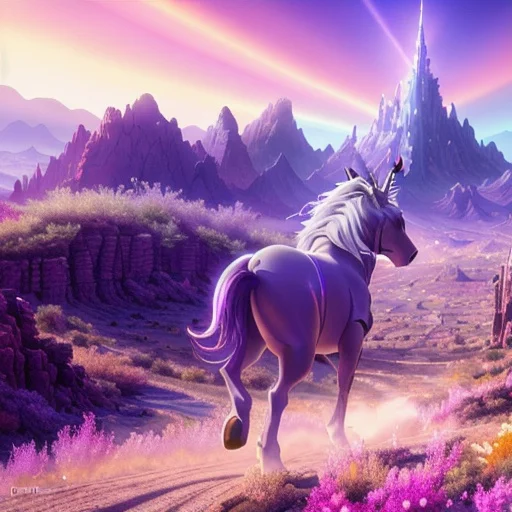
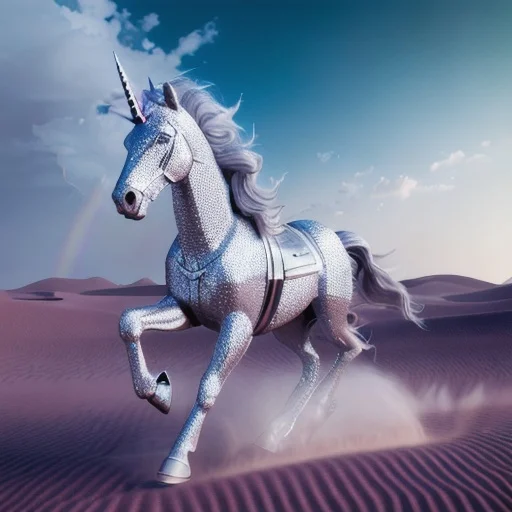
When it comes to artistic stylization, creating artwork with Cutout.Pro can be tricky because you need to choose a preset, and most of them are digital art-inspired. Watercolor, charcoal, pencil, and soft pastels are not on the default preset list. However, if you write what you want in your prompt and play around with presets, you can get the generator to create the effect you need.

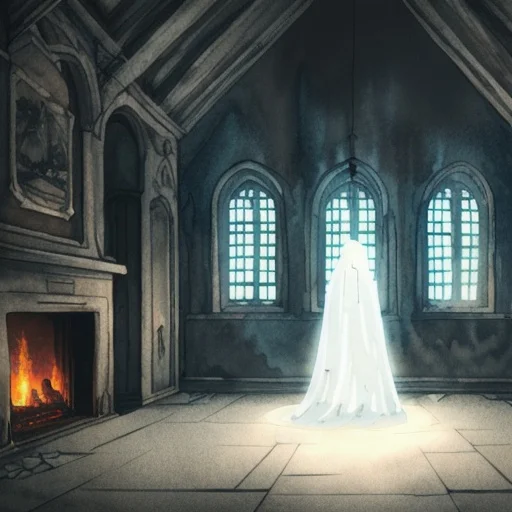
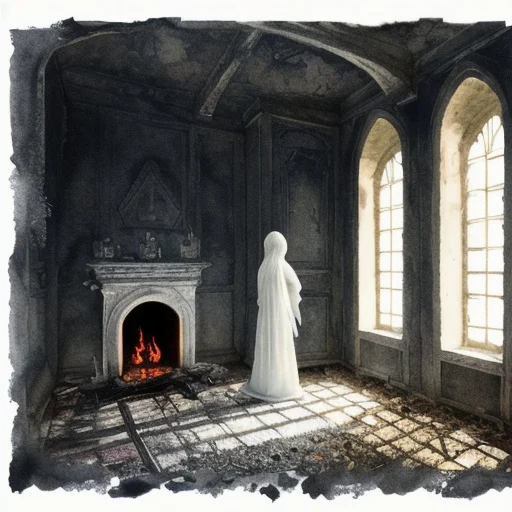
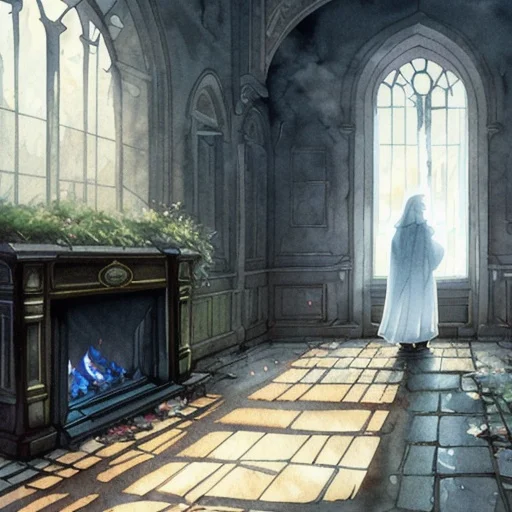
When it comes to photorealistic images, Cutout.Pro does a great job with occasional creepiness and inaccuracies. The ginger girl didn’t have any problems with her eyes, teeth, freckles, or fingers all of which confused many other AI tools we tried. It also delivered different versions of the flower field, the clothes, and even the girl’s posture, unlike SDXL-based generators where the results didn’t have much variety.
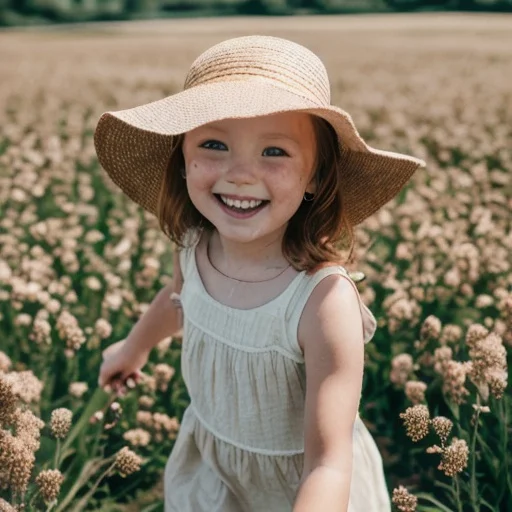
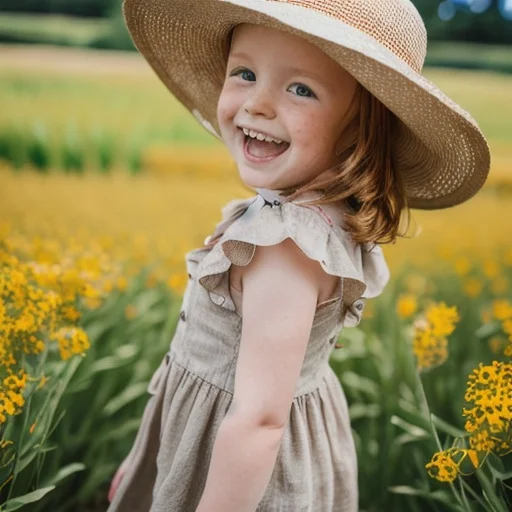
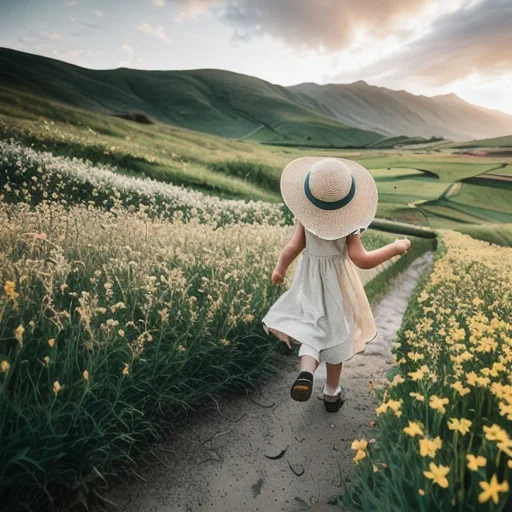
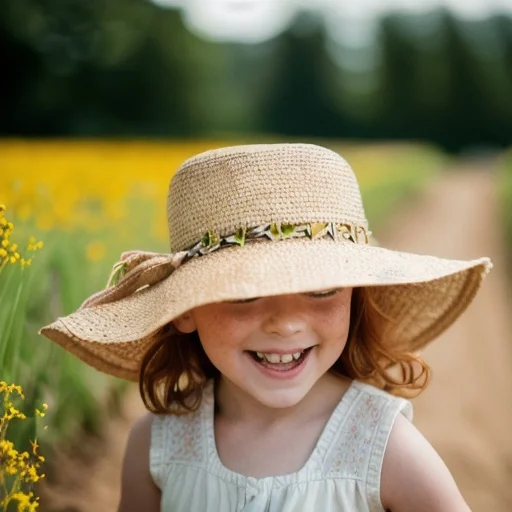
The hut turned out good overall, though the moon looked more like the morning sun and the sky was not dark at all in some of the pictures.
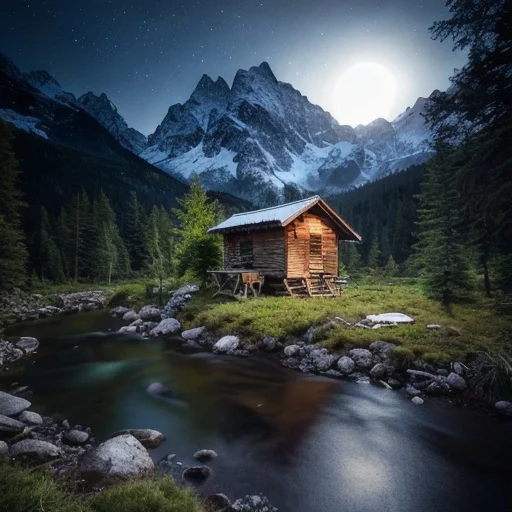
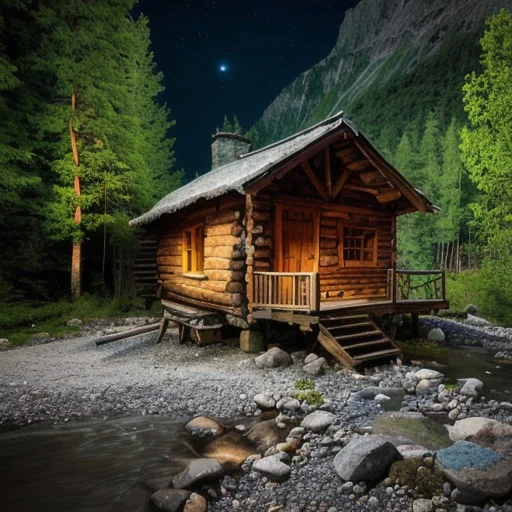
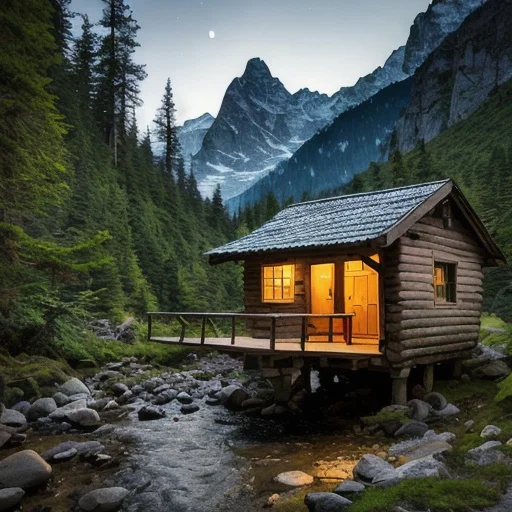
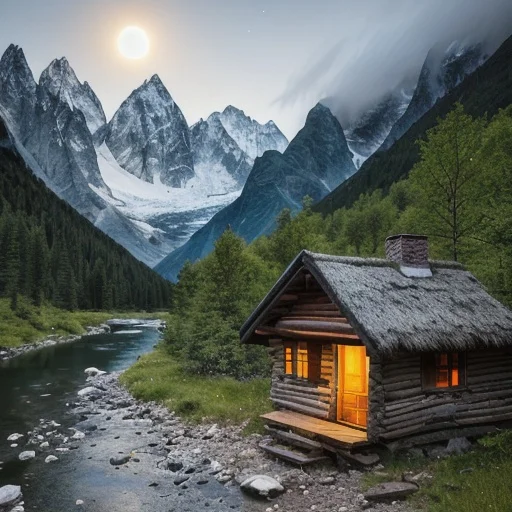
Cutout.Pro’s version of a Disney rainforest did have something slightly Disney-ish about it, though overall the style looked different. Like other generators, this one had a hard time producing monkeys, parrots, and butterflies. In some of the images, we couldn’t find them at all, in others they were merged or distorted to the point where it was hard to tell what those creatures were.
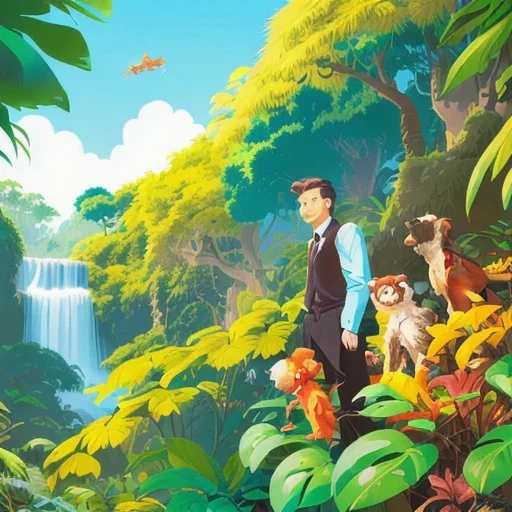
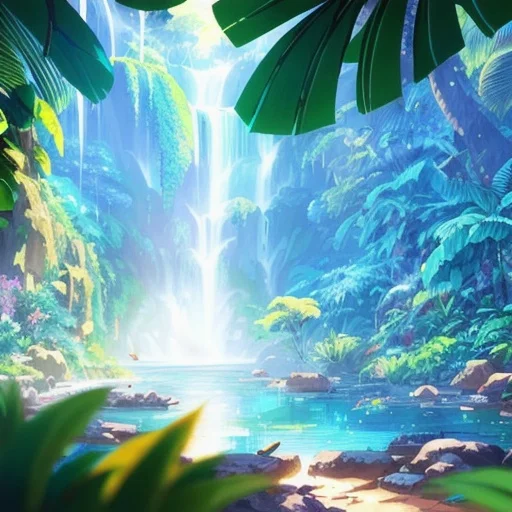
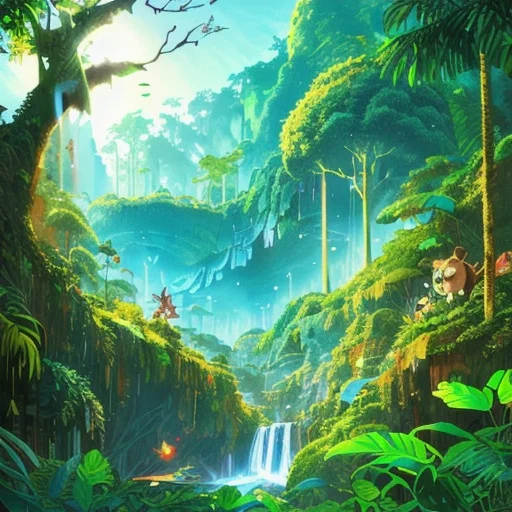
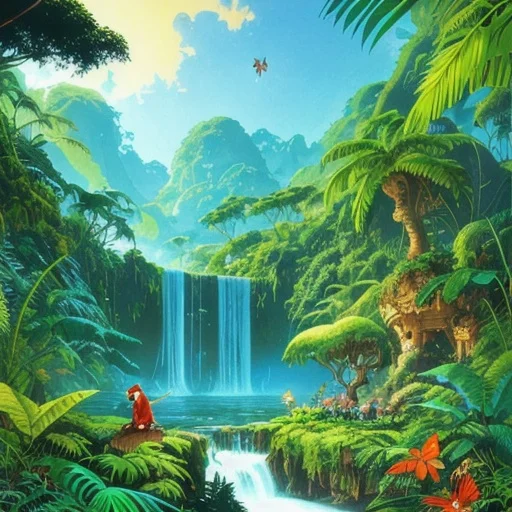
The biggest downside is that Cutout.Pro is quite pricey. Once you sign up, you will receive 5 credits. However, downloading an HD version of a single image costs 3 credits, so with 5 welcome credits, you can only save a single HD image. There is a way to get around this limit: Cutout.Pro allows you to save the first image from every batch for free if you click ‘Share for FREE download’. The quality of free-for-share downloads is 512×512 which is fine for personal use but not great for more serious projects.
Plus, you might notice that if you rerun the same query several times in a row while on a free plan, Cutout.Pro will start to produce more and more ‘Failed to generate’ images. In many cases, the broken image will be the first one from a batch a.k.a. the only one you can download for free by clicking Share.
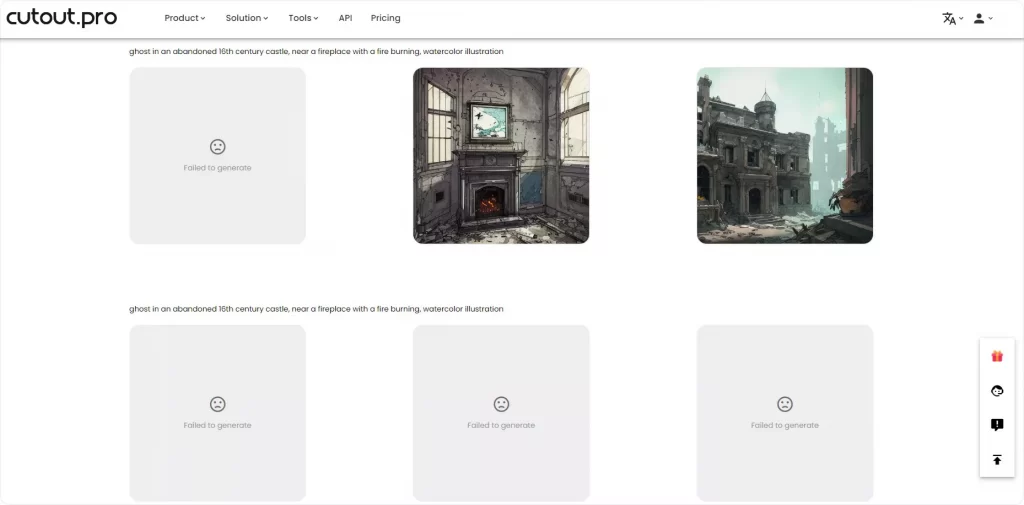
The subscription starts at $5/month for 40 tokens. Considering that one HD download is worth 3 tokens, that will only allow you to save 13 images. There is also a pay-as-you-go option which is even more expensive.
- Cost: generating images and downloading 1 image per batch (512×512 px) — free
- Pros: great at creating intricate, detailed stylized artworks
- Cons: 5 welcome credits are only enough to download 1 HD image, then you need to buy a subscription or download one 512×512 image per batch; often fails to generate images
5. Freepik
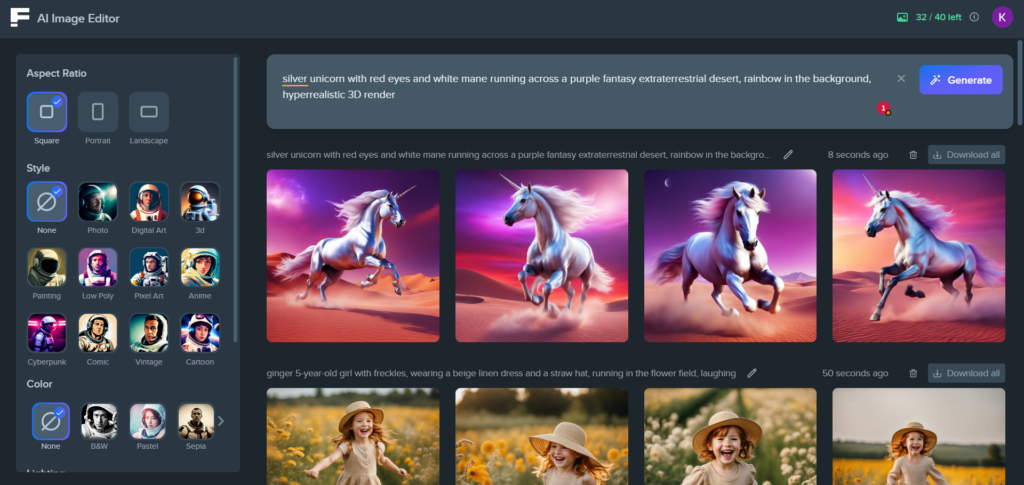
Freepik’s AI image generator is a solid tool for those who are just getting started with AI image generation. It grants you 40 free tokens that recharge every 24 hours. Each run is worth 4 tokens, since Freepik generates 4 images for every query by default. You can download the images for free in up to 2048×2048 pixel resolution depending on the generation settings.
The first prompt seemed to work perfectly fine at first glance, but once you look closer, you’ll see all the common SDXL-related hiccups we encountered before. Black holes instead of eyes, additional fingers, bizarre dirt-like freckles, and an overall repetitiveness of the images were all there.
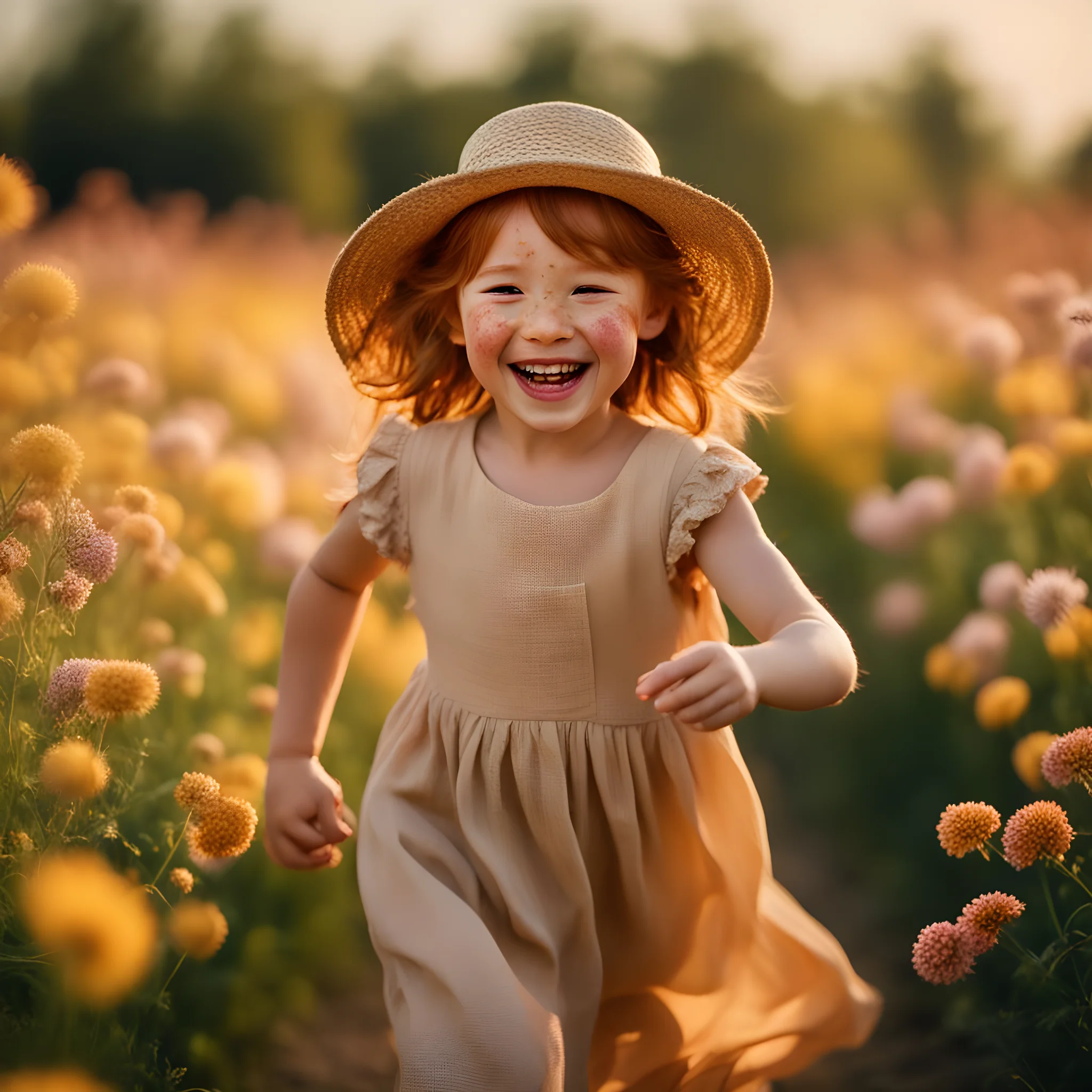
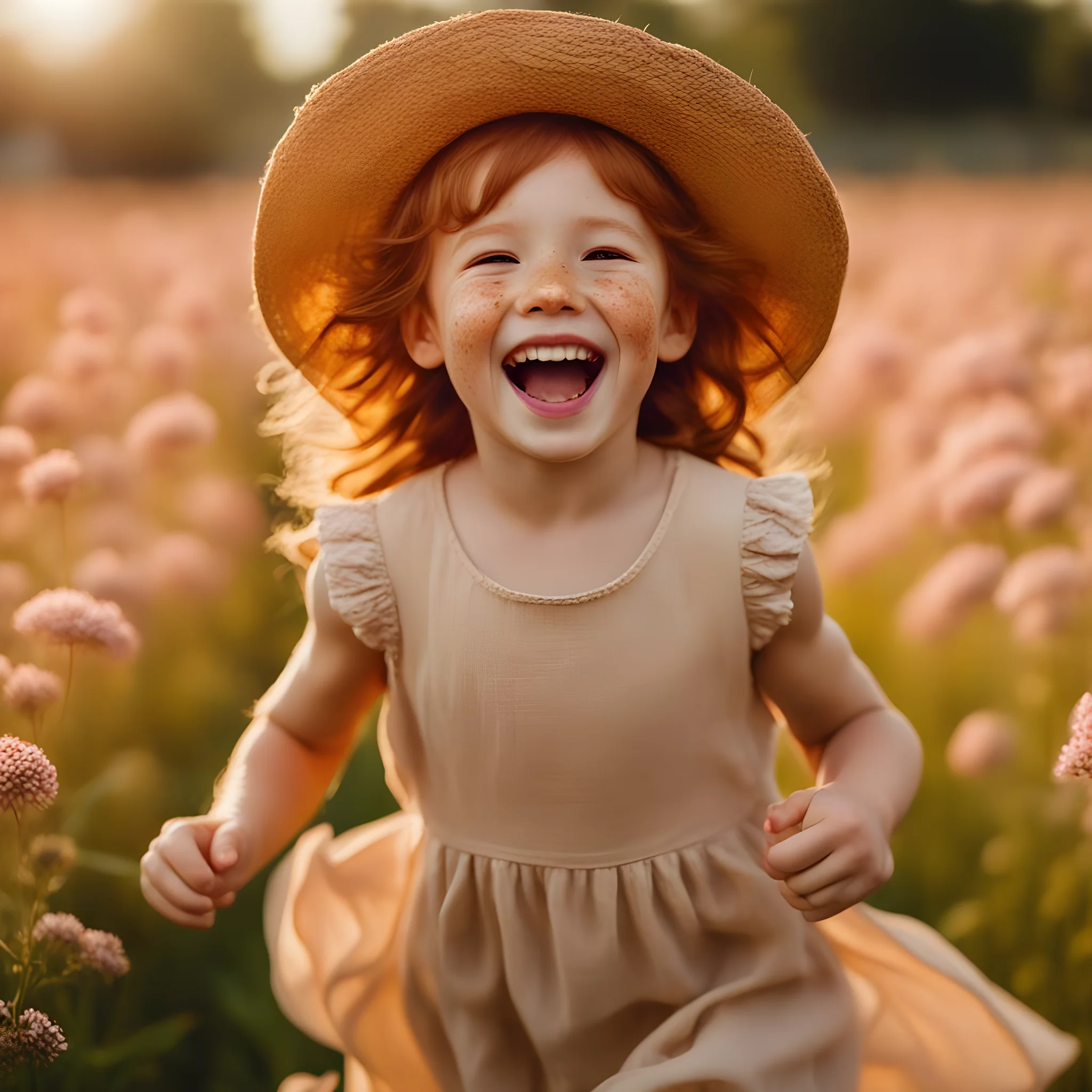

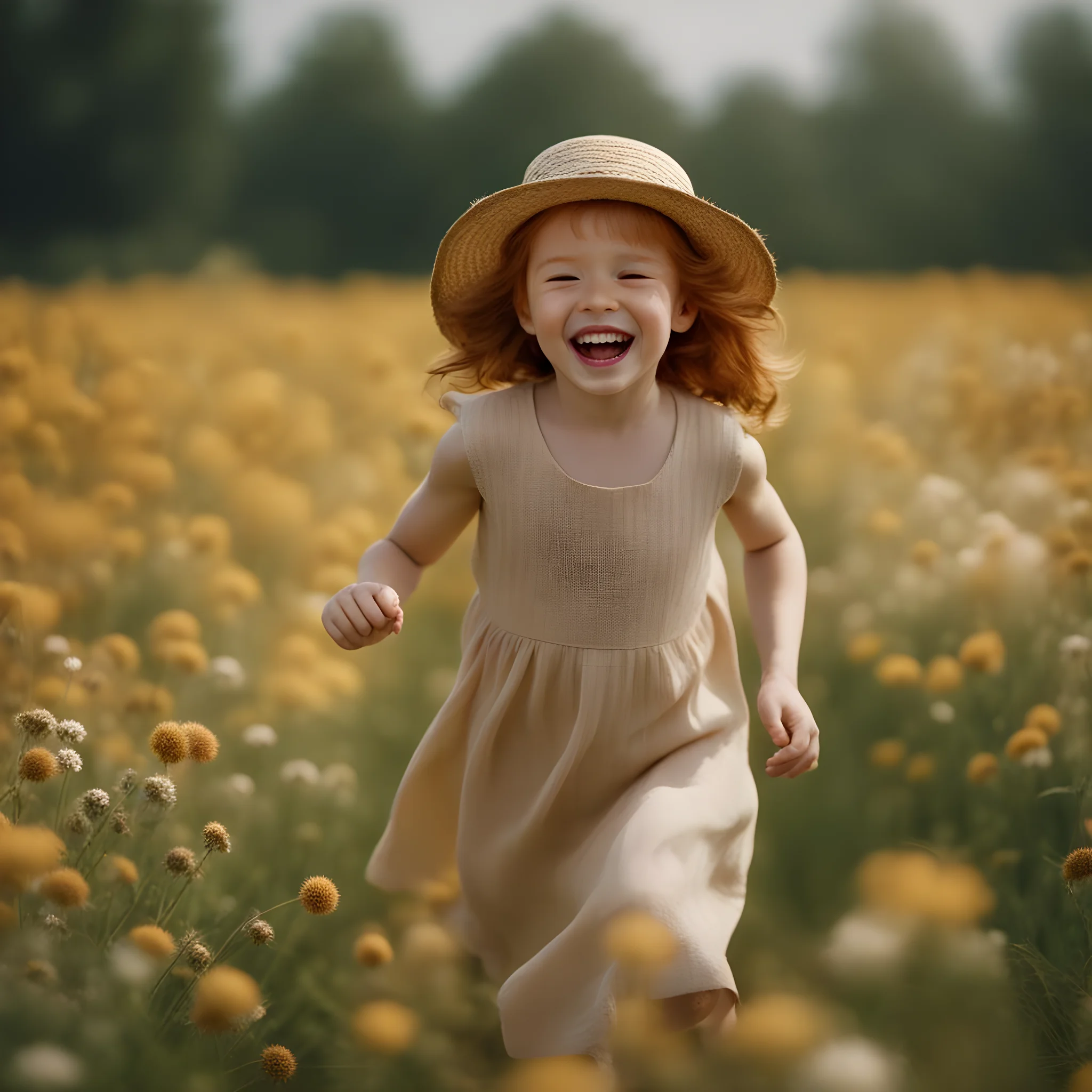
The moon seems a bit off in the AI pictures of the hut: in most pictures, it looks more like the rising sun. Plus, one of the pictures ended up being a puzzling fusion of an overly blurred stylized digital painting and a photographic image. The rest of the images came out closer to what we wanted to see.
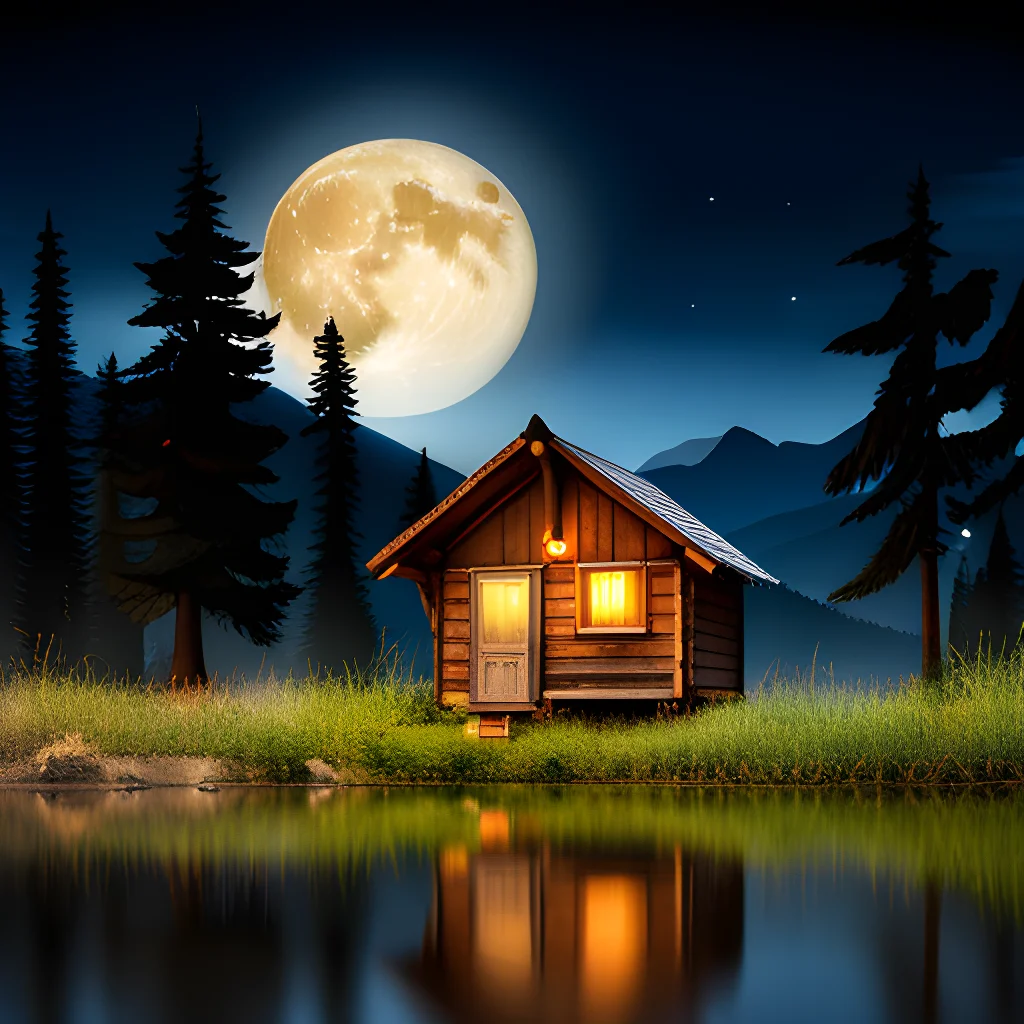

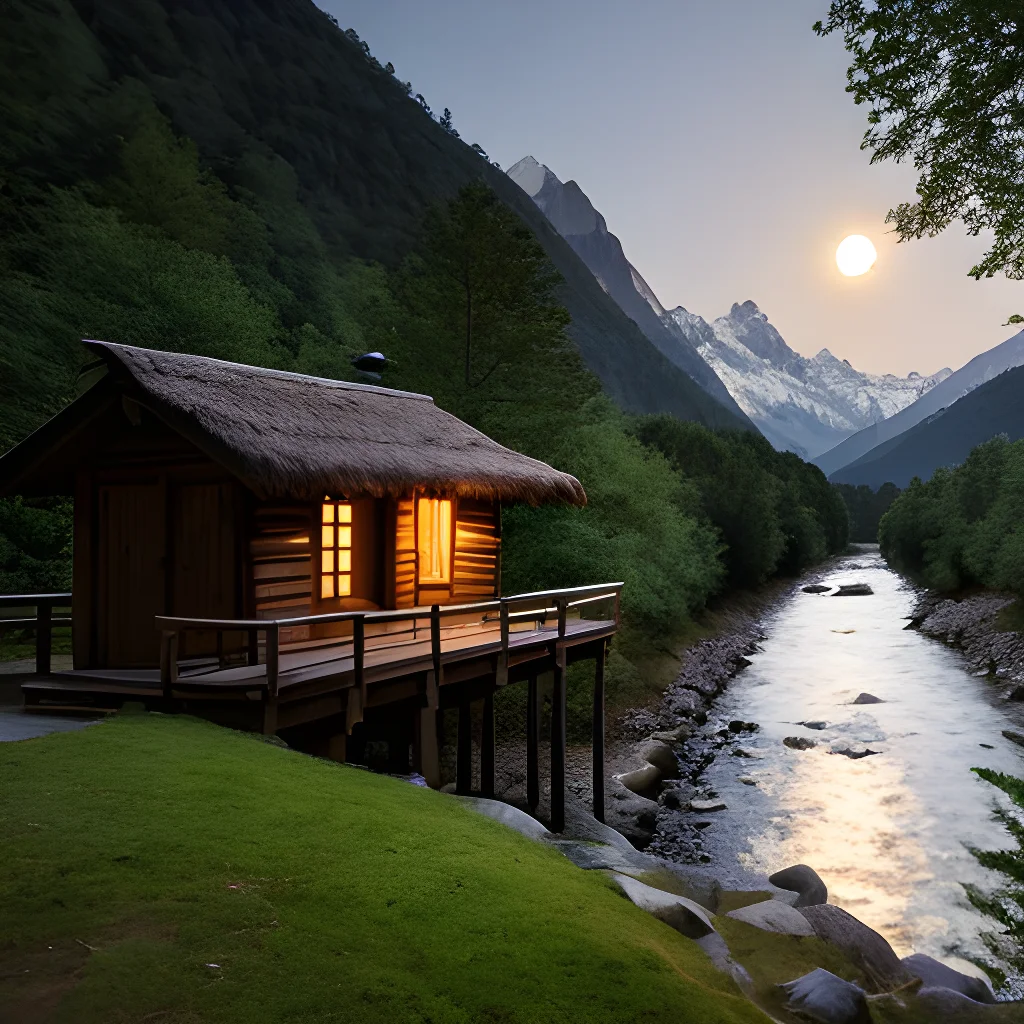

Stylized watercolor image of a ghost came out good, but again, once you take a closer look, you’ll see inaccuracies. First, some of the ghosts had holes in bizarre places. One of the ghosts has 4 holes (probably for 2 sets of eyes) and the other one has a hole at the back of its head (we don’t know the backstory though, maybe that person died from a shot to the head).
Also, this was not the first batch where we got fire burning both inside and outside the fireplace. Looks like ghosts know nothing about fire safety according to AI. Or, rather, the AI still doesn’t know how a fireplace works.
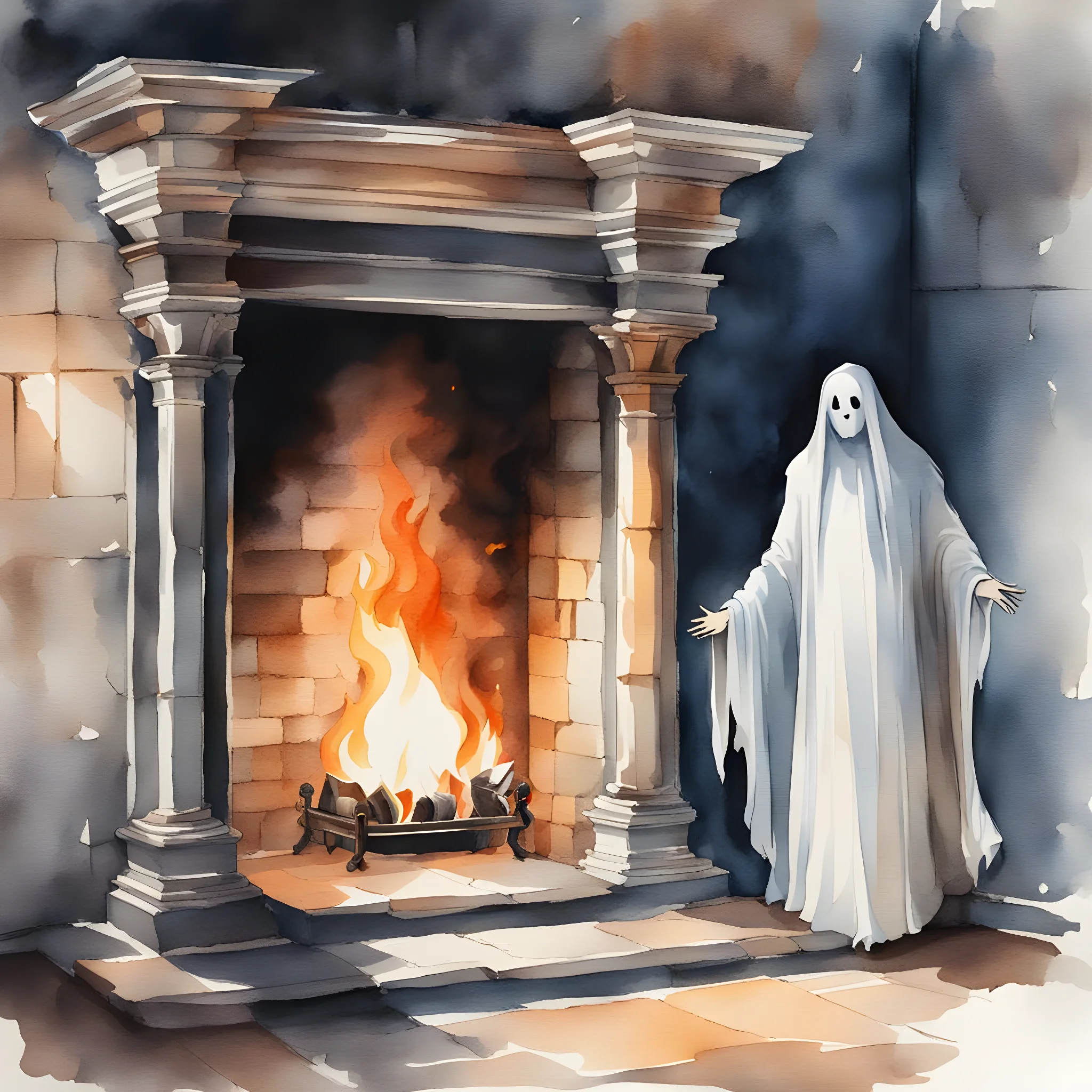
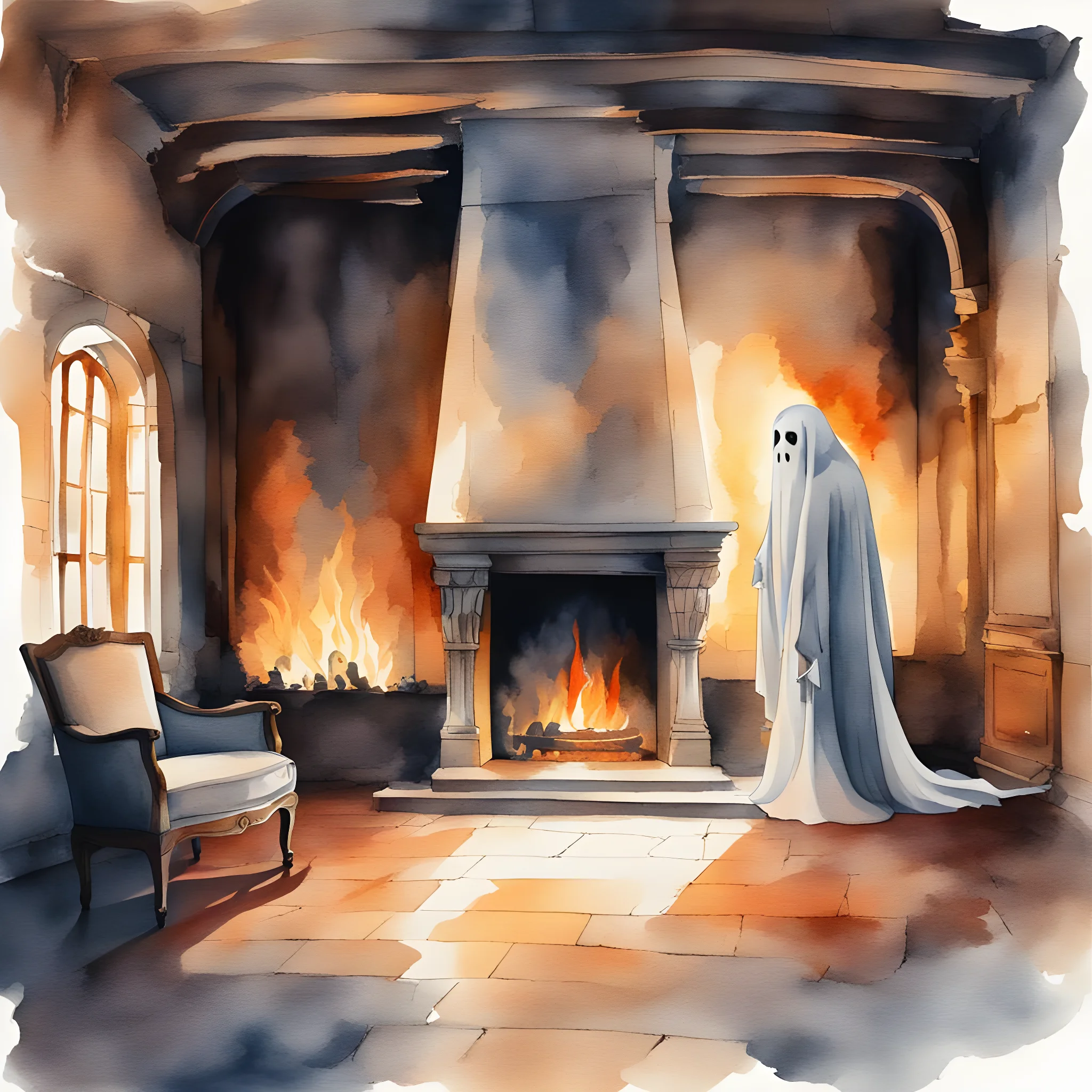
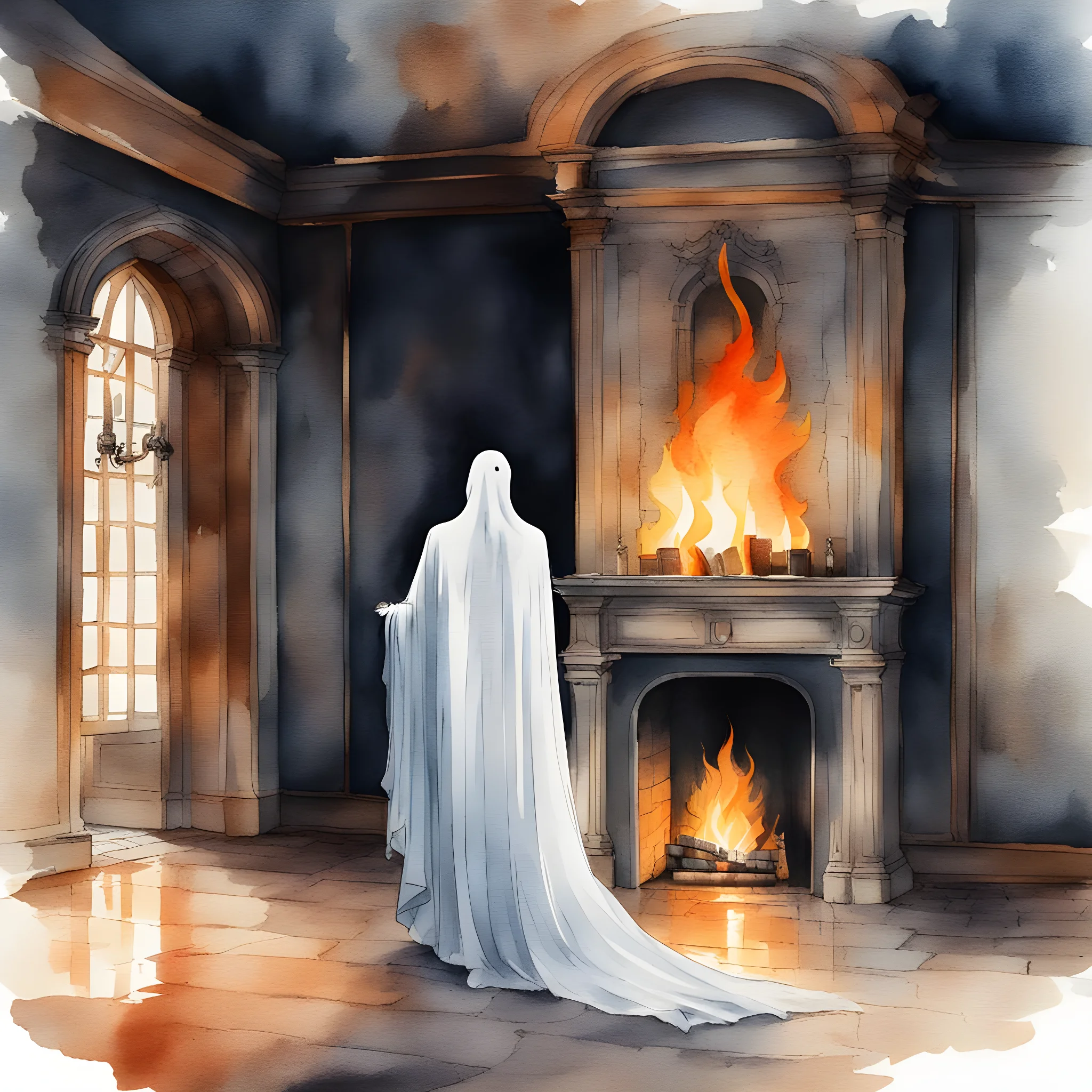
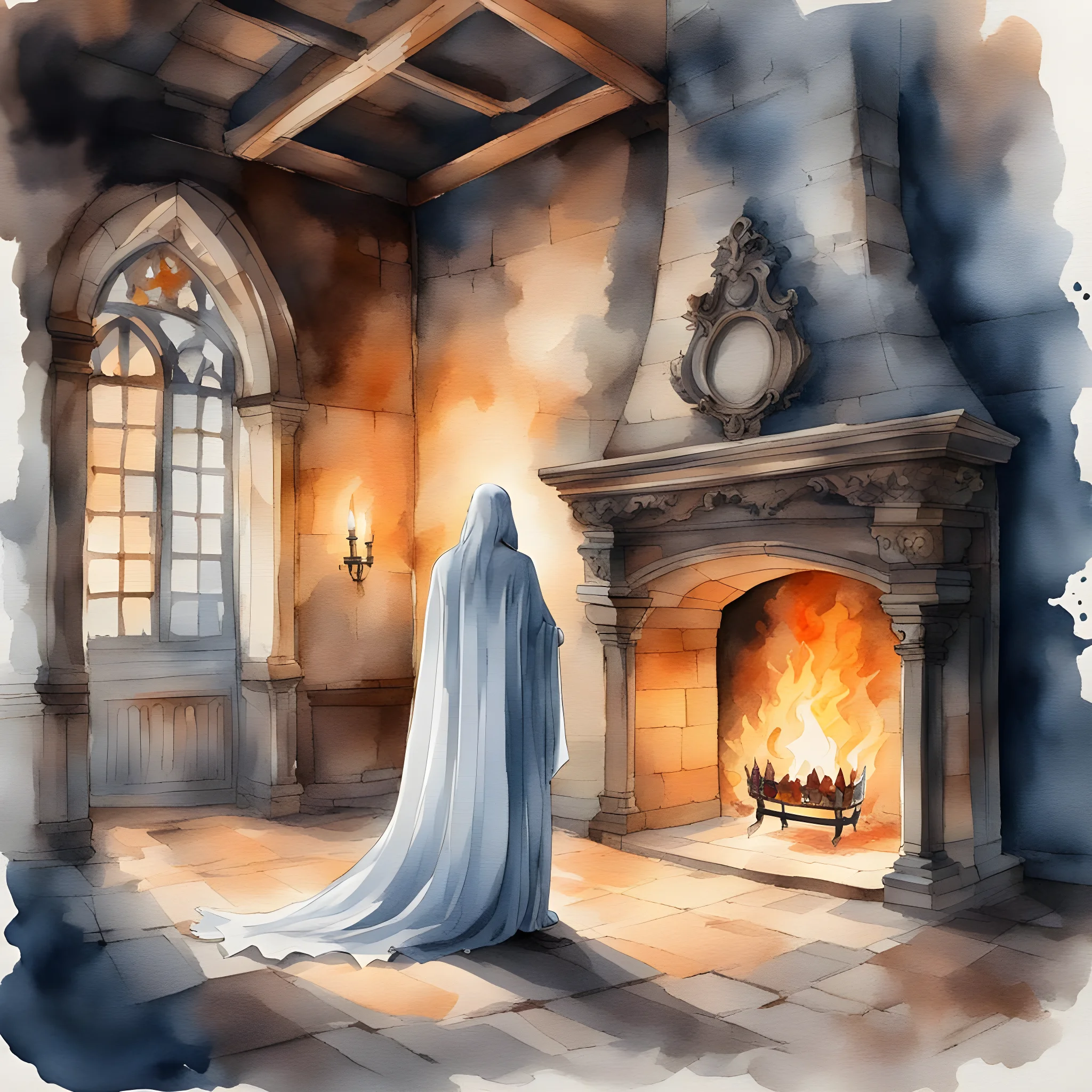
The ‘oh it seems accurate’ at first glance extends to the unicorn with Freepik. All in all, they all look just about right, but the colors are mixed up in every image. If a unicorn happens to have red eyes, then its mane is not white or the desert is not purple. Plus, one of our unicorns was granted a massive pair of testicles completely out of the blue.

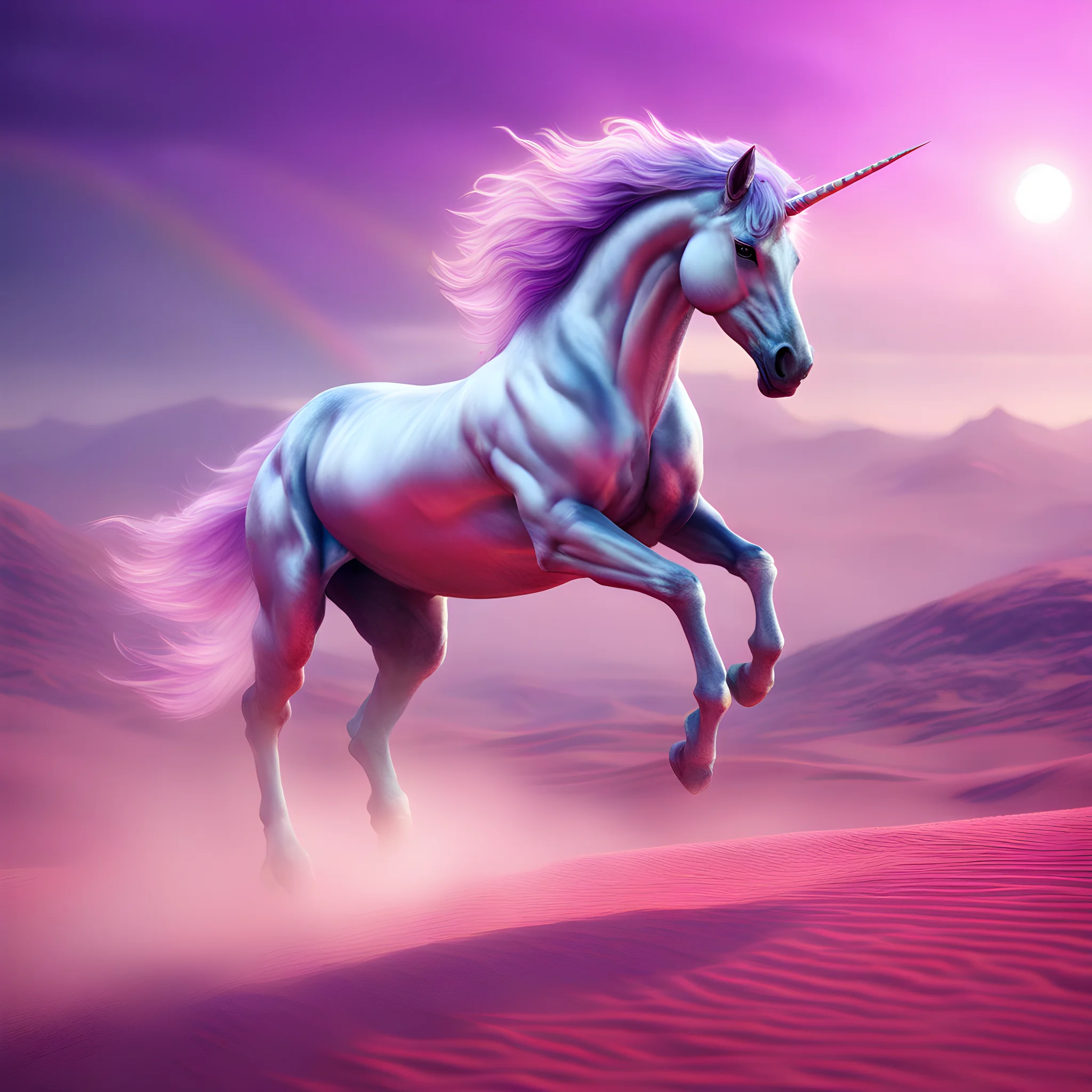


We did not expect much going in with our last query — the Disney rainforest landscape. Because it is more complex than the rest, has several objects within one composition, and requires a very specific image style, it often confuses the AI. Since there are 3 different types of creatures in the query, the AI, yet again, either refused to generate most of them or merged them together. Buttrots, parrkeys, and monkerflies were back.
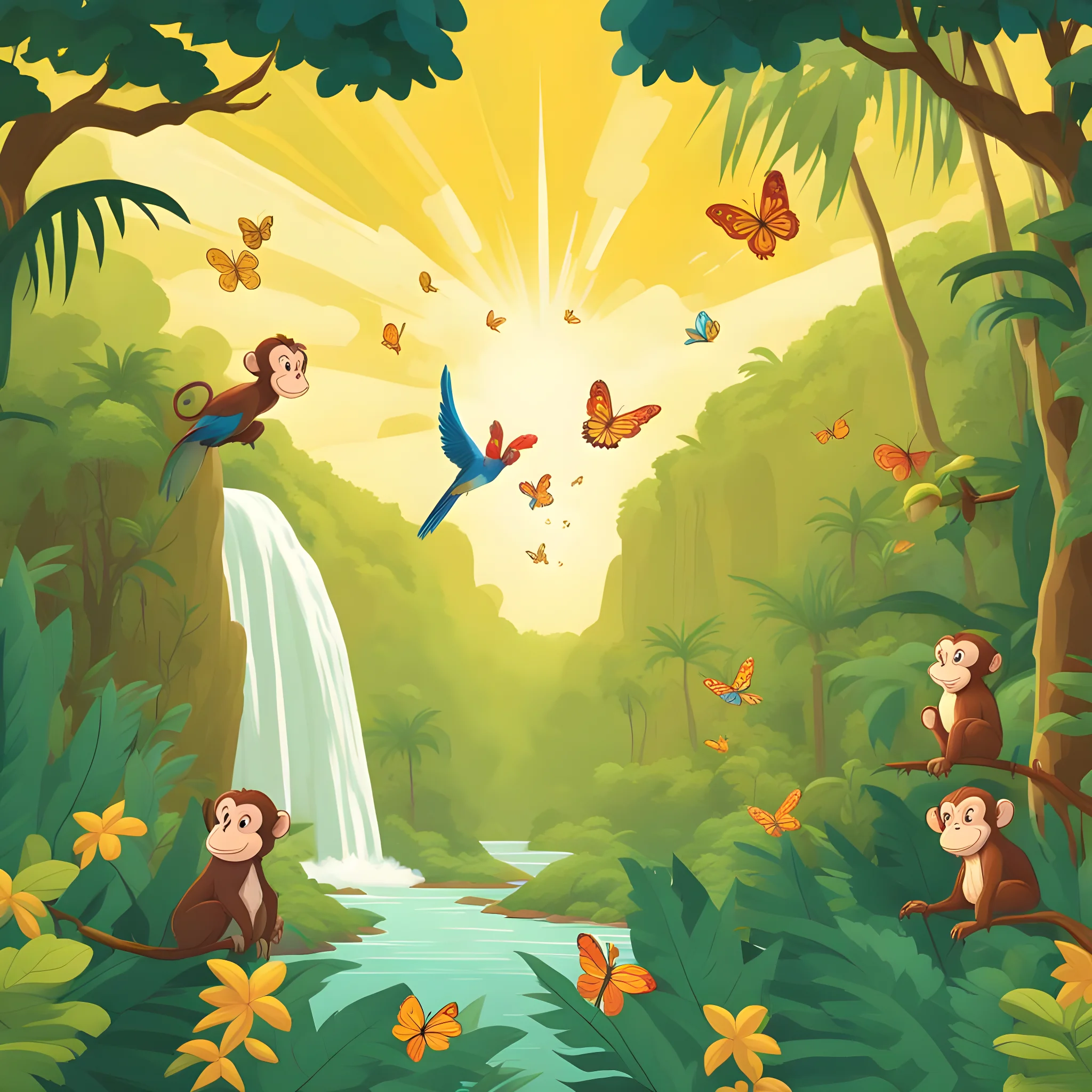

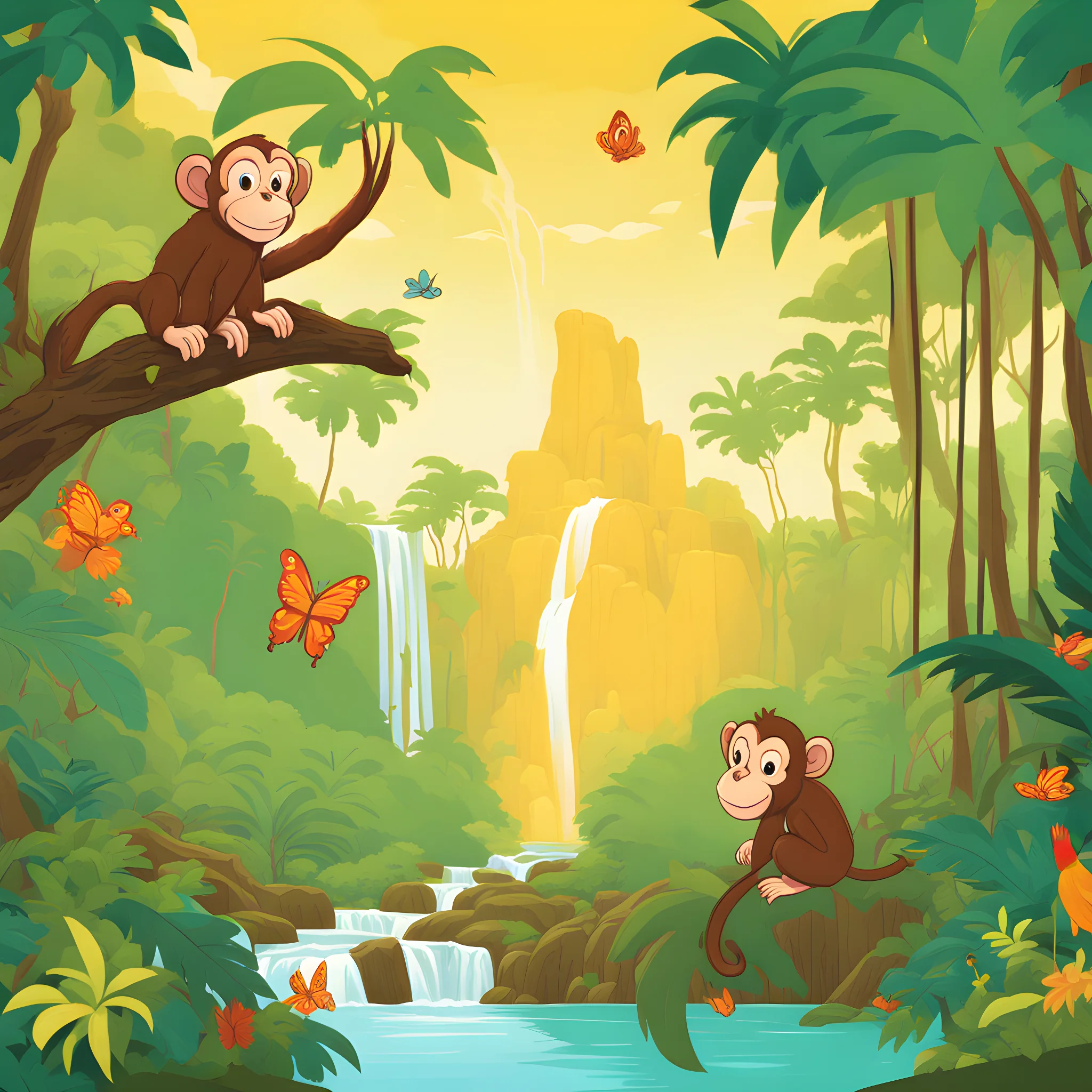
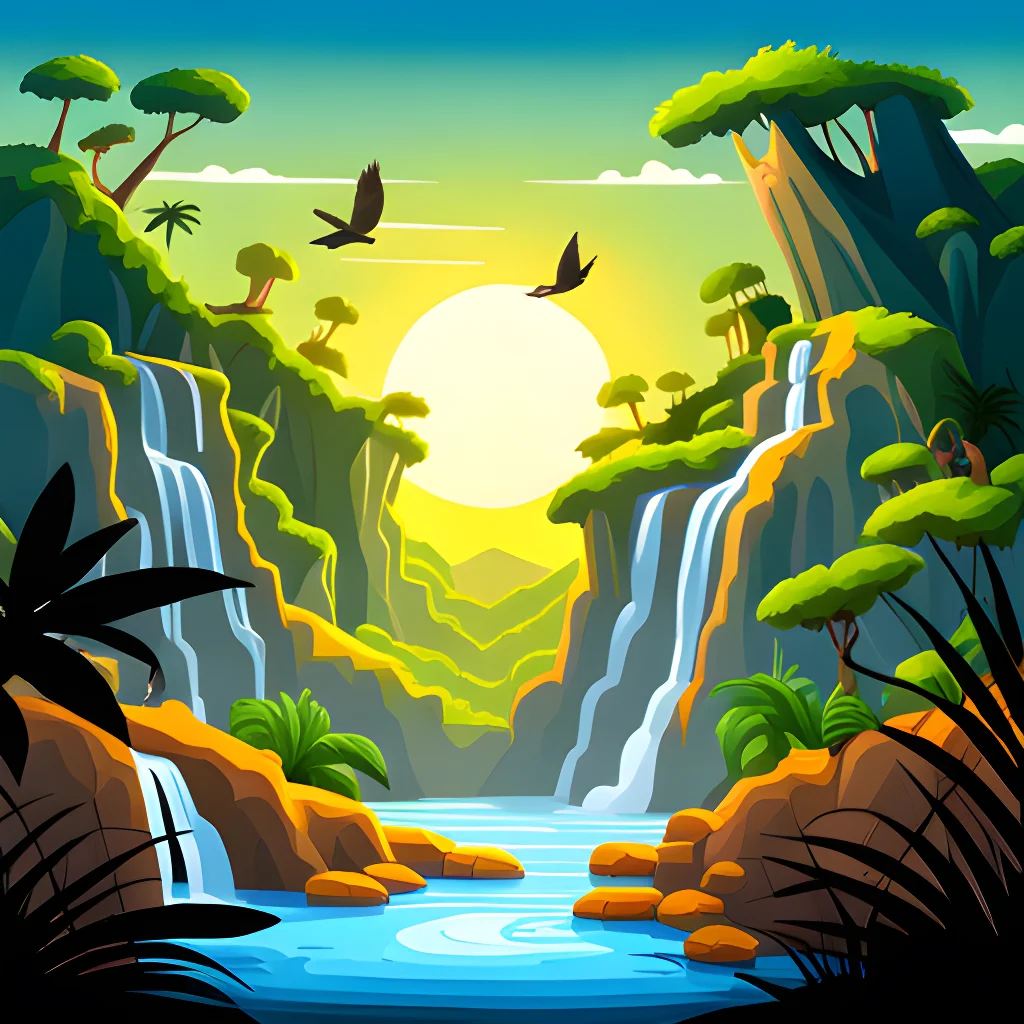
Even after compartmentalizing some of the prompts and typing in ‘landscape of a rainforest with a waterfall, cute monkeys climbing the trees, parrots, and butterflies flying in the background, golden sunbeams, 2D classic Disney cartoon style’, we still got bizarre creatures. The style was not as Disney-ish as we’d hoped it would be, but some of the images do look a bit like 1999 Tarzan.
- Cost: free (40 tokens/day, each run costs 4 tokens)
- Pros: simple interface, free tokens that reset daily
- Cons: won’t allow you to change the number of images in a batch, remix images, or create variations
6. DreamStudio
DreamStudio from stability.ai is a Stable Diffusion-based AI tool. It’s straightforward and easy to navigate even if you’re a total beginner. To generate your first images with DreamStudio, you need to sign up or log in with a Google or Discord account.
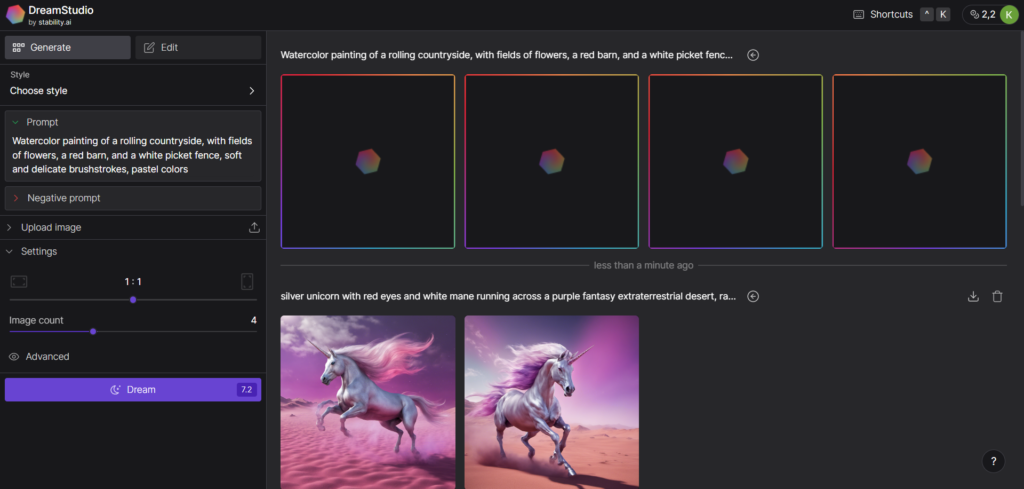
Once you create an account, you get 25 credits. The minimum cost of a generation is 0.27 credits for a single image if you choose Stable Inpainting v1.0 or Stable Diffusion v2.1 as your model. You can reduce it even more if you lower the number of diffusion steps and image resolution, but in this case, get ready to see some absolutely hideous pictures. If you pick SDXL with default generation settings (1024×1024 resolution and 40 diffusion steps), each picture will cost you 1.8 credits. You can have up to 10 images per batch, but we recommend setting the number between 2 and 4 so that you don’t waste too many credits on a potentially ineffective prompt.
Like other AI tools powered by Stable Diffusion, it has the same strengths and weaknesses as the generators mentioned before. With a bit of a twist, though. The twist is that DreamStudio’s advanced settings allow you to control prompt strength along with diffusion steps. These settings are supposed to make the images accurate to the smallest detail, except it’s not quite the case. While it did make the fingers of the ginger girl look anatomically accurate, it butchered the hell out of her freckles. This gets especially scary with the Cinematic style preset. After that, it starts to seem like 7 crooked fingers and black holes for eyes in the regular mode are just fine.
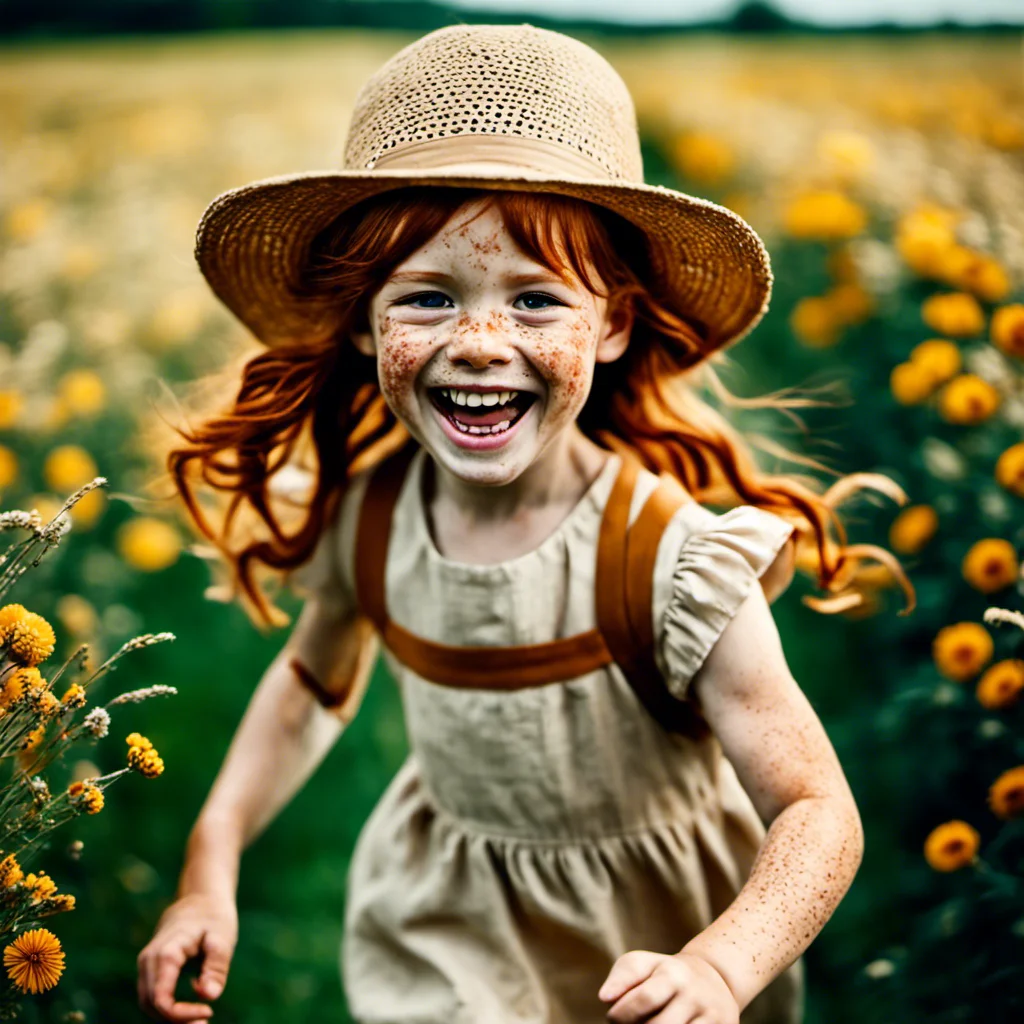

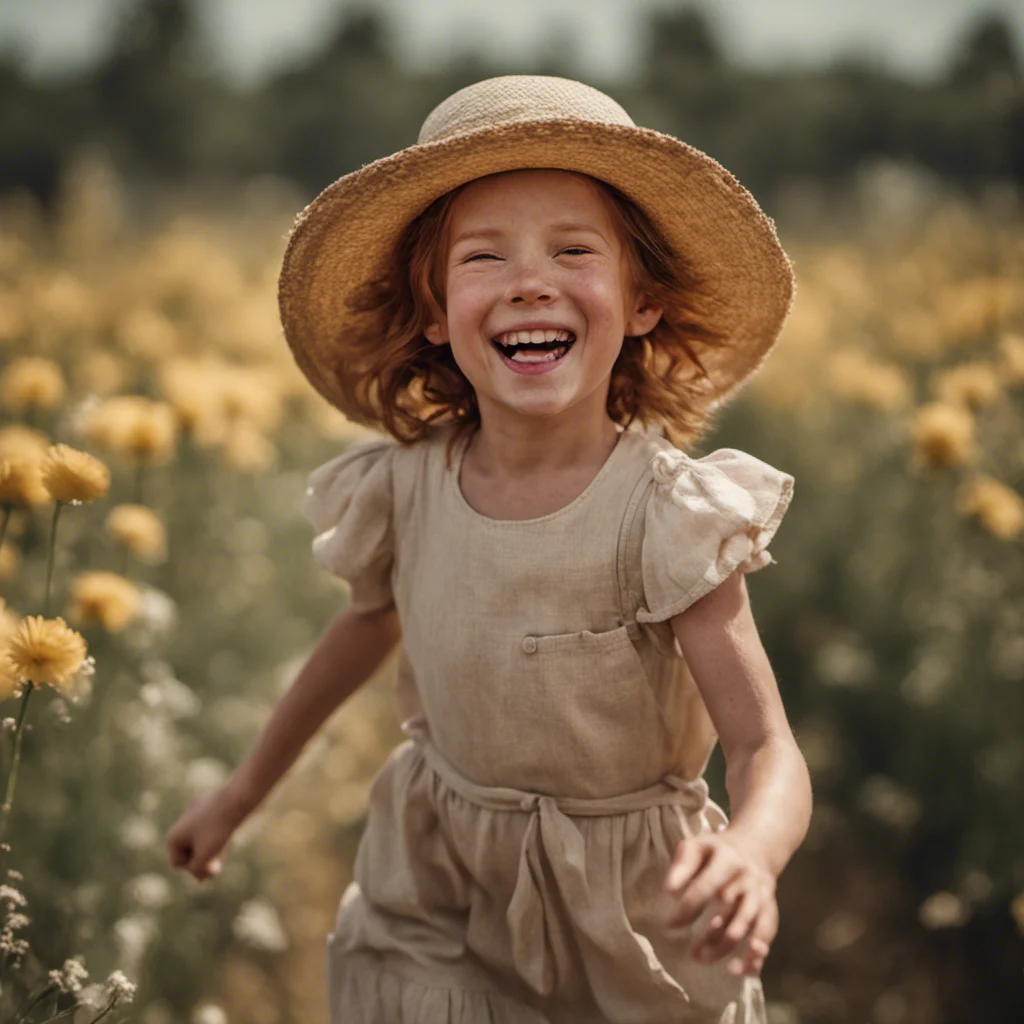

Other than that, DreamStudio handled the rest of the prompts well. The hut was again slightly stylized and not really photorealistic but close to the original concept.
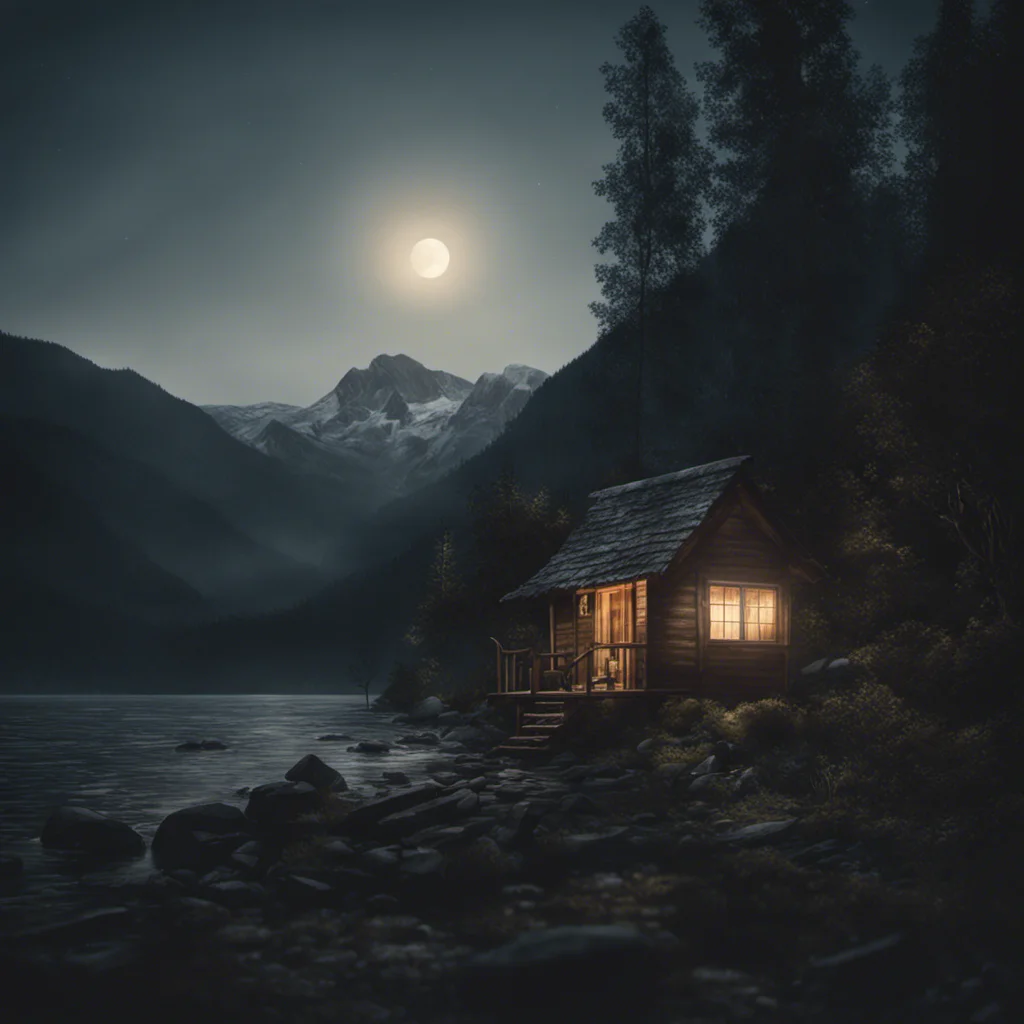
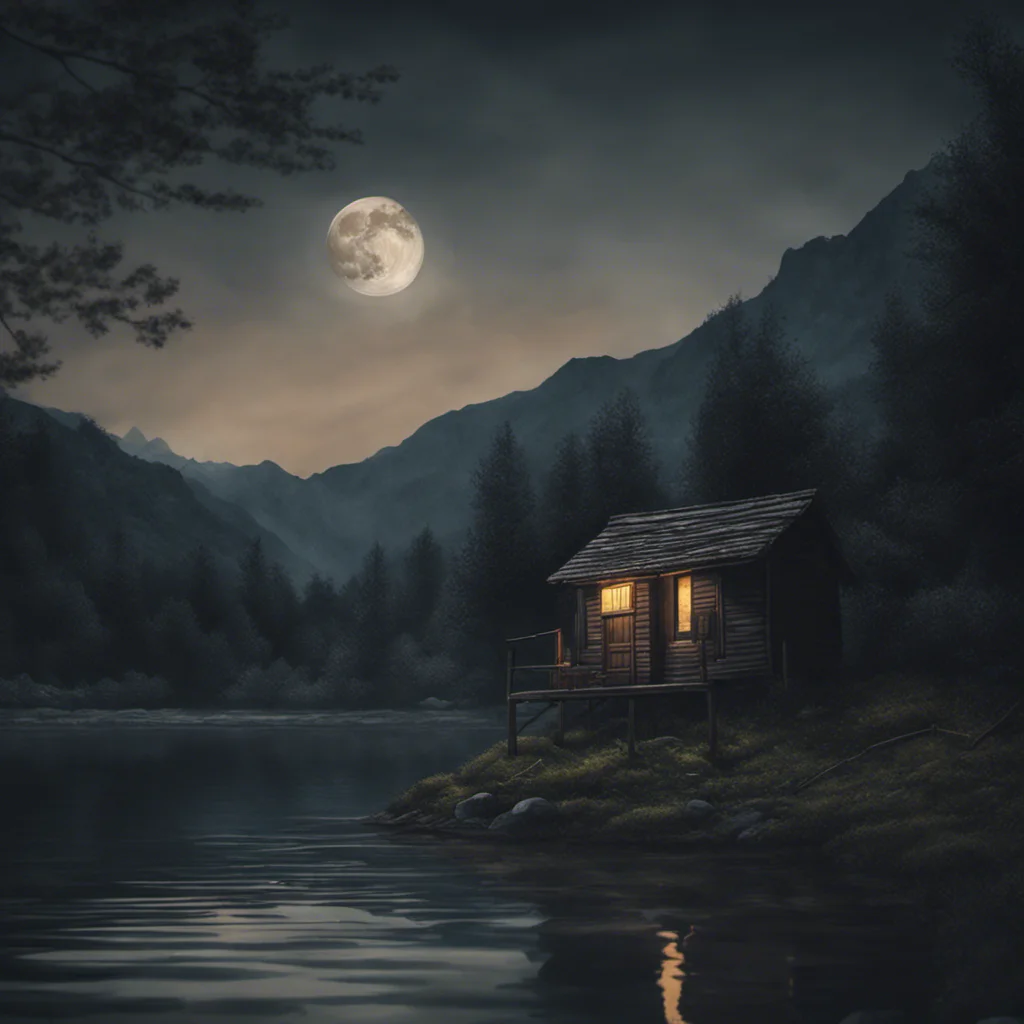

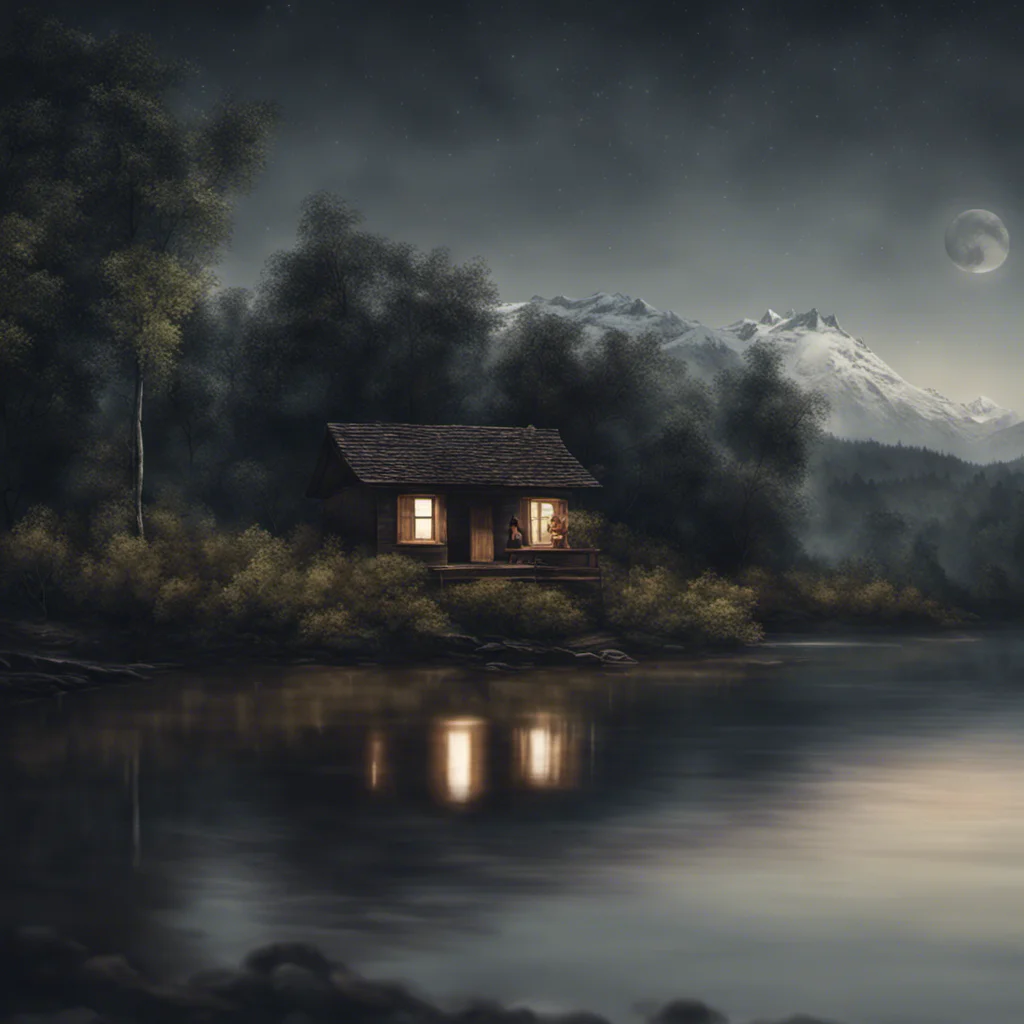
Aside from the double fires, the watercolor ghost came out good. We just had to add ‘white’ in the beginning because, in some of the images, there was no ghost. In terms of stylization, DreamStudio’s images are really close to genuine watercolor paintings with color blobs, shade overlaps, and imperfect lines.
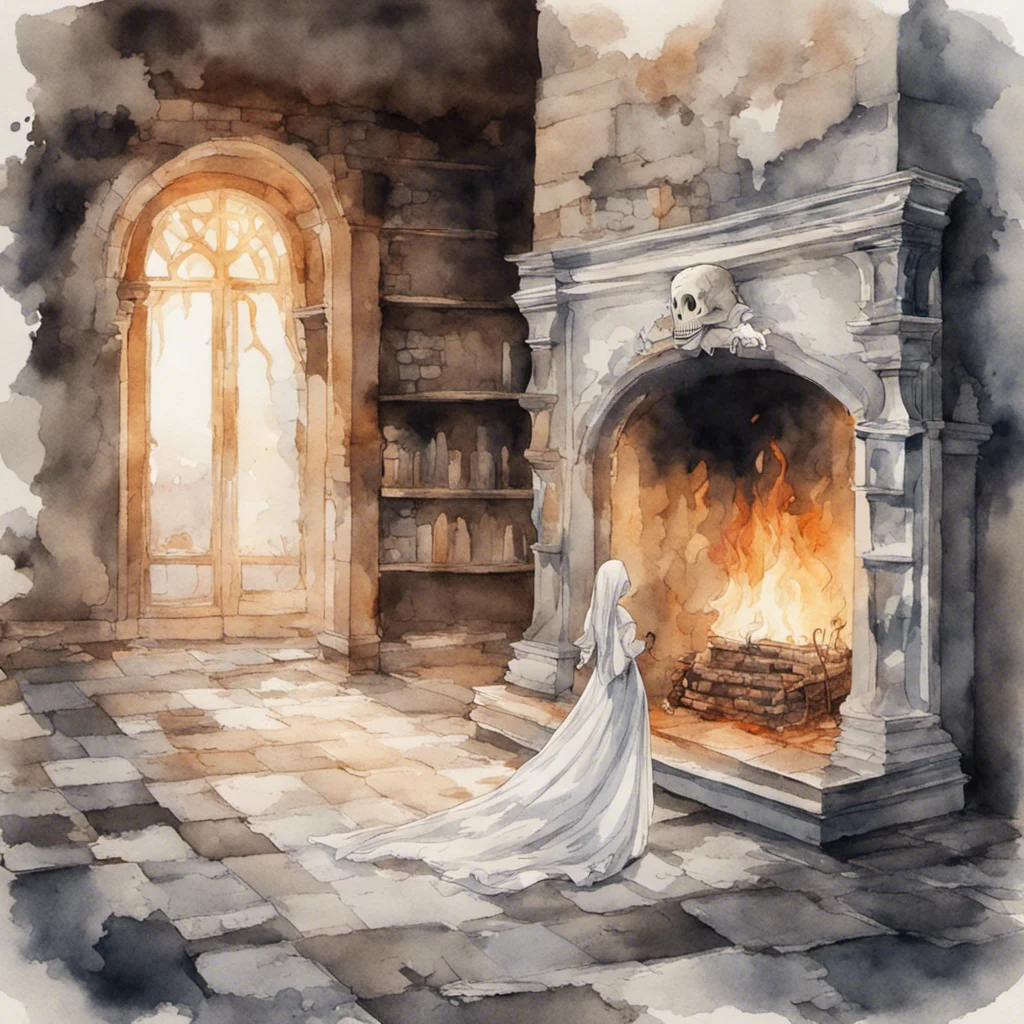
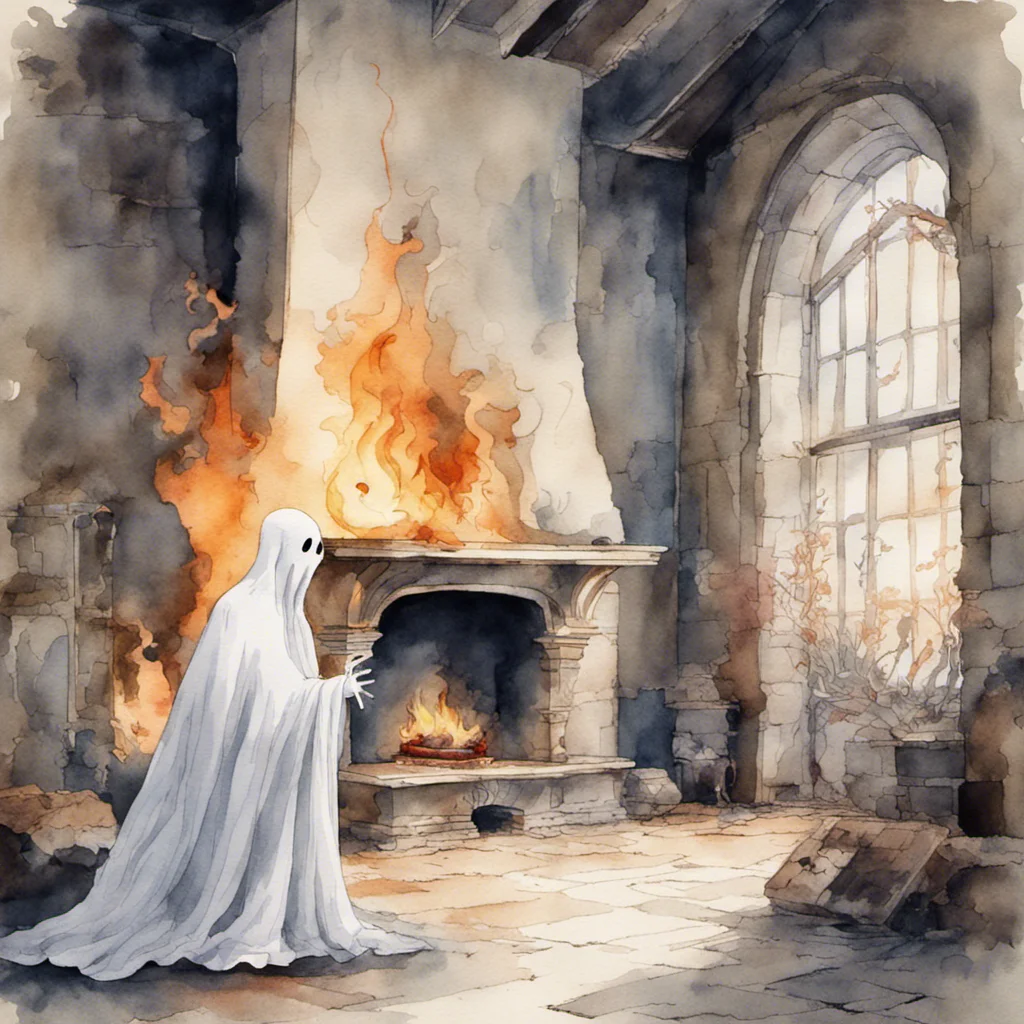
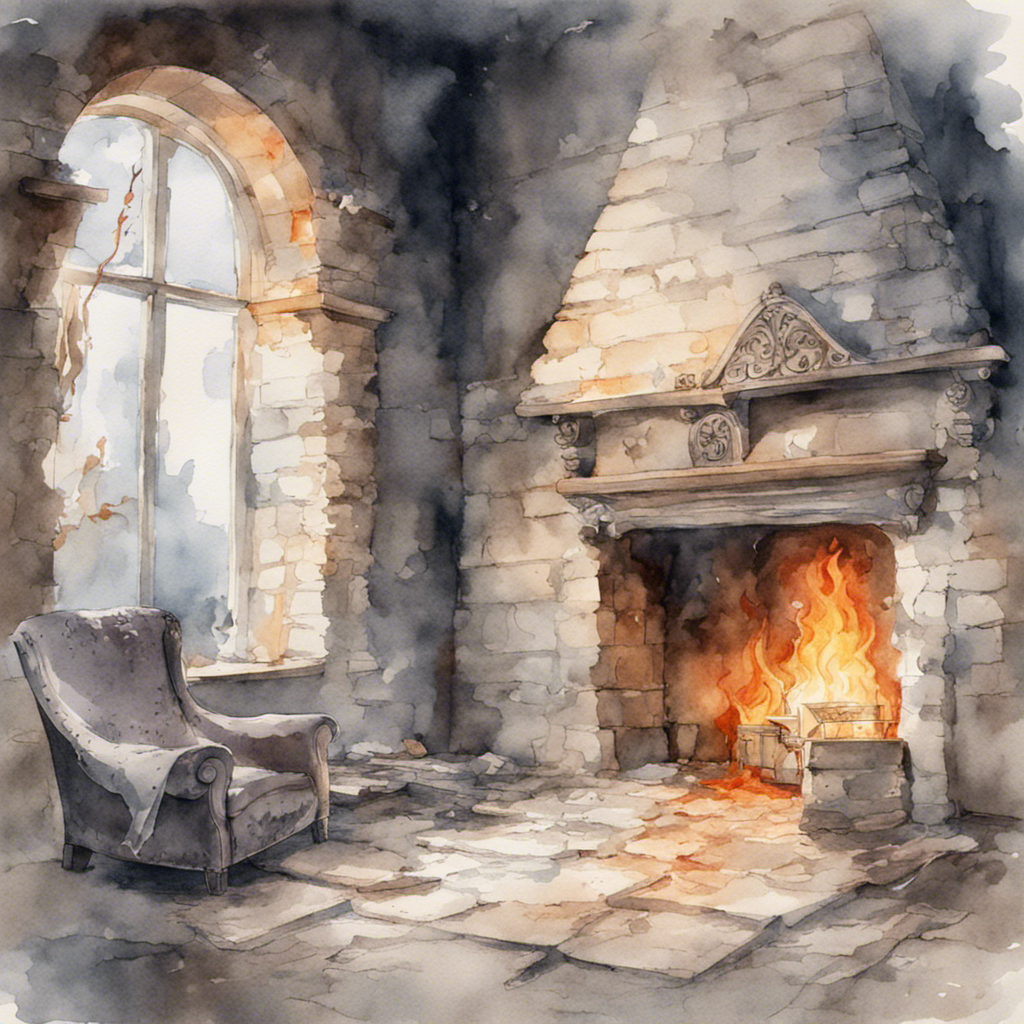
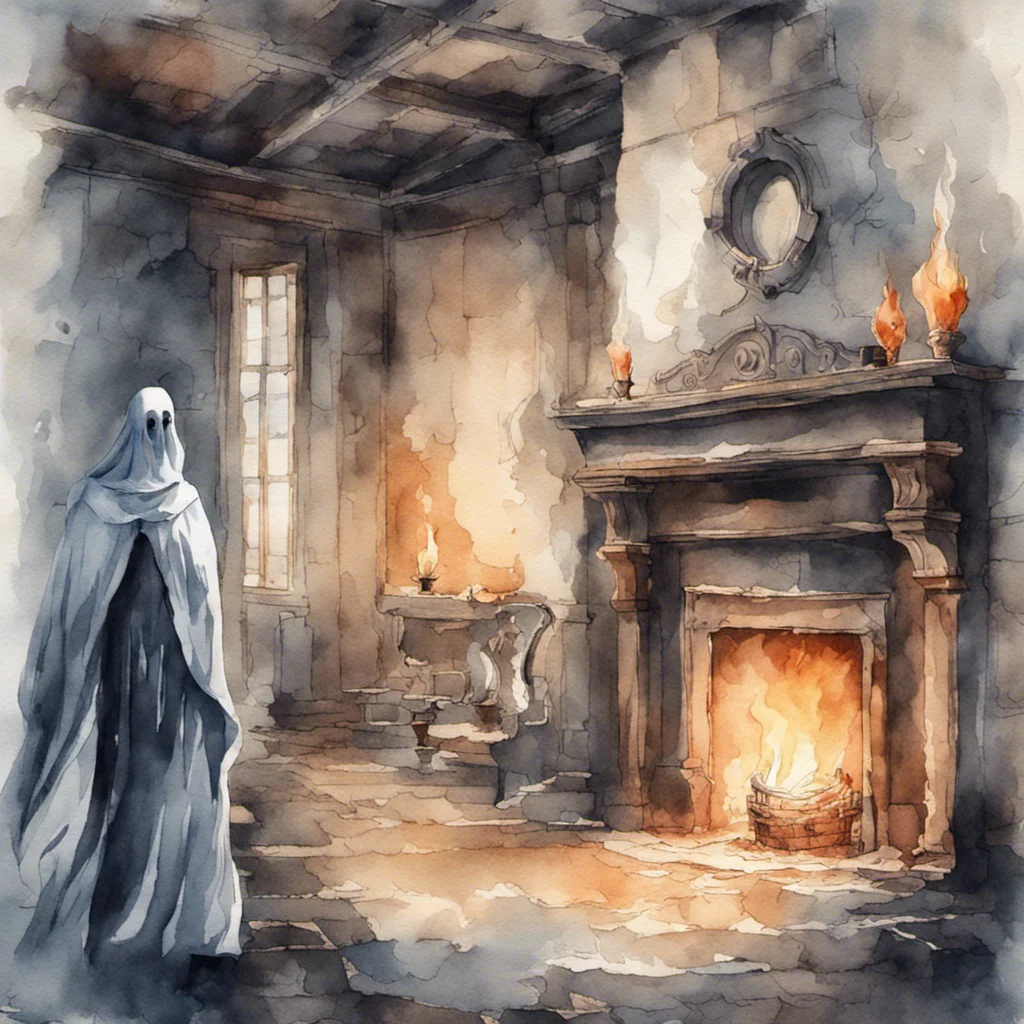
The unicorn was a tough one because the rainbow and the red eyes became an issue again. However, DreamStudio was the only AI tool that made a purple fantasy extraterrestrial desert actually look like one in every image. Many other generators transferred the purple hue onto the unicorn, generating an average desert.
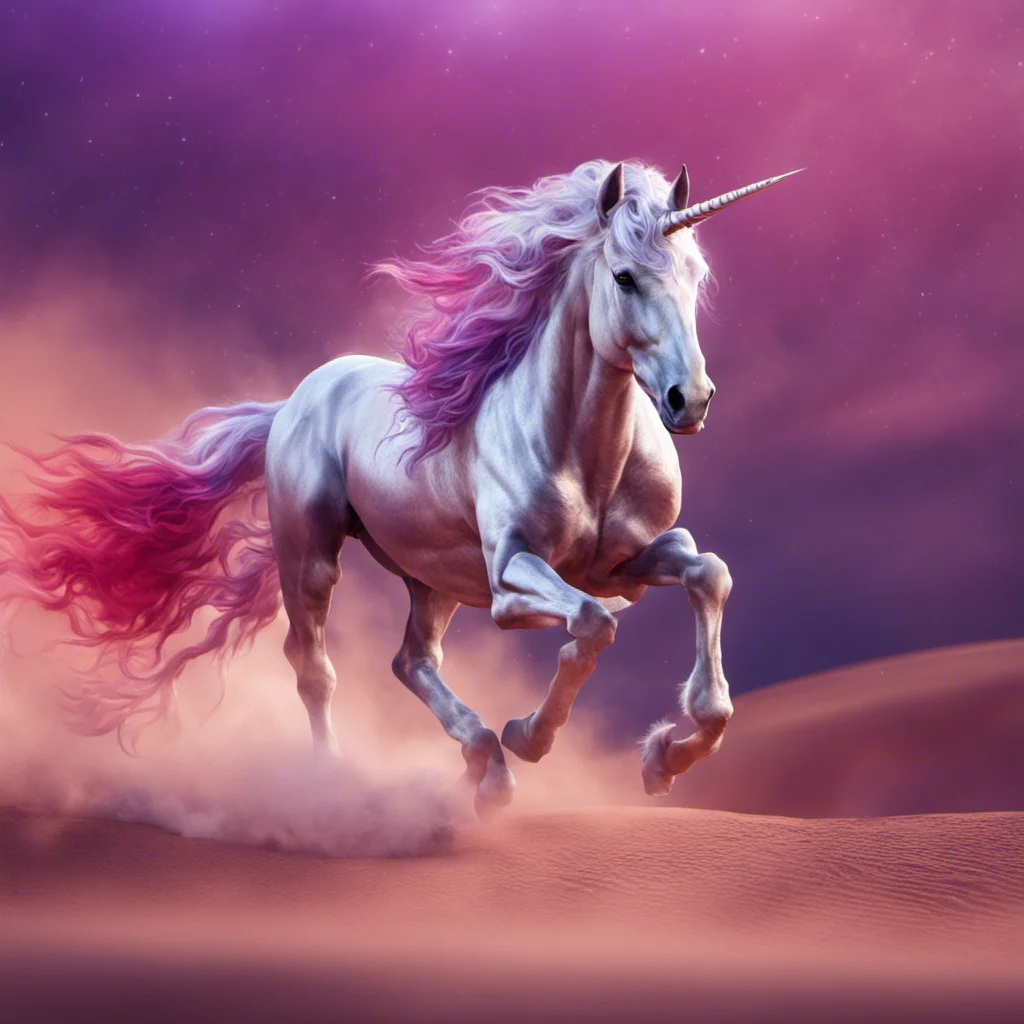
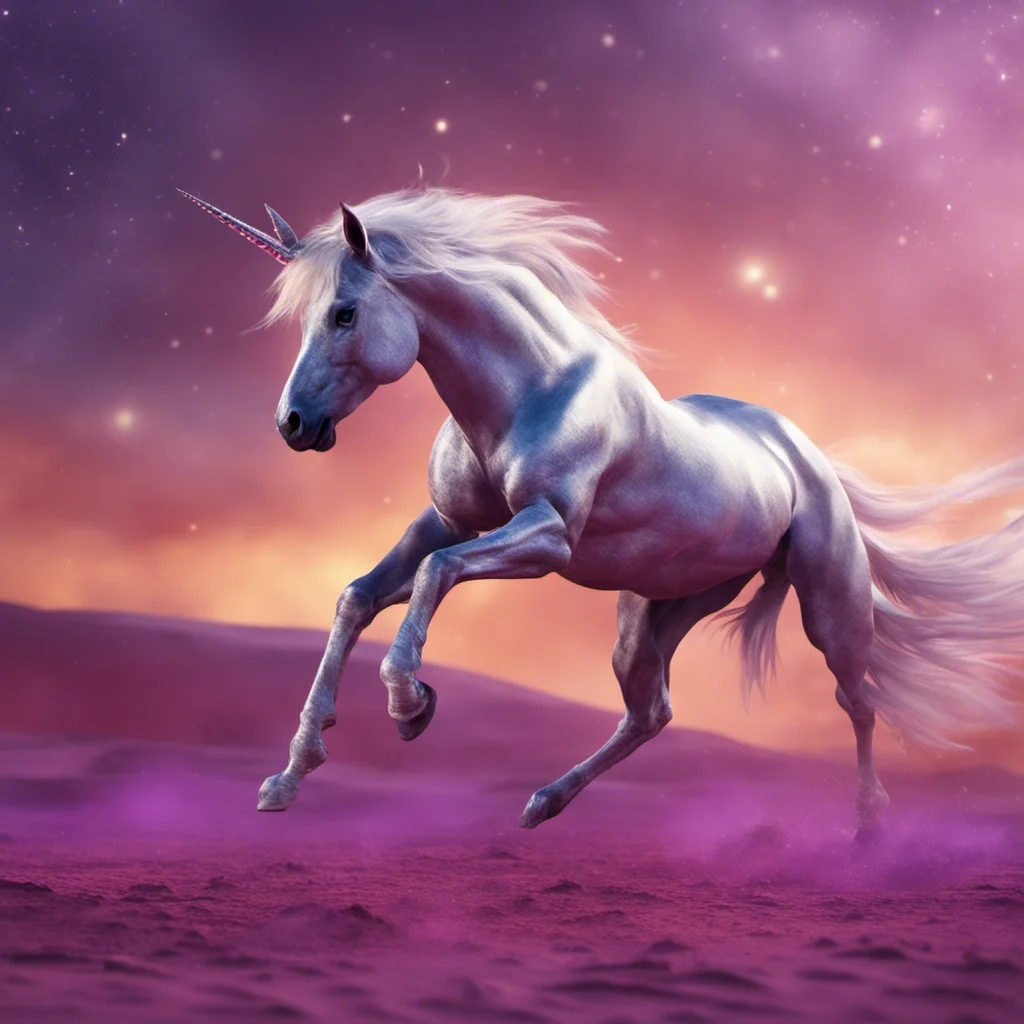
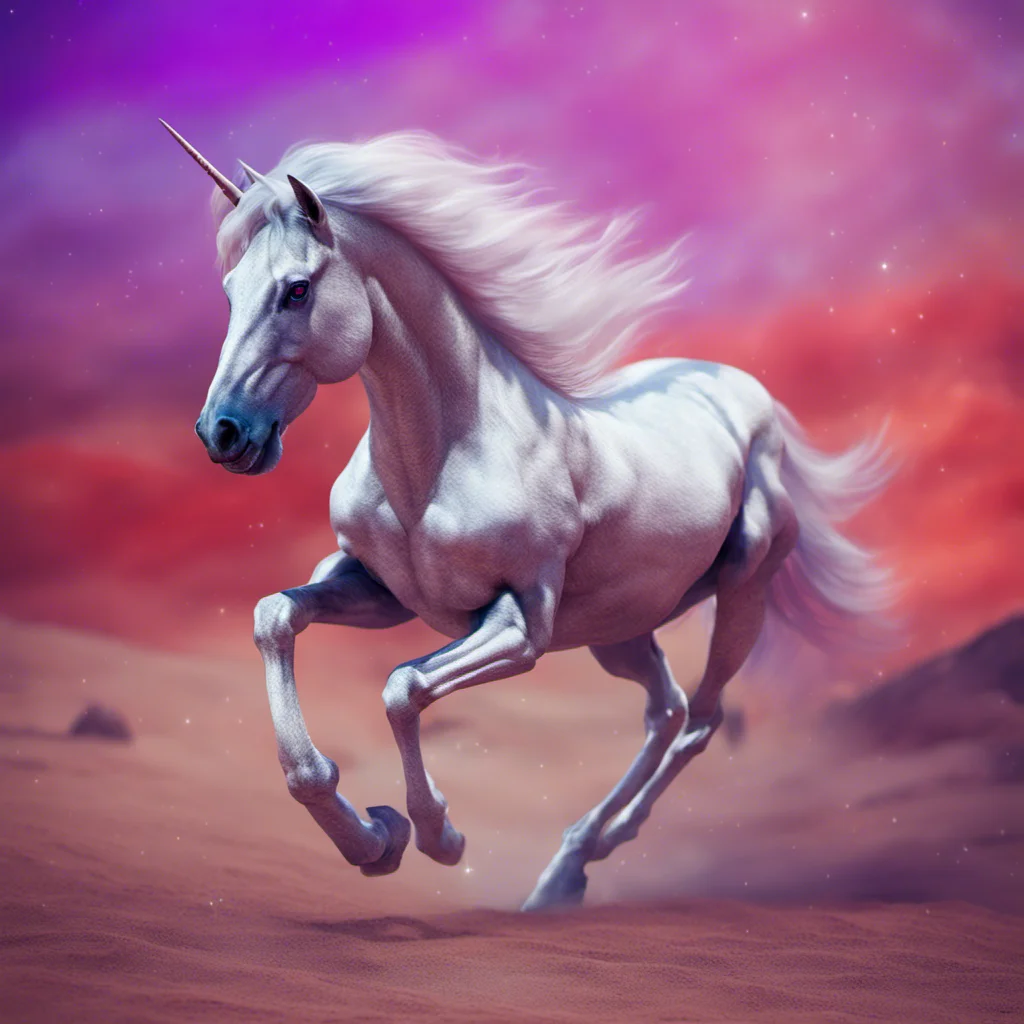

We encountered the very same issues as the ones we had before with the Disney rainforest query. The AI wasn’t willing to draw monkeys and instead merged different species together. Animate objects set aside, the landscape is undeniably similar to older Disney 2D cartoons. The Tarzan meets The Lion King vibes are strong.
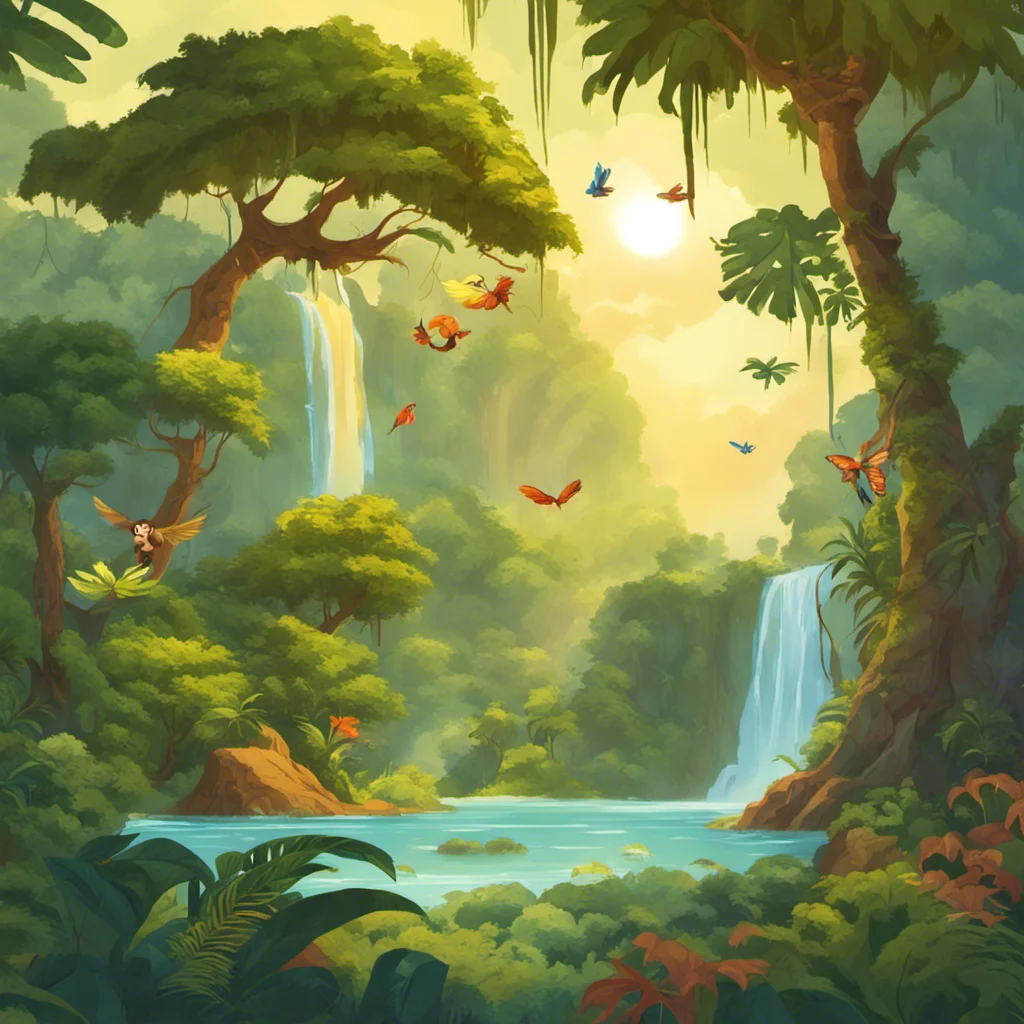
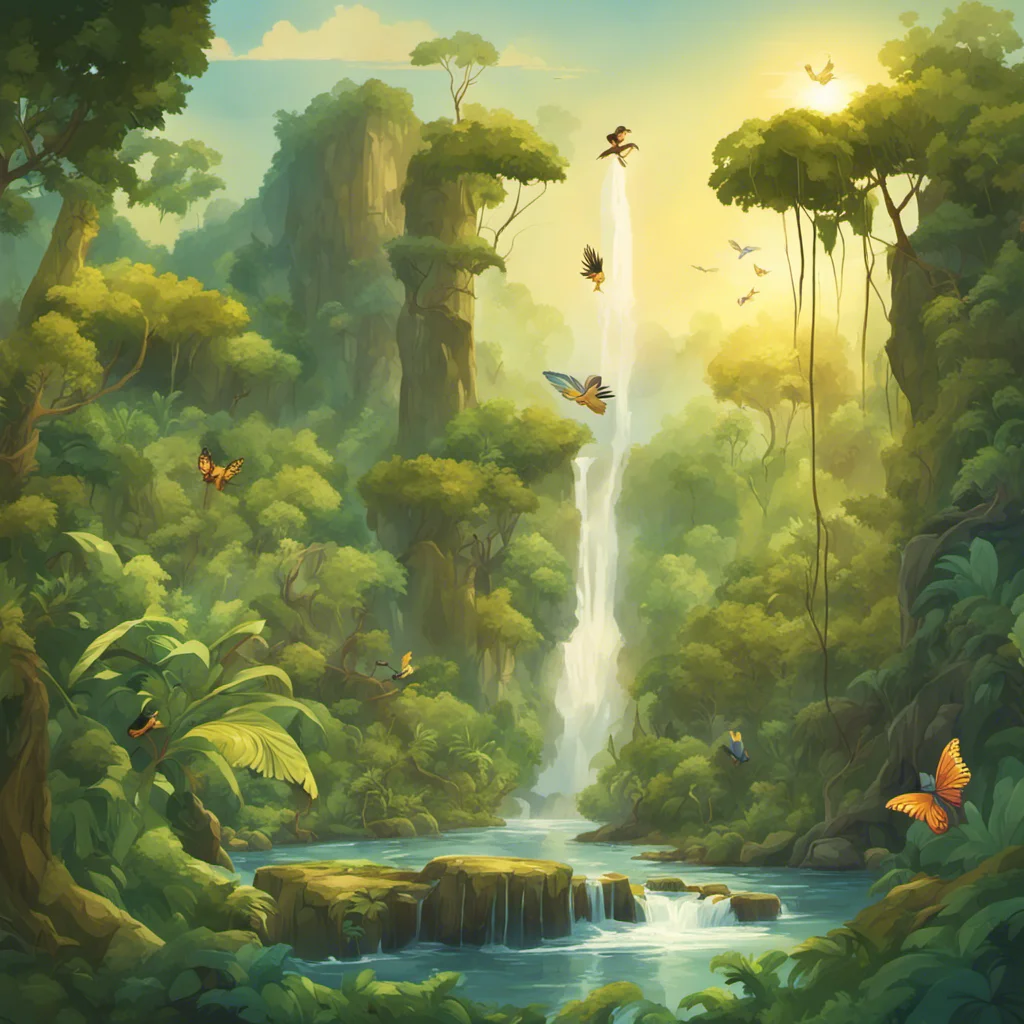
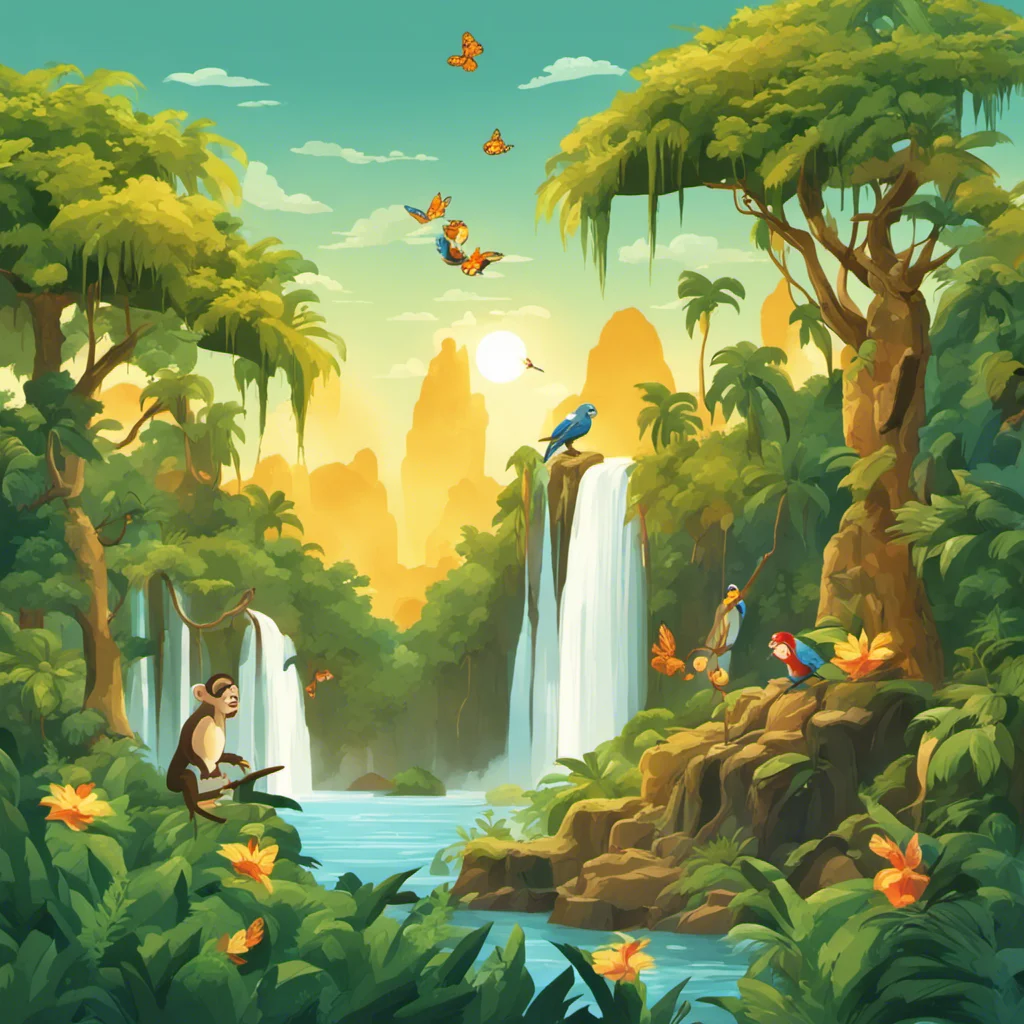

All in all, DreamStudio is good but 25 free tokens won’t get you too far.
- Cost: 25 free tokens after signing up, then $10/1000 tokens
- Pros: fast generation, advanced settings allow you to control precision and number of images in a batch (up to 10 in one run)
- Cons: free tokens will only get you around 13 high-quality images depending on the model and generation settings you choose
7. Leonardo AI
Leonardo AI has been trending on social media for a while now thanks to its crisp hyperrealistic images. Unlike most AI tools, Leonardo has several custom generation models based on Stable Diffusion. These include Leonardo Signature, Leonardo PhotoReal, Leonardo Creative, and some others. Plus, you can browse a huge library of models created by the Leonardo AI users, including anime-style images, photorealistic, fantasy, and abstract pictures.
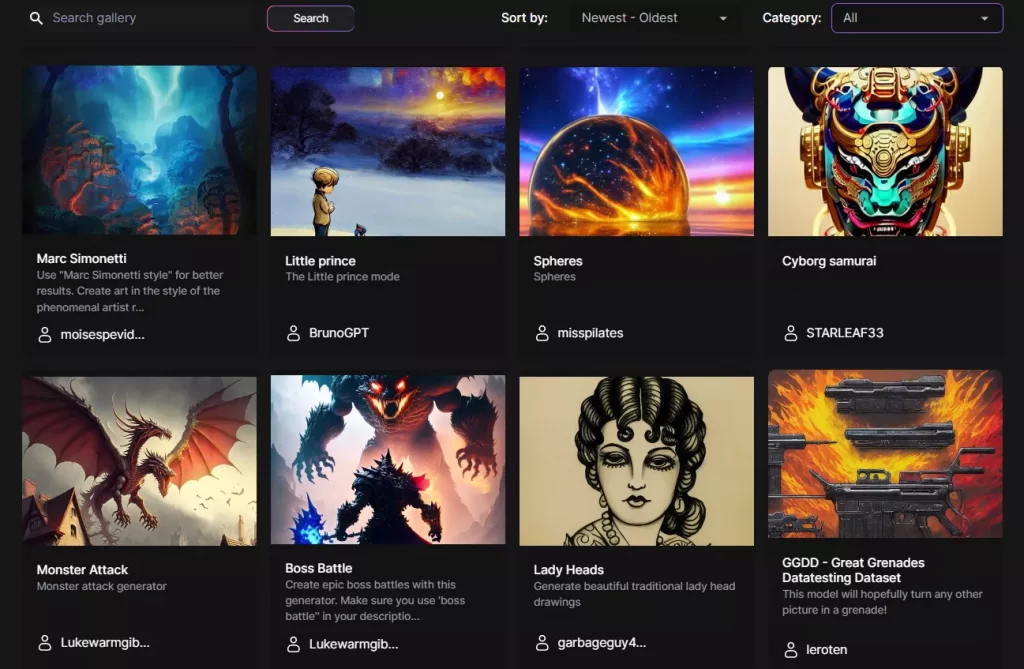
Once you create an account, you will receive 150 free tokens. They recharge automatically every 24 hours, which is enough if you’re not planning to activate every single advanced generation option and only need to create a few images. With Leonardo Diffusion — an advanced model based on Stable Diffusion v2.1 — generating 4 images sized 1024×1024 px costs 7 tokens. With older models or smaller image sizes, it can be as cheap as 4 tokens.
Leonardo has the Alchemy mode that enhances the accuracy of the generation and the quality of the output image. The first two portraits of the ginger girl were made with Leonardo’s Alchemy and Prompt Magic activated. The other two were made without the advanced settings on. The difference is noticeable from afar: the Alchemy mode makes the portraits way more realistic and anatomically accurate.
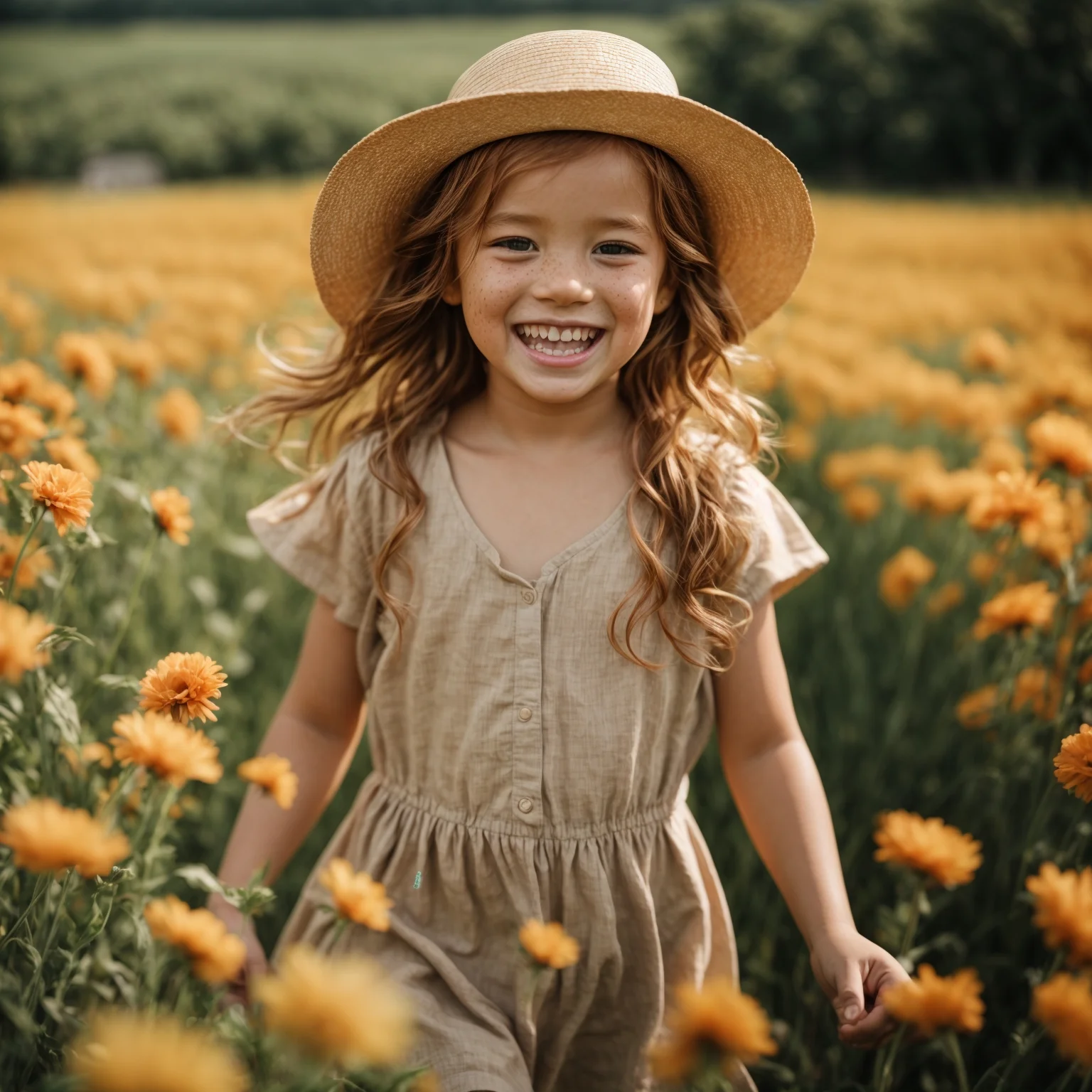
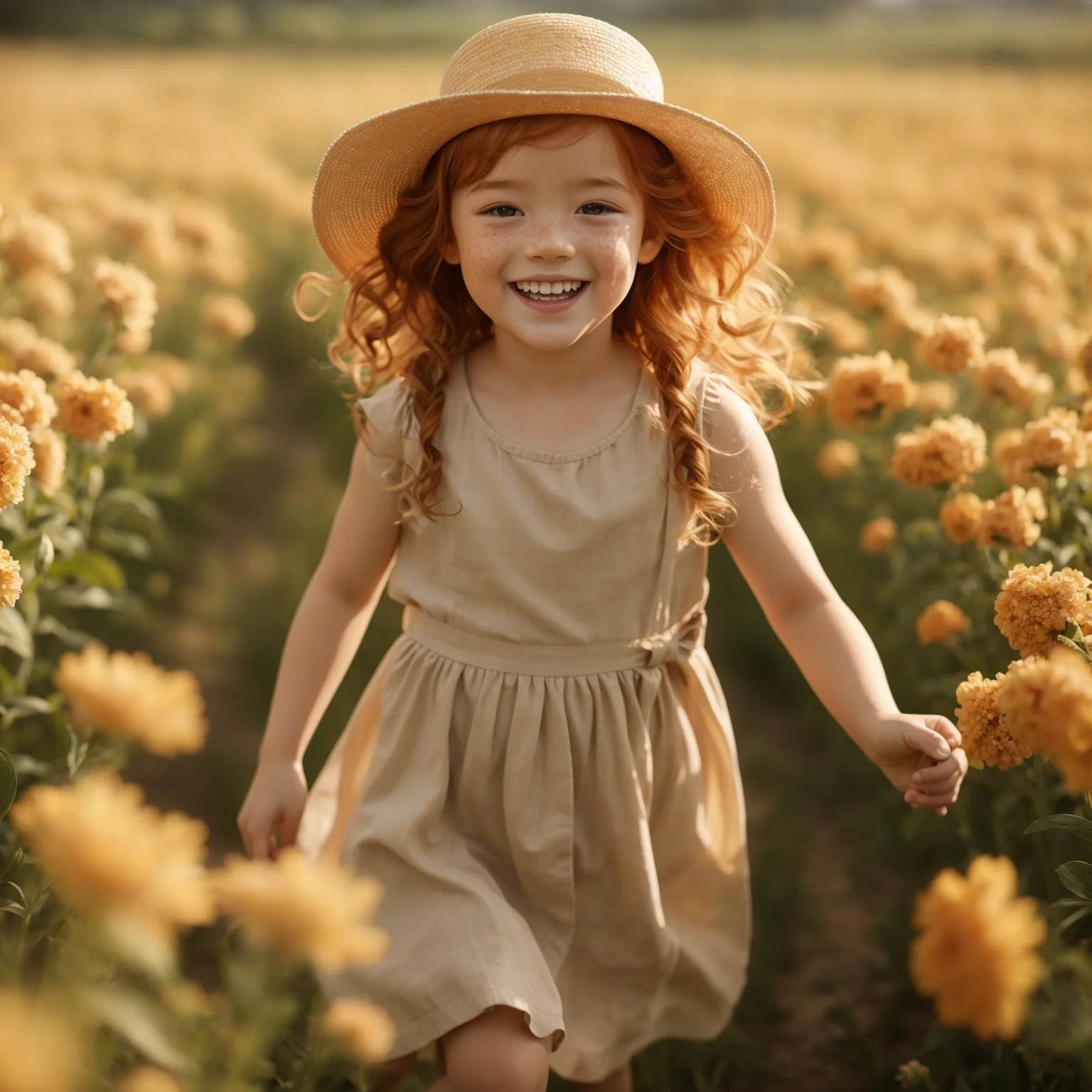
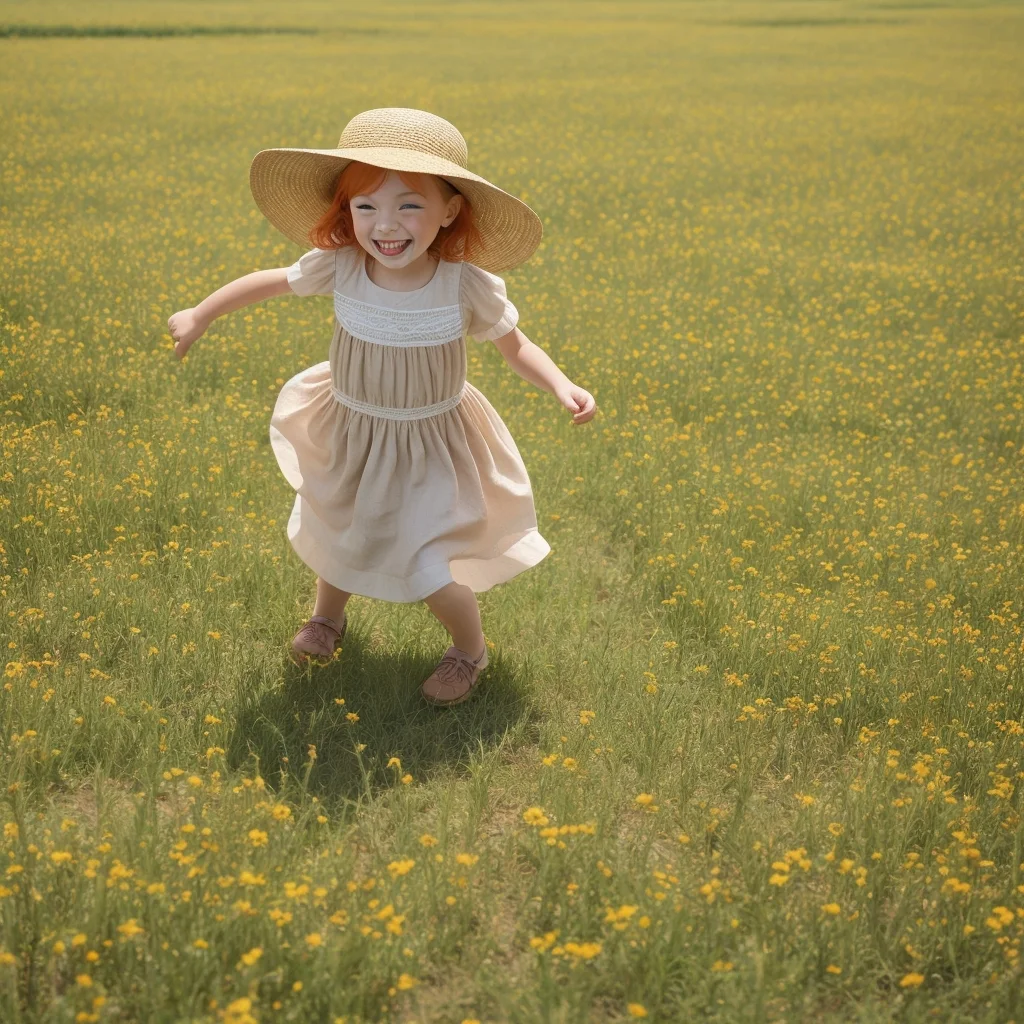
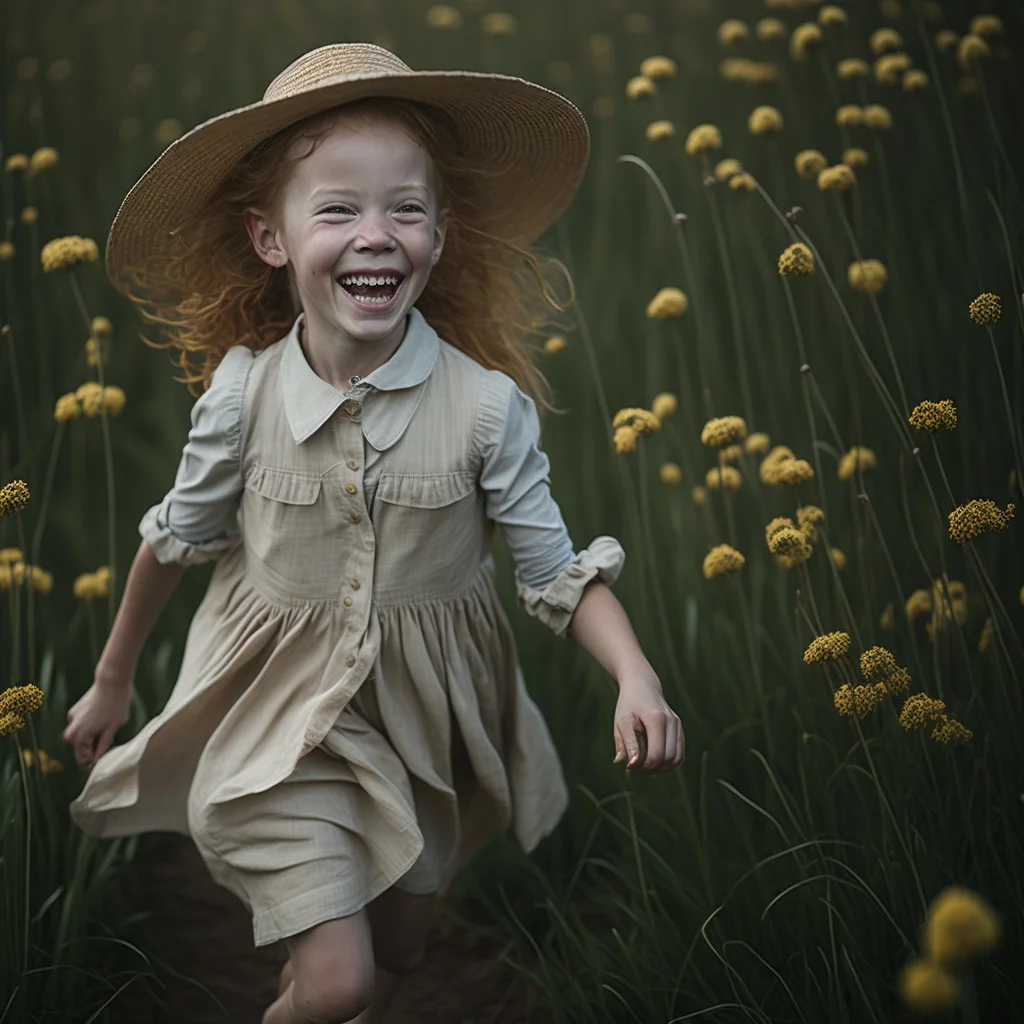
The watercolor ghost in the Advanced mode looks great. The only minor imperfection is the double fireplace. The other two ghosts created using the regular settings are quite charming, too, though not as clean. They still resemble watercolor paintings, except not nearly as detailed as the first two.

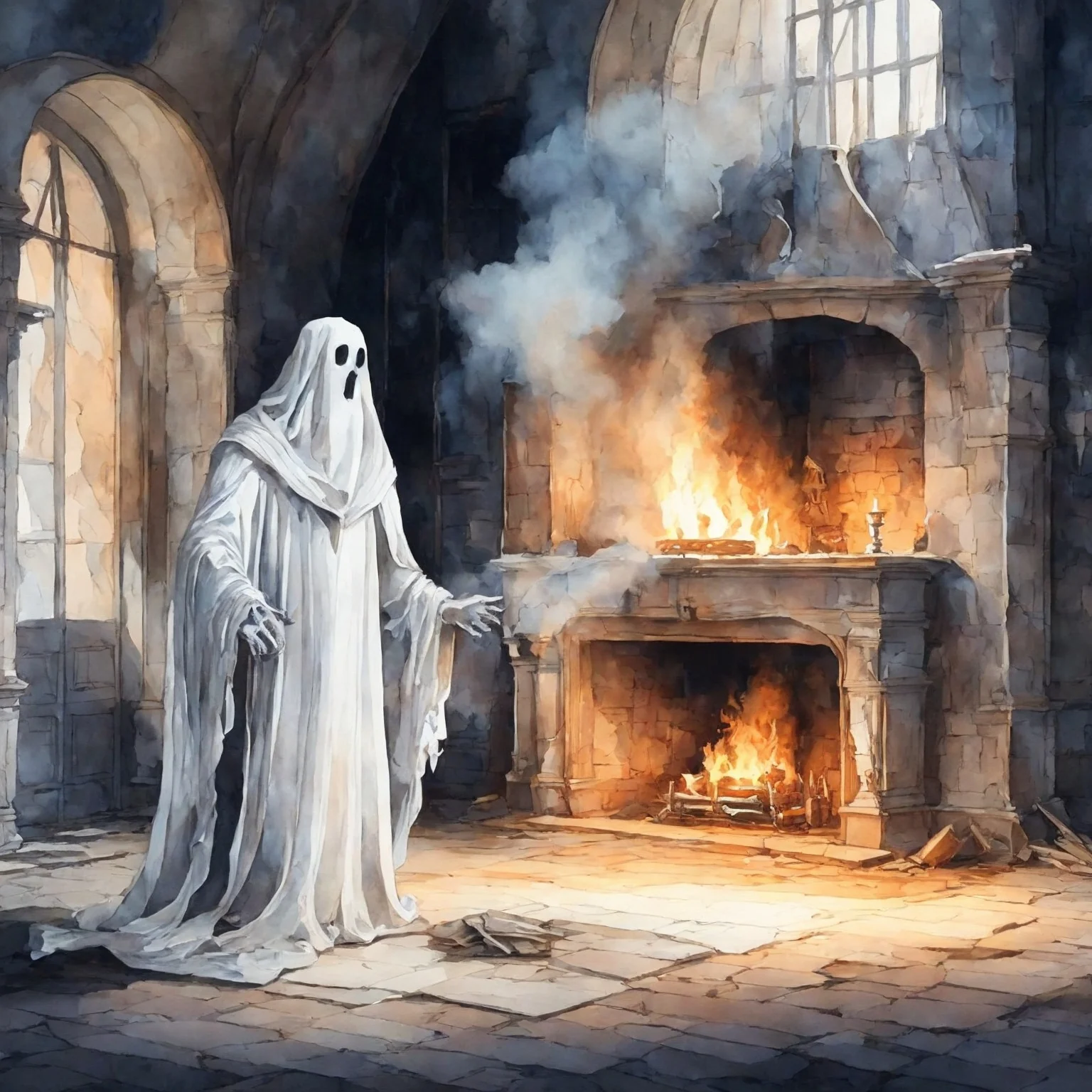


Both setups made the forest hut look like what we originally envisioned. The scenery didn’t end up looking like a stylized digital painting which was the issue we ran into with multiple other generators.
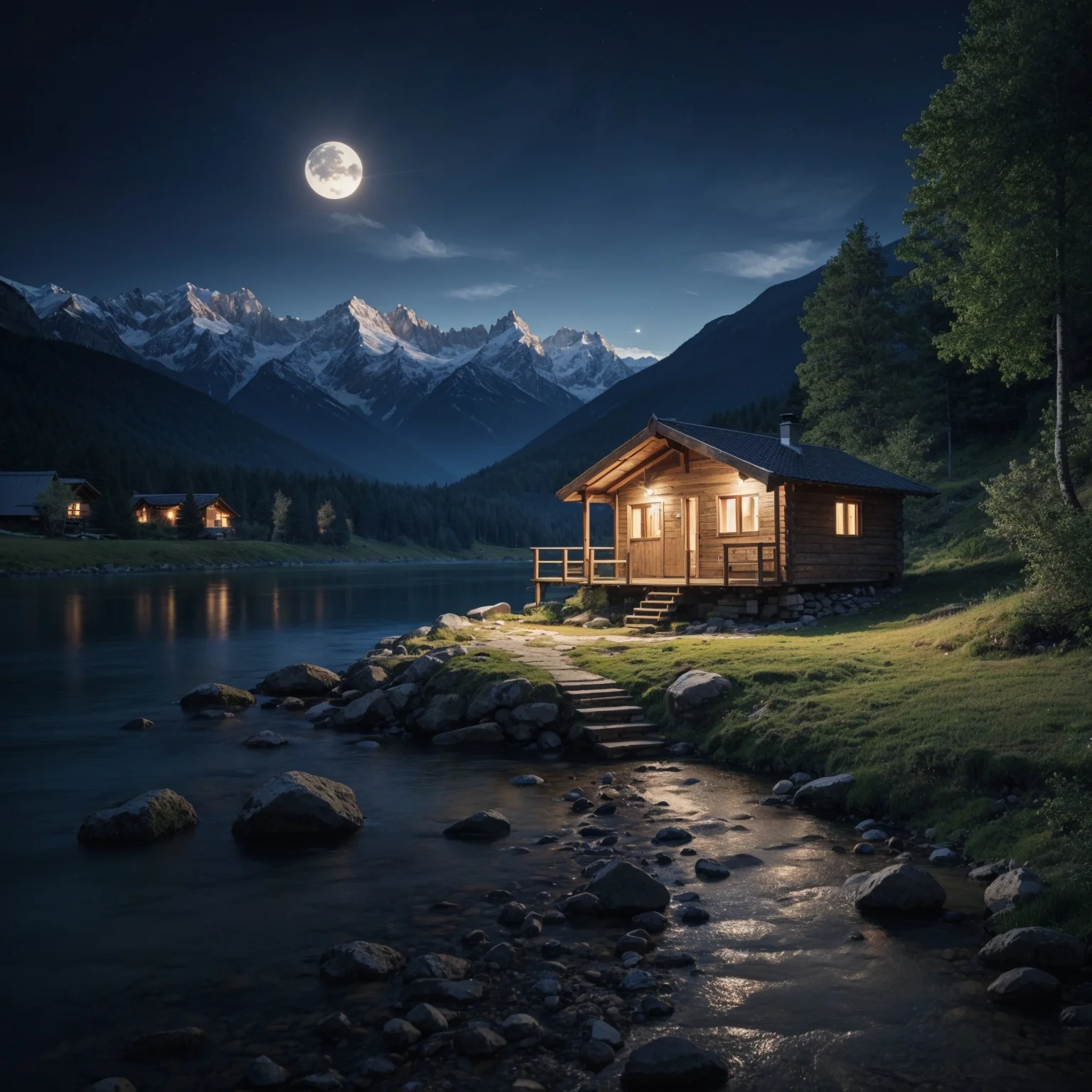
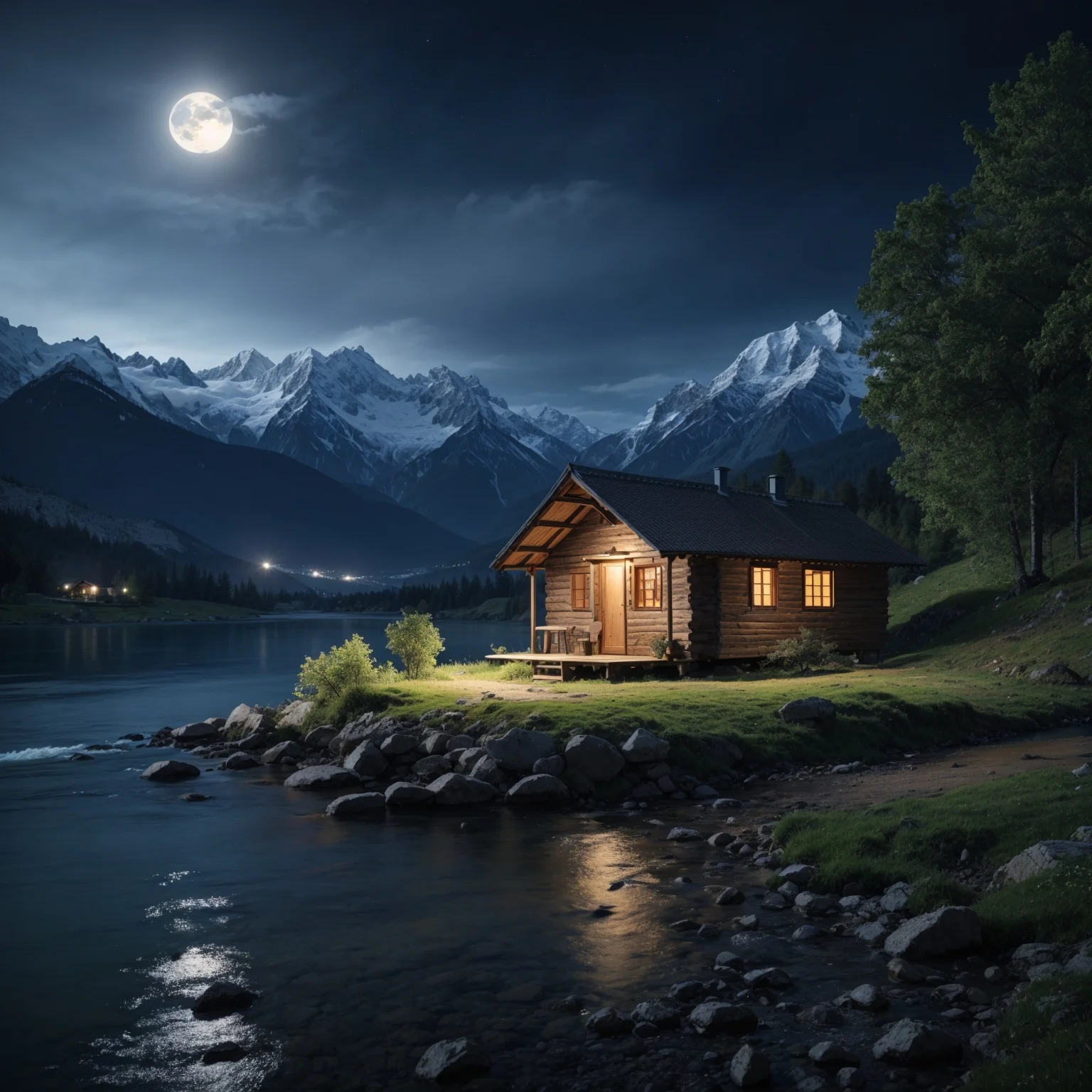

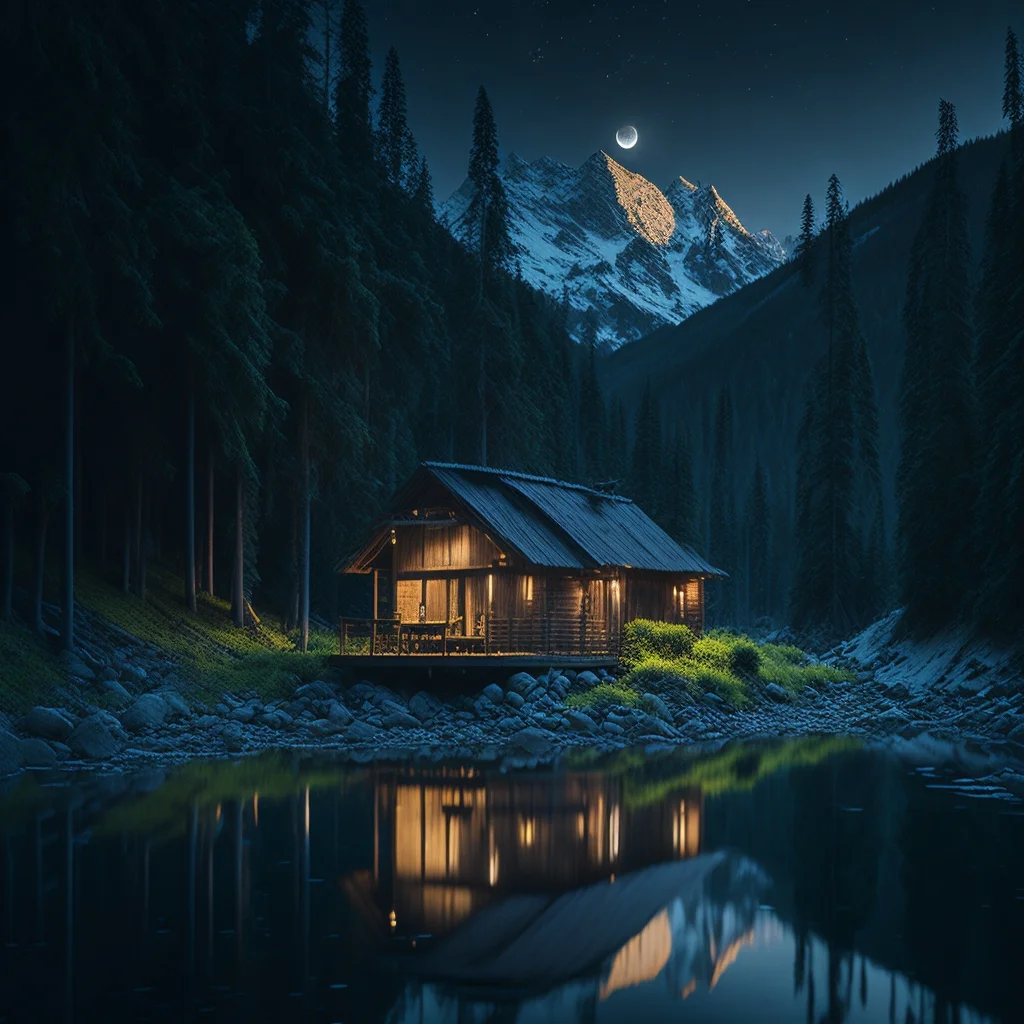
The unicorn was the query we spent most of our tokens on, since something was off in every run. The advanced settings made it look way more crisp and realistic, but several details were wrong. The rainbow-red eyes-white mane-purple desert combo was still hard to get and at least one of these was missing. Plus, in half of the images, some parts of the unicorn’s body were duplicated.
With the advanced settings off, there were more bizarre anatomic inaccuracies overall, but the colors were more precise on average. The mane was white, the eyes were red, the desert was purplish-violet, and we even eventually got the rainbow.
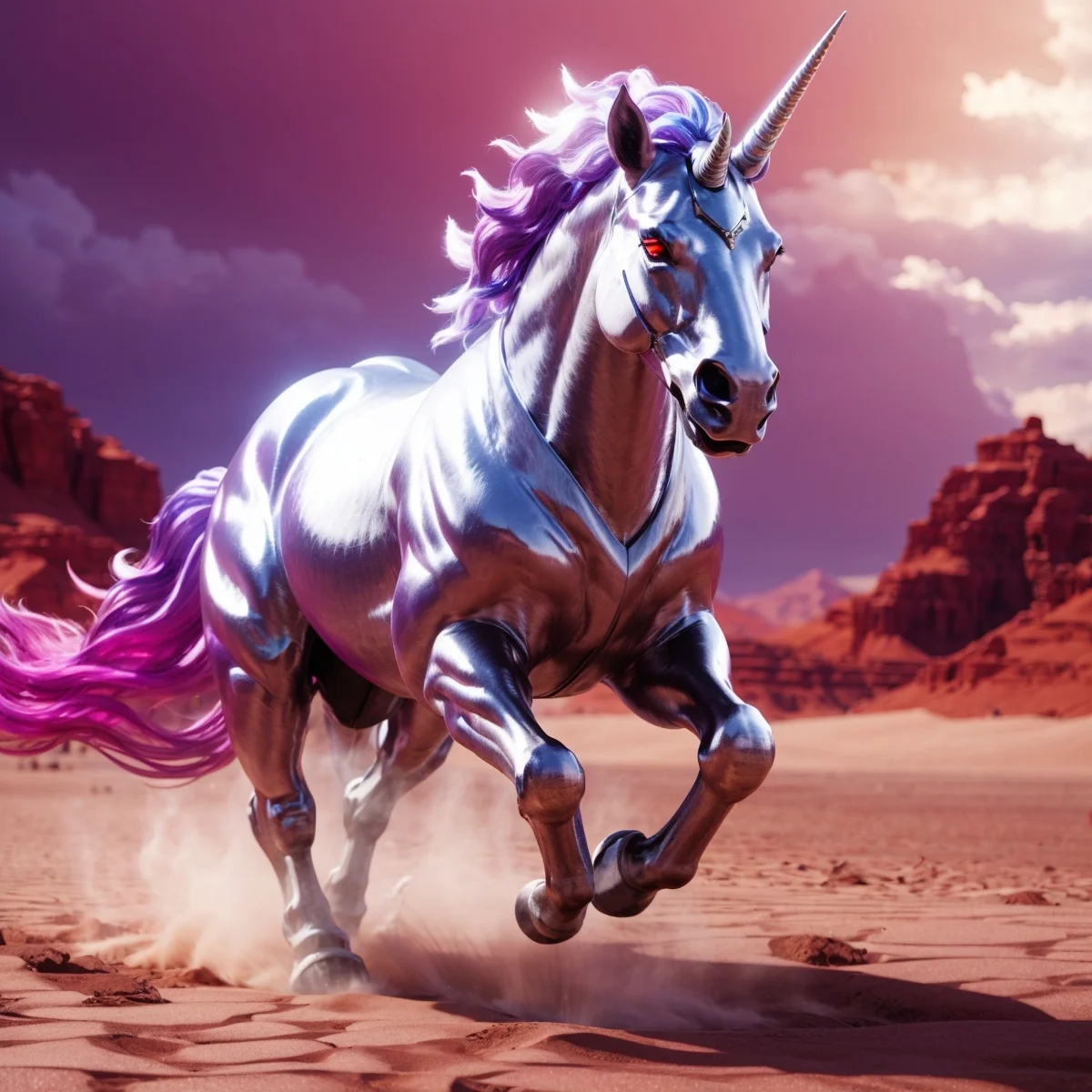

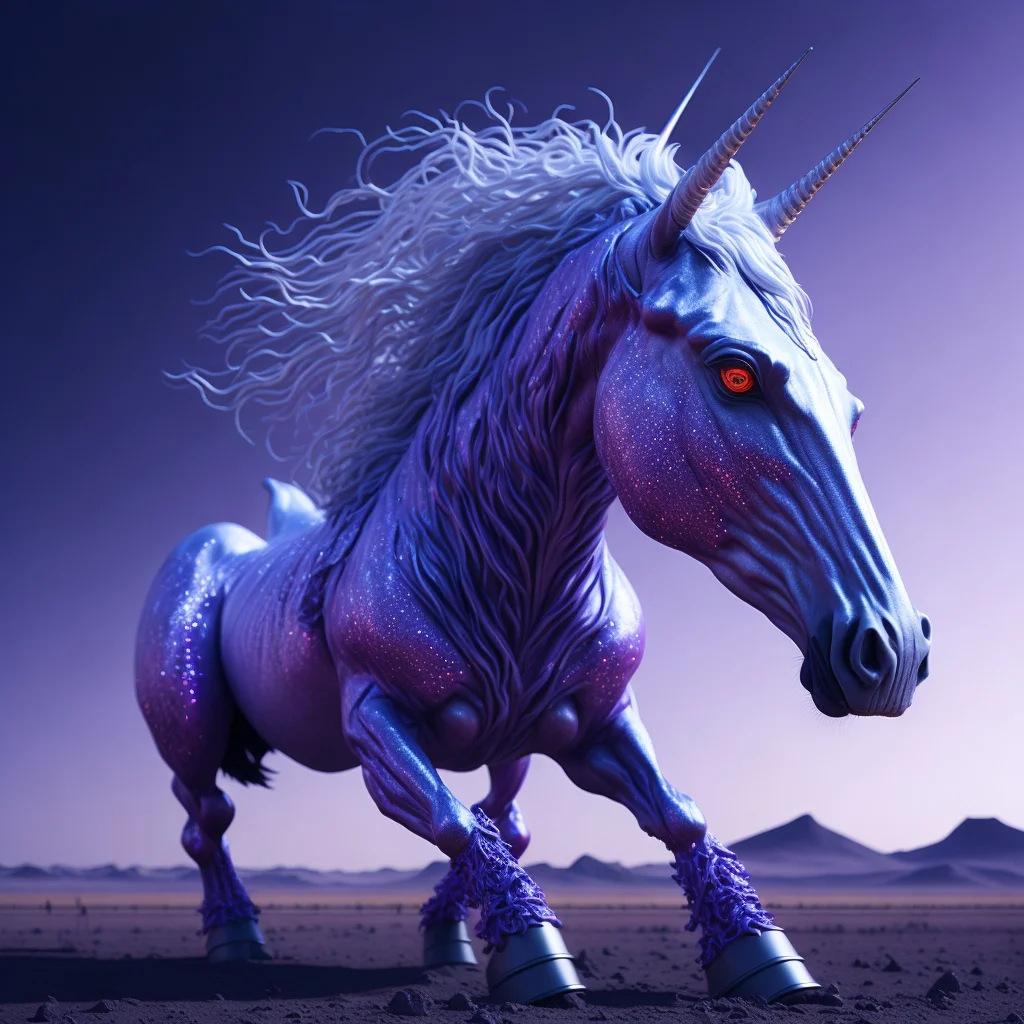

With our last query, we didn’t even include the results we got with the basic generation mode. The query was challenging enough with all the advanced settings activated. Both the original and the modified prompt gave us a semi-accurate result. The landscape itself was pretty Disney-like, but the animals came out weird just like before. Though the modified prompt helped the AI to make the monkeys more legible.
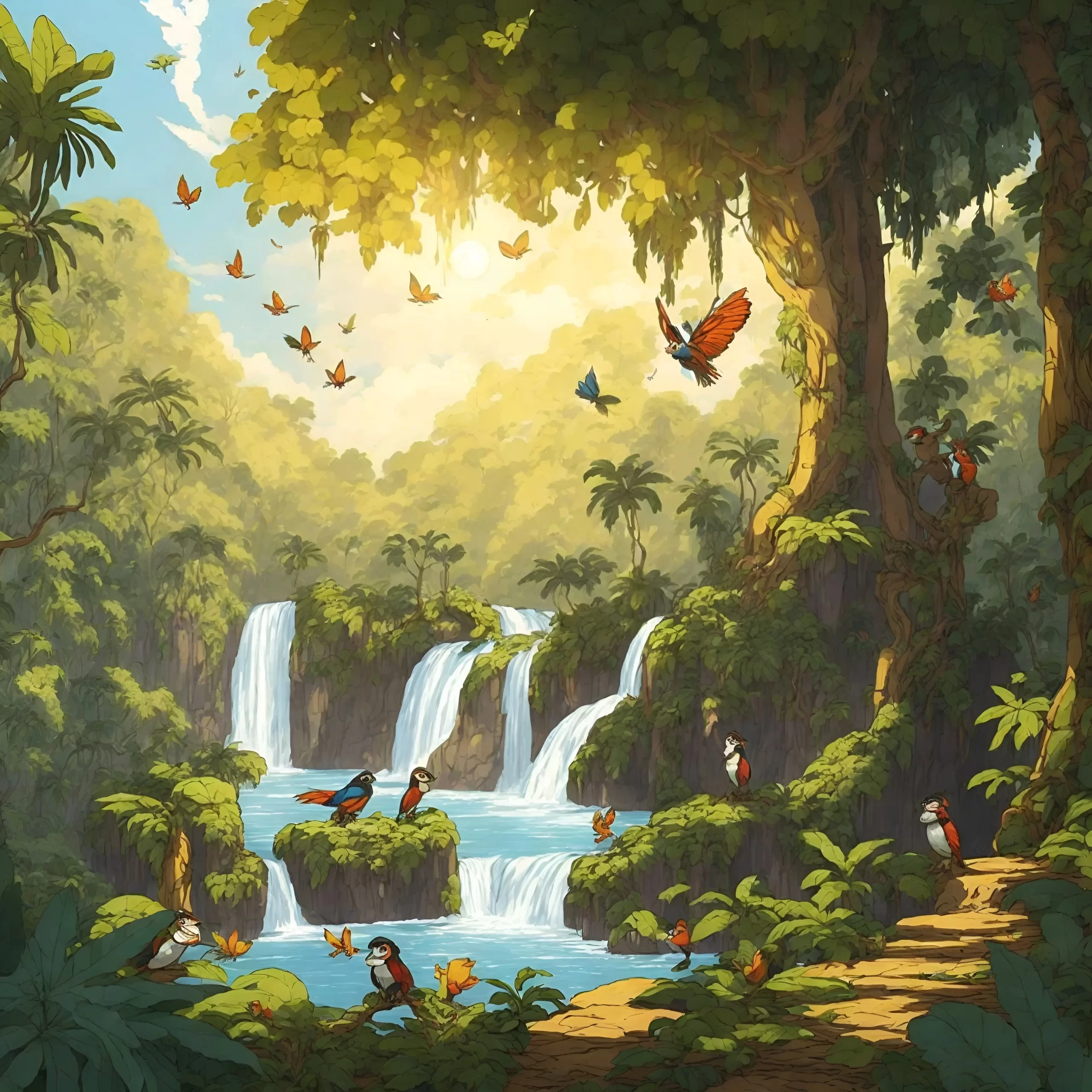
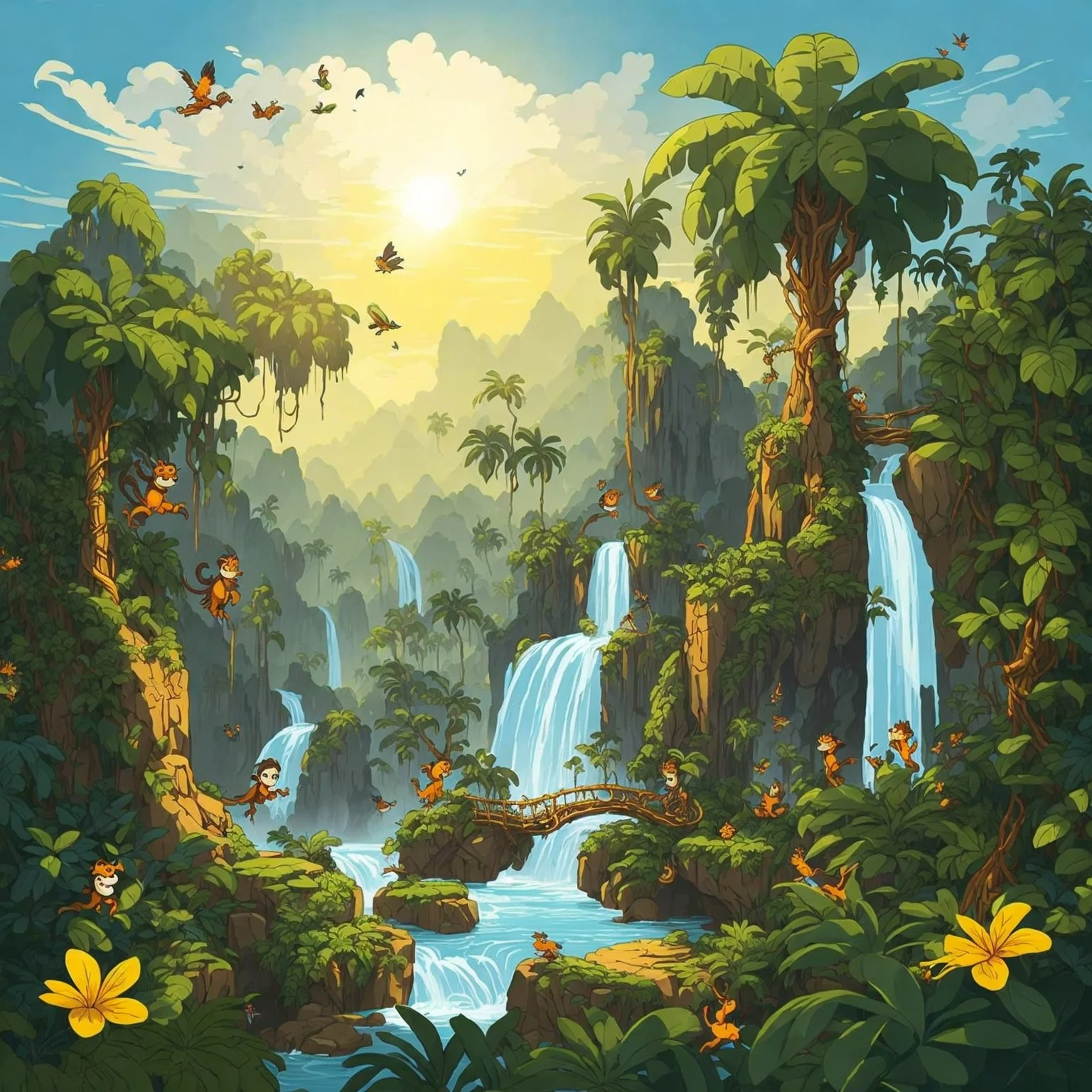
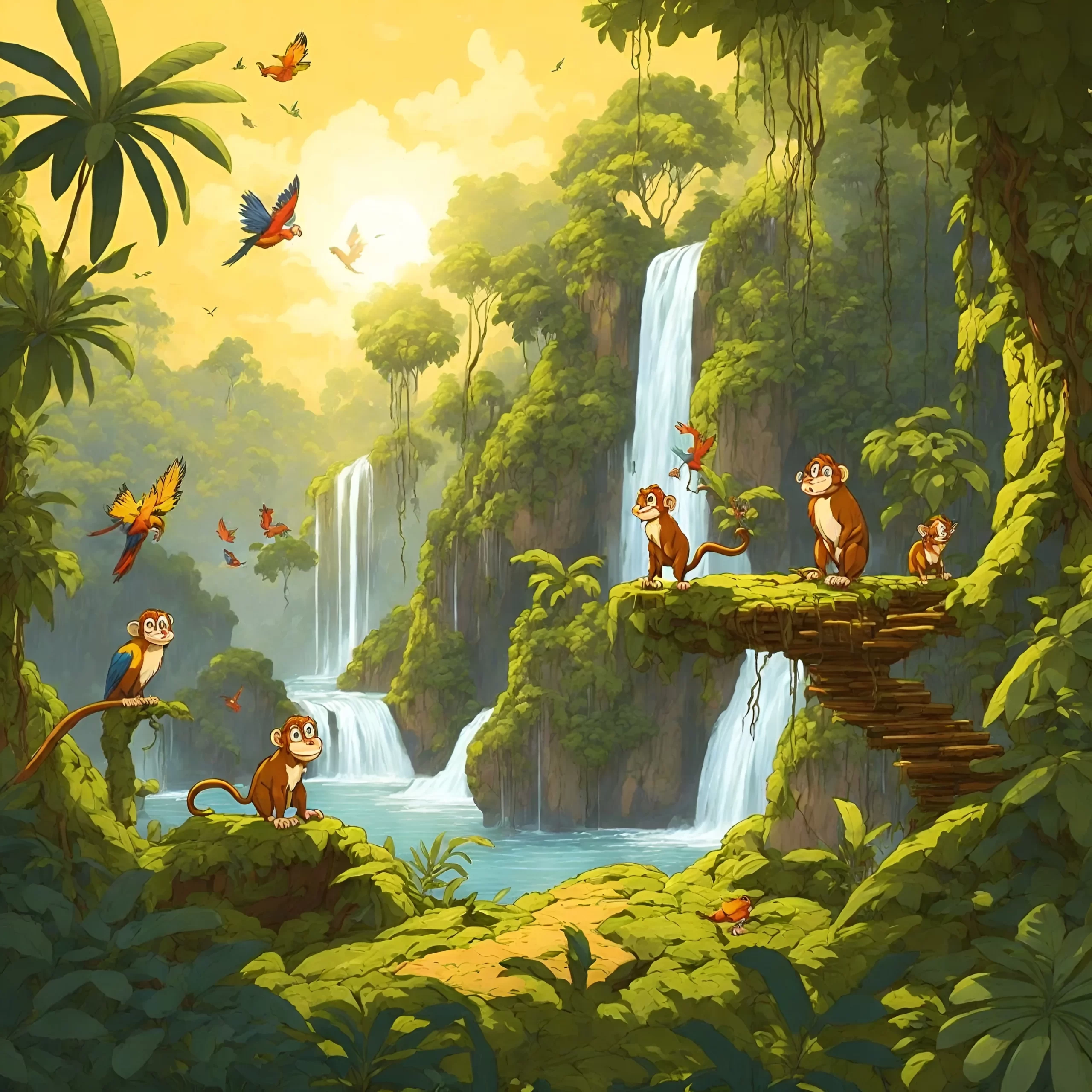
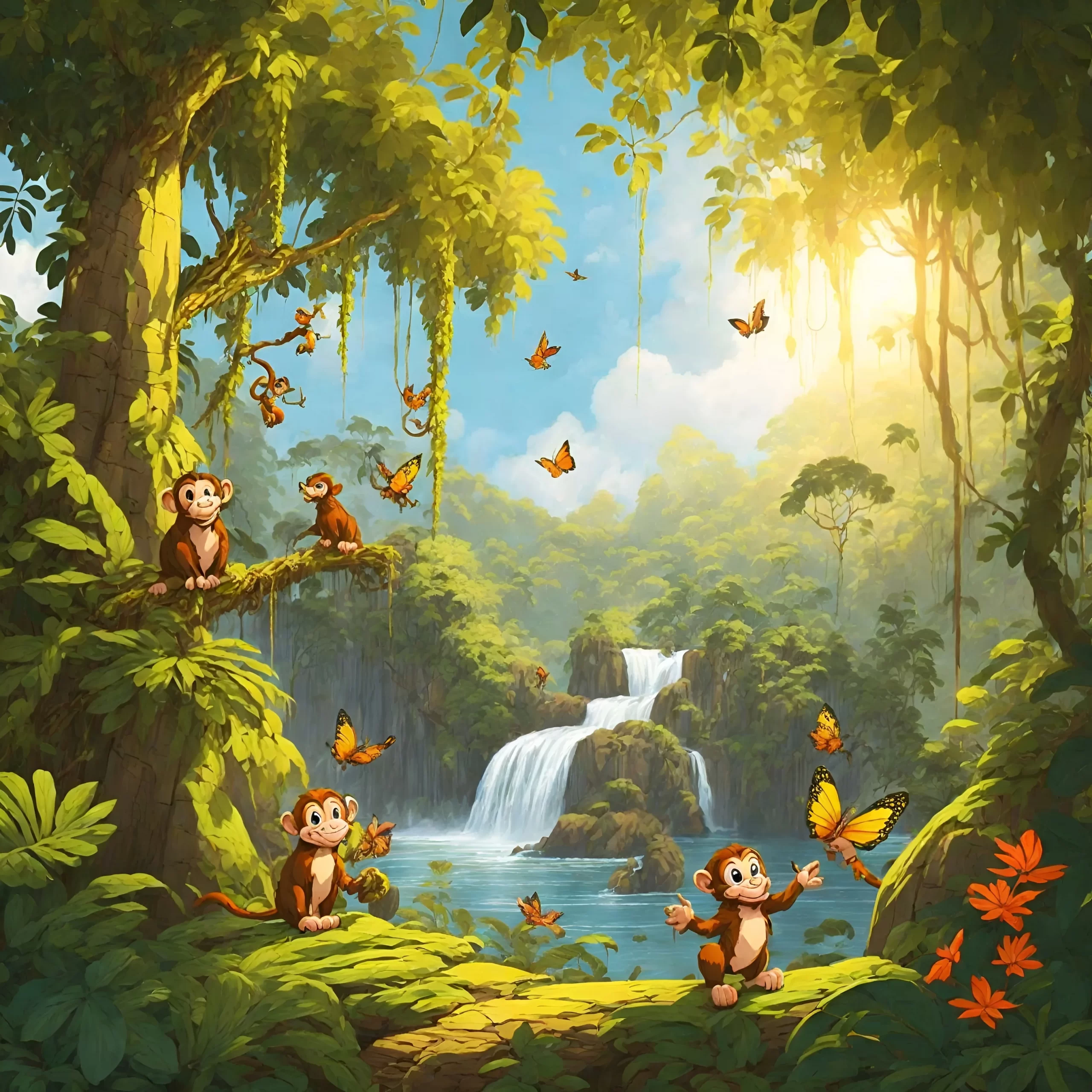
If you are an artist looking to use AI for some advanced creative queries, Leonardo is probably the most versatile tool you can find. In case you don’t need a billion style and texture presets along with numerous generation models, Leonardo AI might be too much.
- Cost: 150 free tokens, recharge every 24 hours
- Pros: lots of presets, styles, and models to choose from to fine-tune your generations
- Cons: might be overwhelming for a beginner or someone who is not looking to create full-on AI art
8. Bing Image Creator
Unlike other generators we experimented with, Bing Image Creator is based on DALL-E 3. It’s the most beginner-friendly diffusion model that only needs a prompt from you and does everything else on its own. No need to figure out endless presets, scheduler types, diffusion steps, etc. Bing is quick, easy to use, completely free, and creates crisp 1024×1024 images without the need to upscale.
DALL-E 3 was released in October 2023 and it might be the most advanced AI model out there today. Compared to DALL-E 2 which was also a solid model from OpenAI, DALL-E 3 is way more accurate in every way. It’s good at creating both photorealistic images and stylized art.
Our expectations were high once we saw what the new model was capable of. The ginger girl generated by DALL-E 3 turned out exactly how we envisioned. The freckles looked natural, the flower field didn’t somehow turn into a wheat field, and the fingers were anatomically correct. There were no issues with the eyes or teeth, plus, in every image the girl is actually running as described in the prompt.

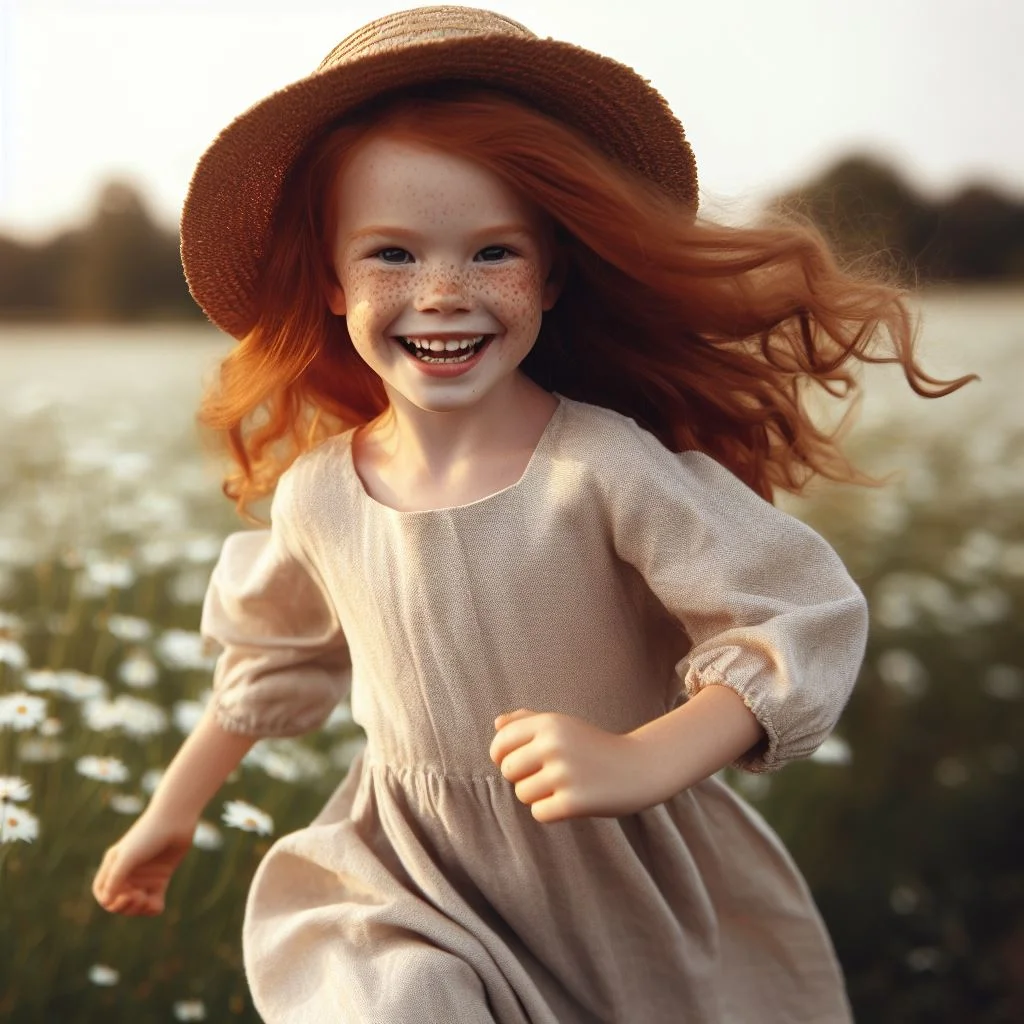
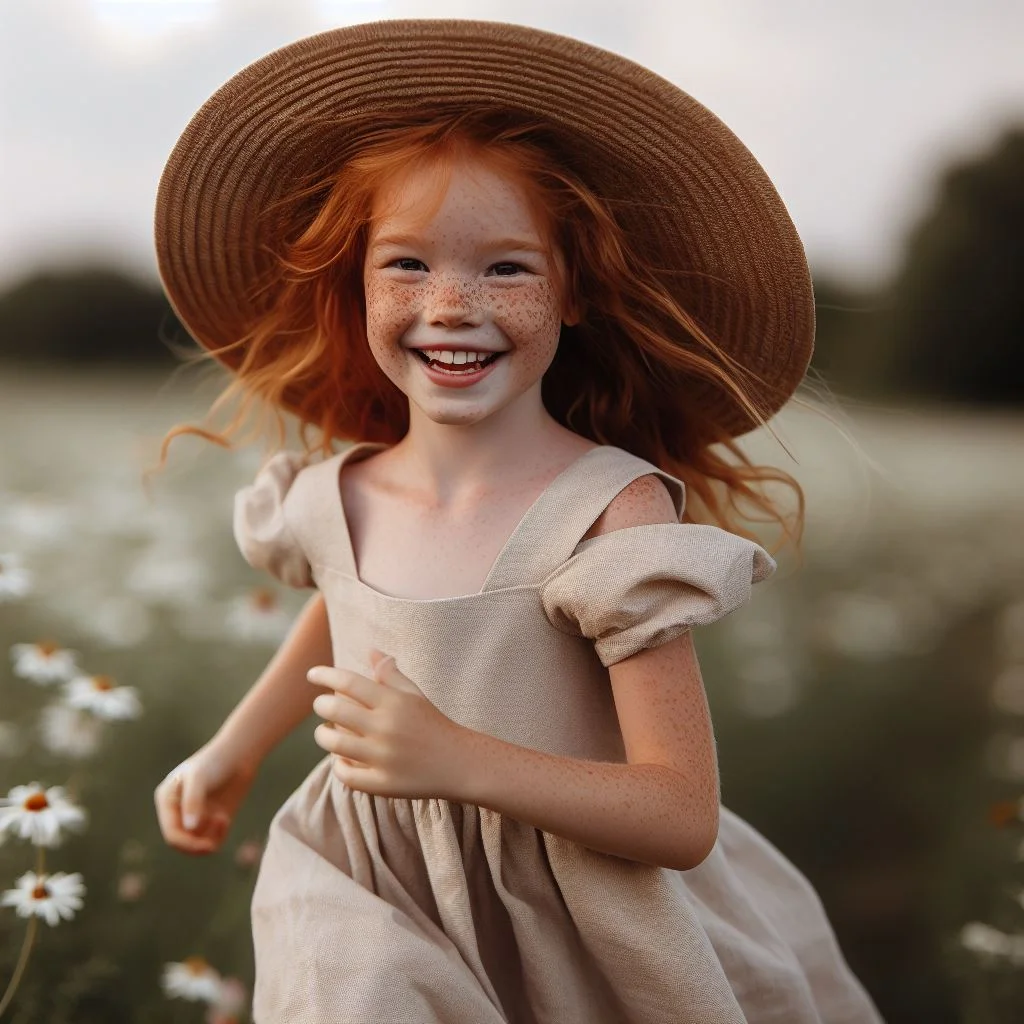
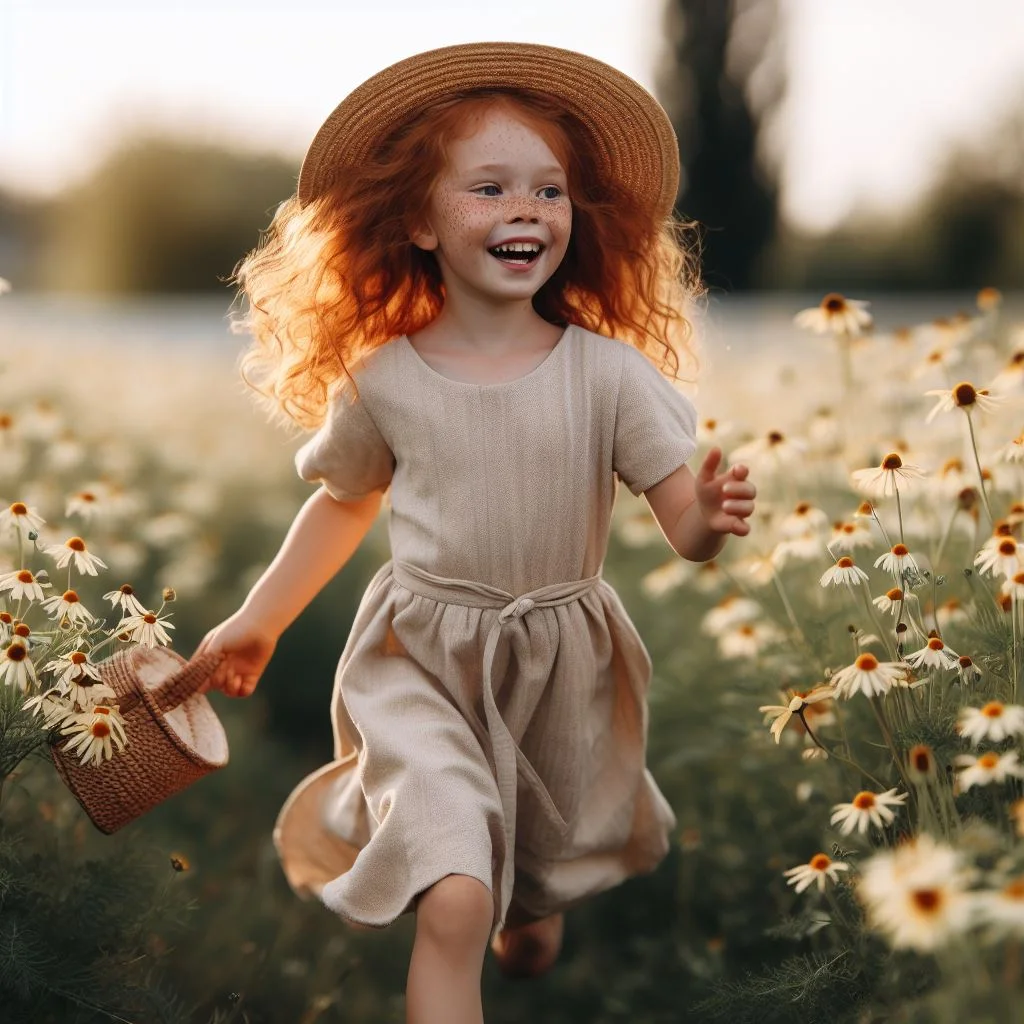
The forest hut ended up slightly stylized and digital art-ish in some images. What’s notable about the hut we generated using Bing, however, is that the moon is perfectly round in every image. Other generators distorted the moon in some of the runs, making it squished, elongated, or simply uneven.


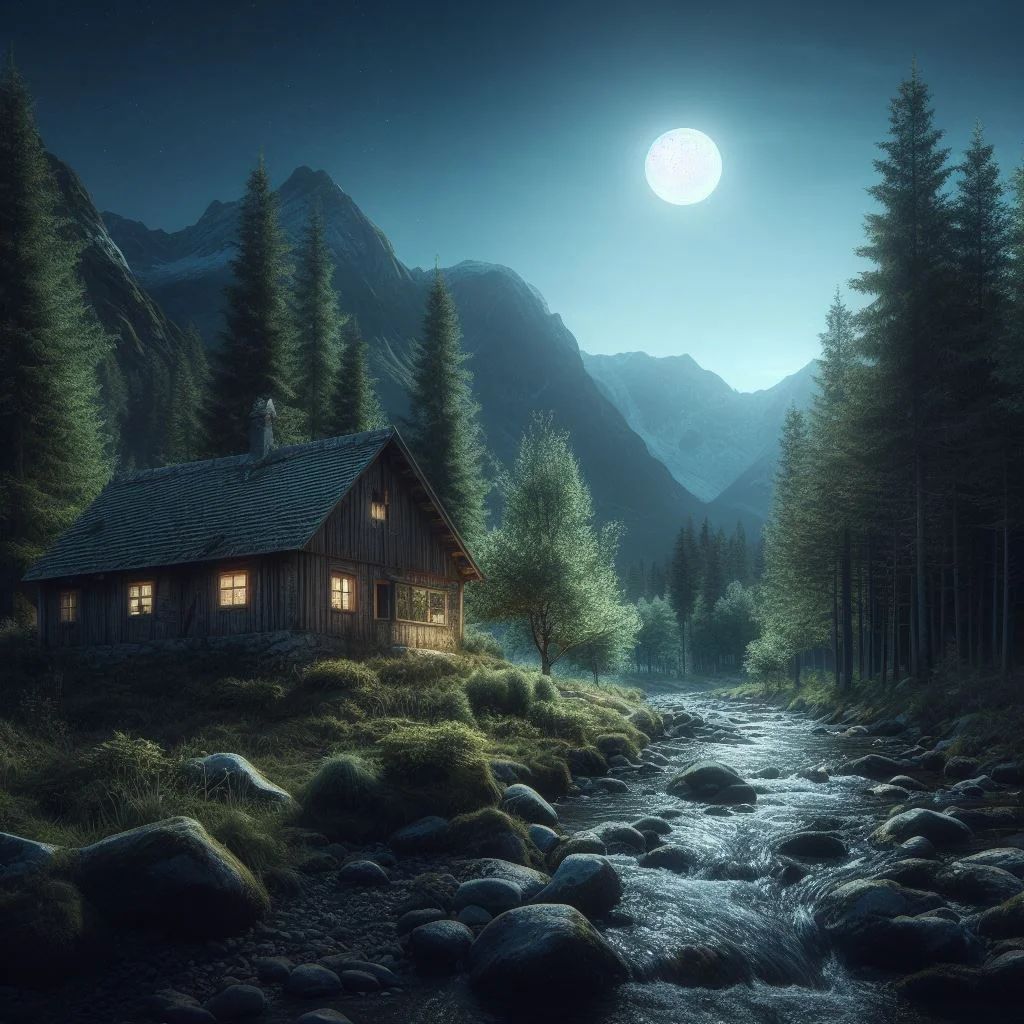
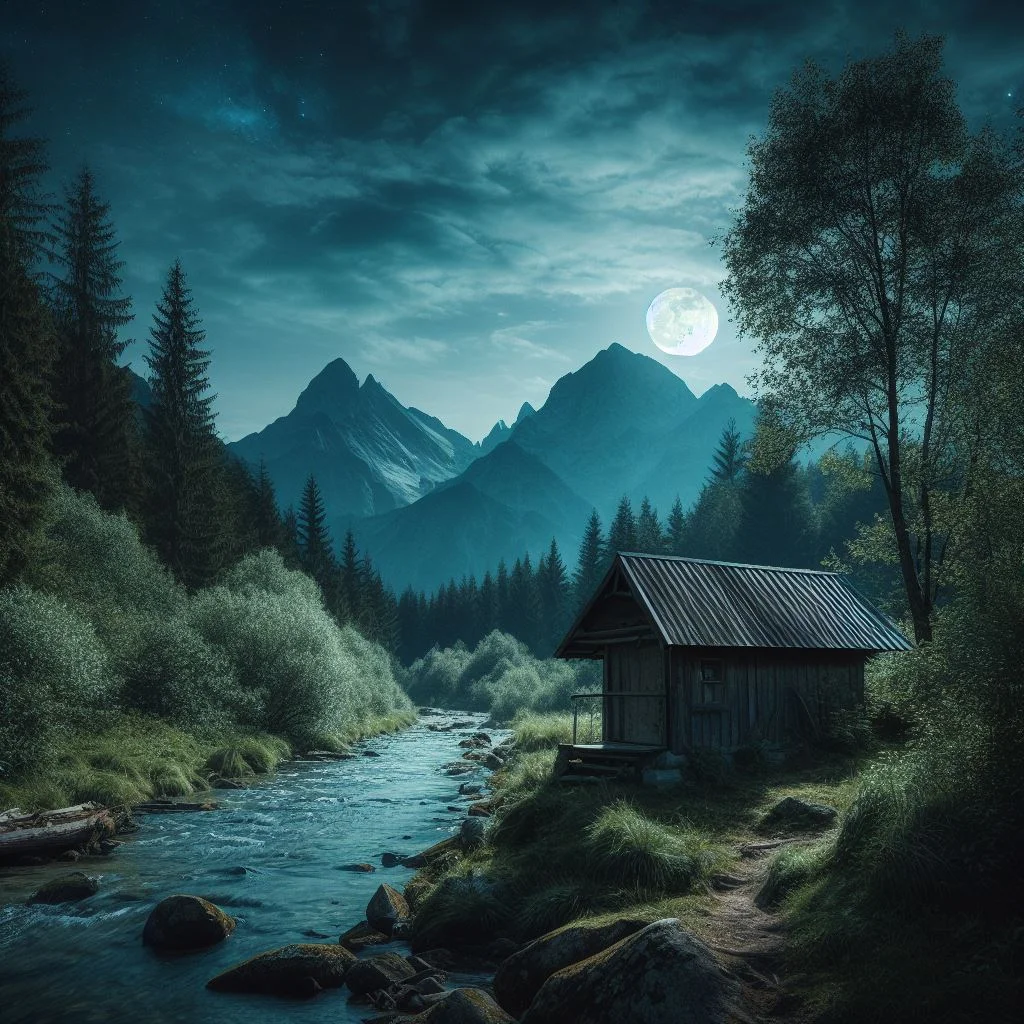
The ghost created by DALL-E 3 had the most character of all ghosts we’ve created with AI. They are all different and none of them look stiff, which is the case with many other images we got with previous generators. The level of detail is much higher than what we’ve seen in the previous generations.
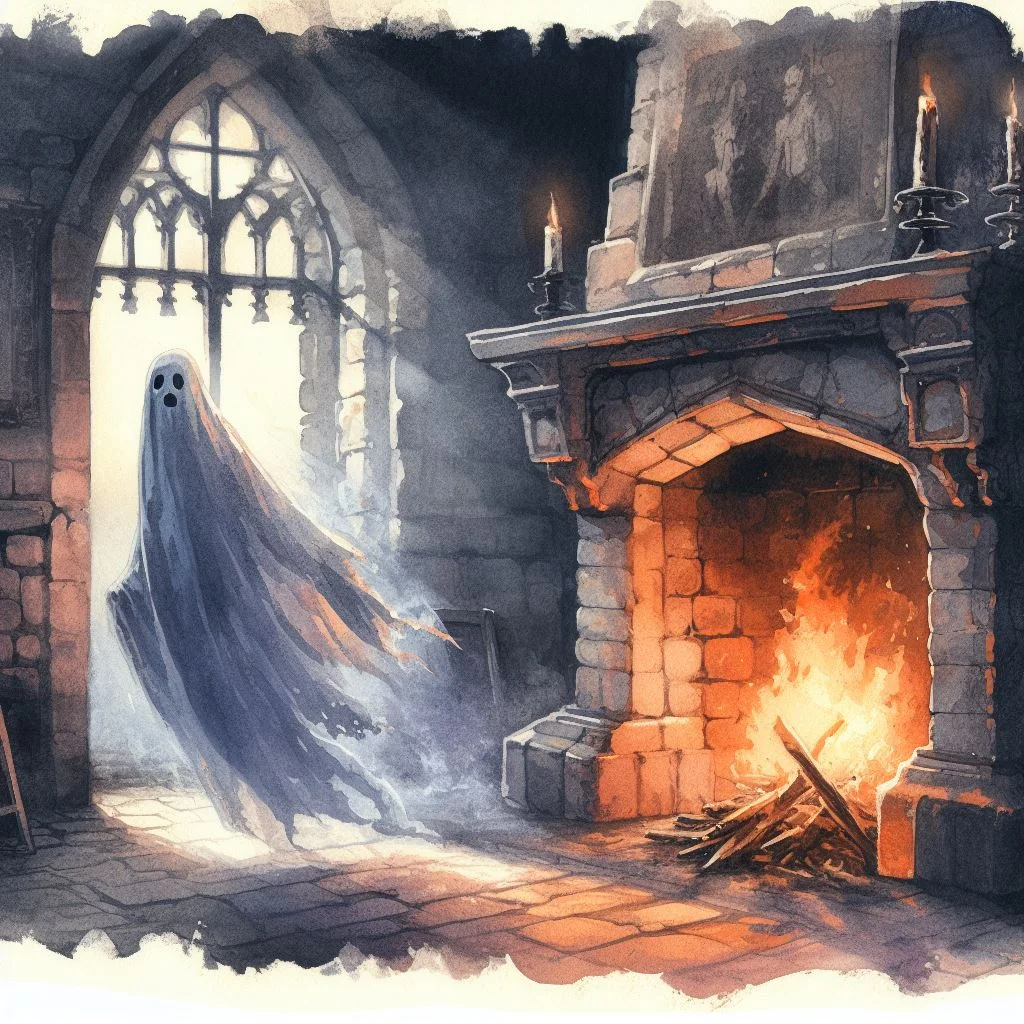

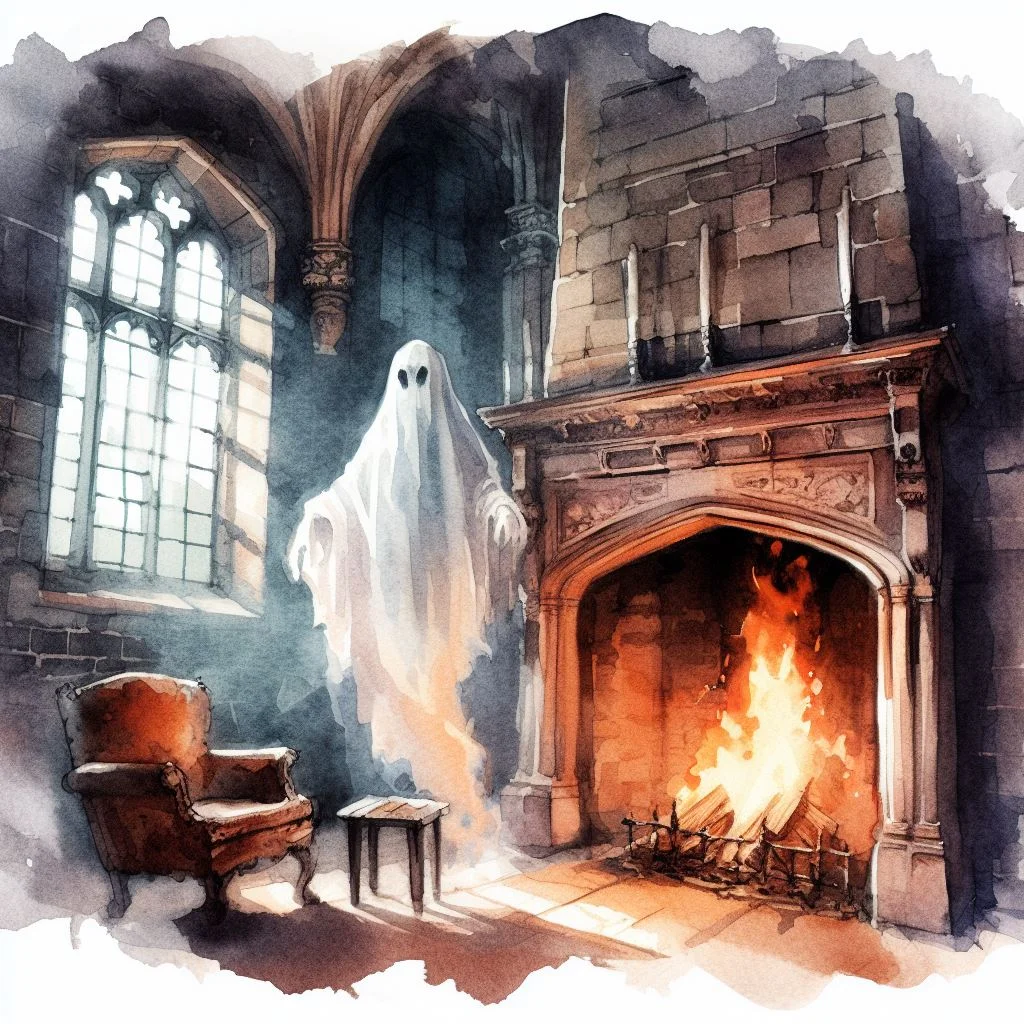

DALL-E 3 also got the unicorn query on the first run with no need for prompt modification. It is the best interpretation of this image we’ve seen from any AI on the list. The desert is purple and actually looks like it’s an extraterrestrial one, the rainbow is in place, the eyes are red and the mane is white, just as prompted.
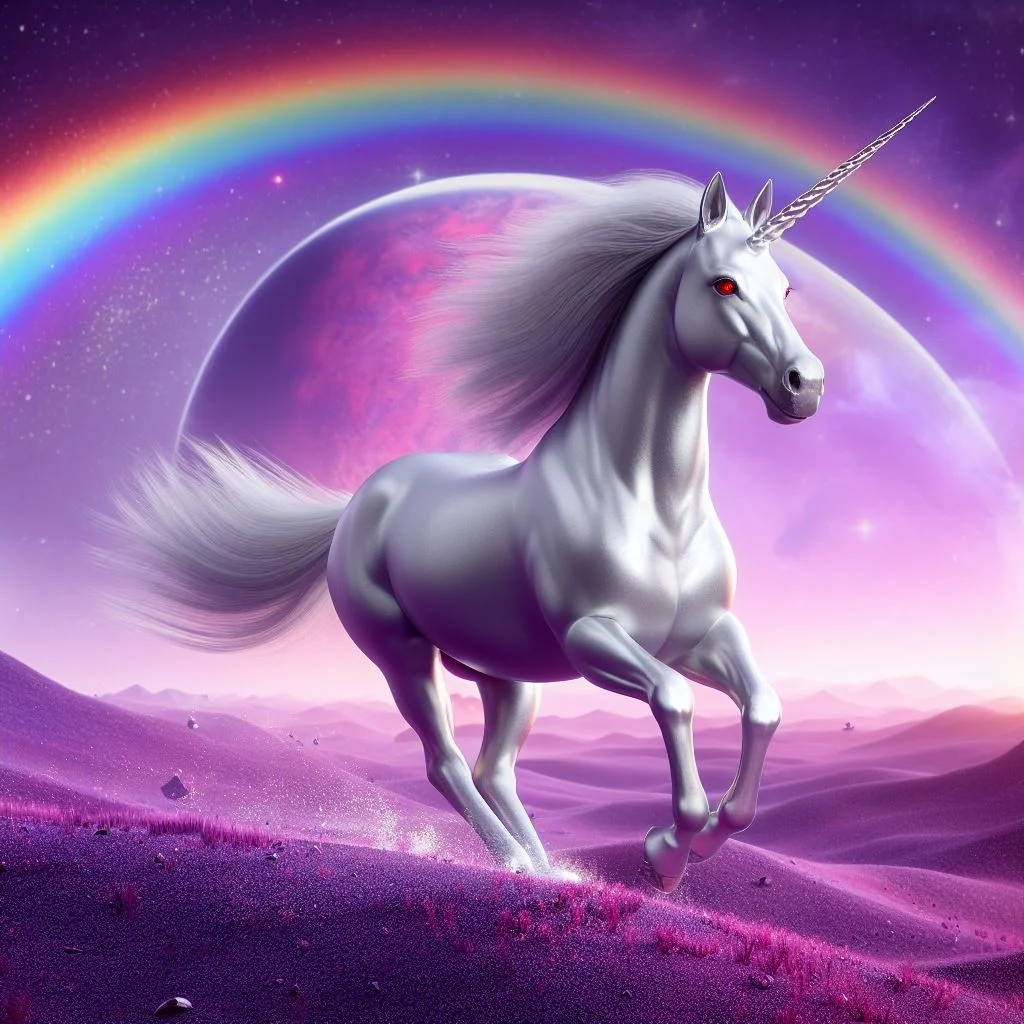
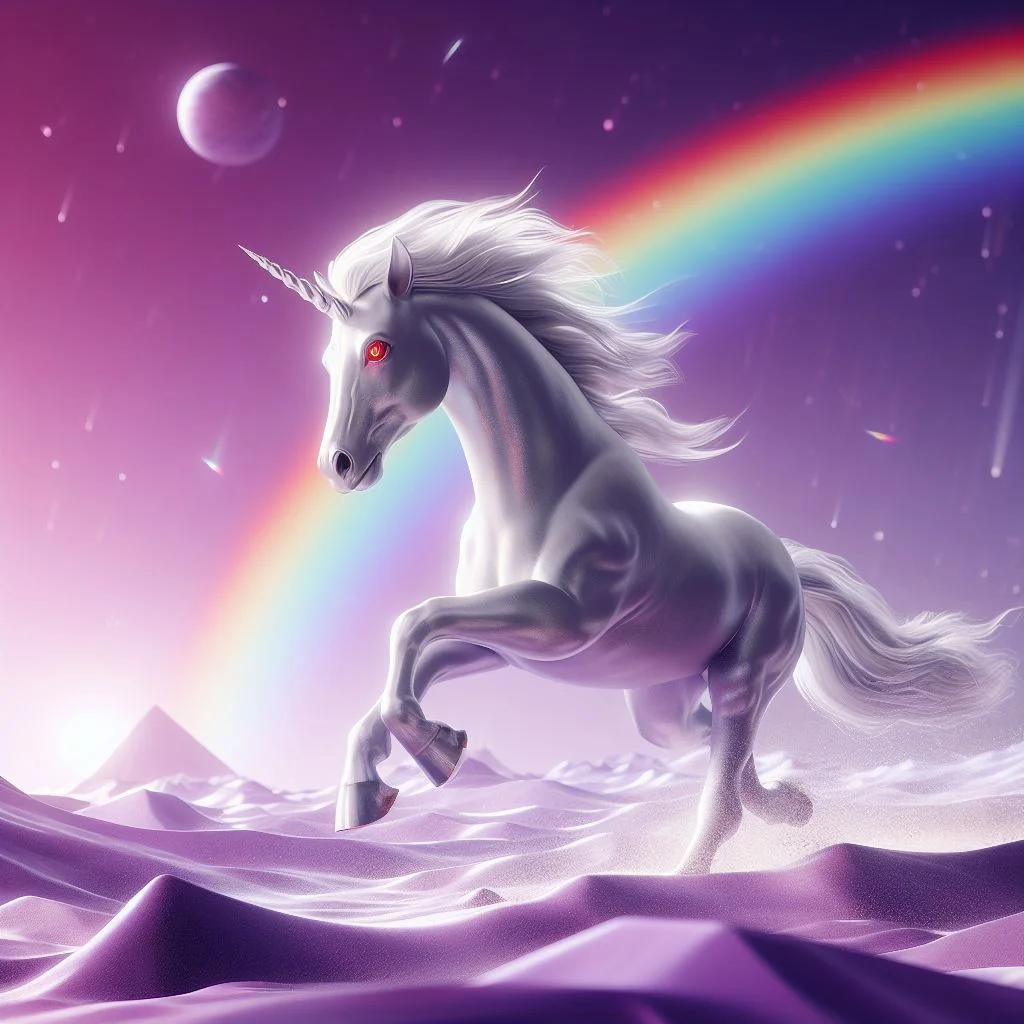
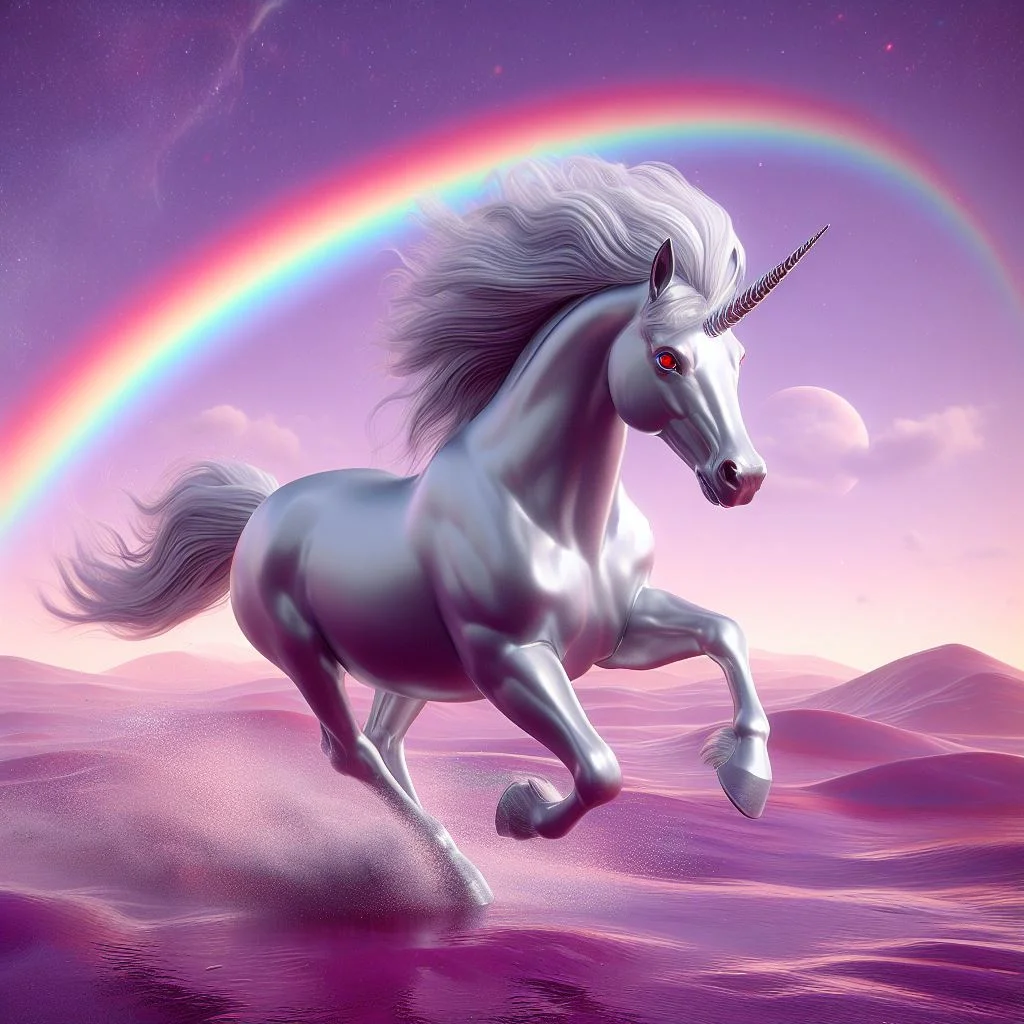
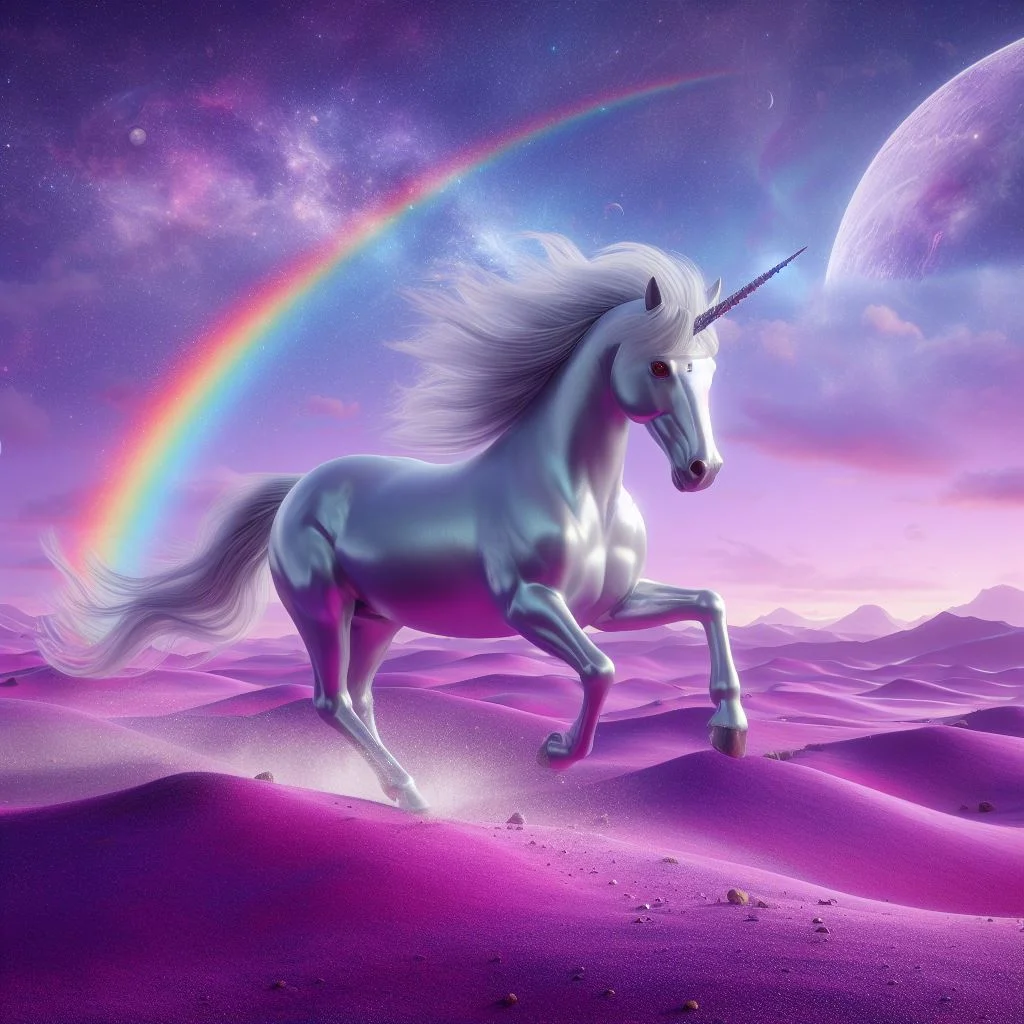
The impossible Disney rainforest was the only query that was not too successful. Though we tried multiple versions of the text query and modified the prompts several times, it was too far off anyway. DALL-E 3 was the best at separating the creatures in the composition, but the style is nowhere near classic Disney.
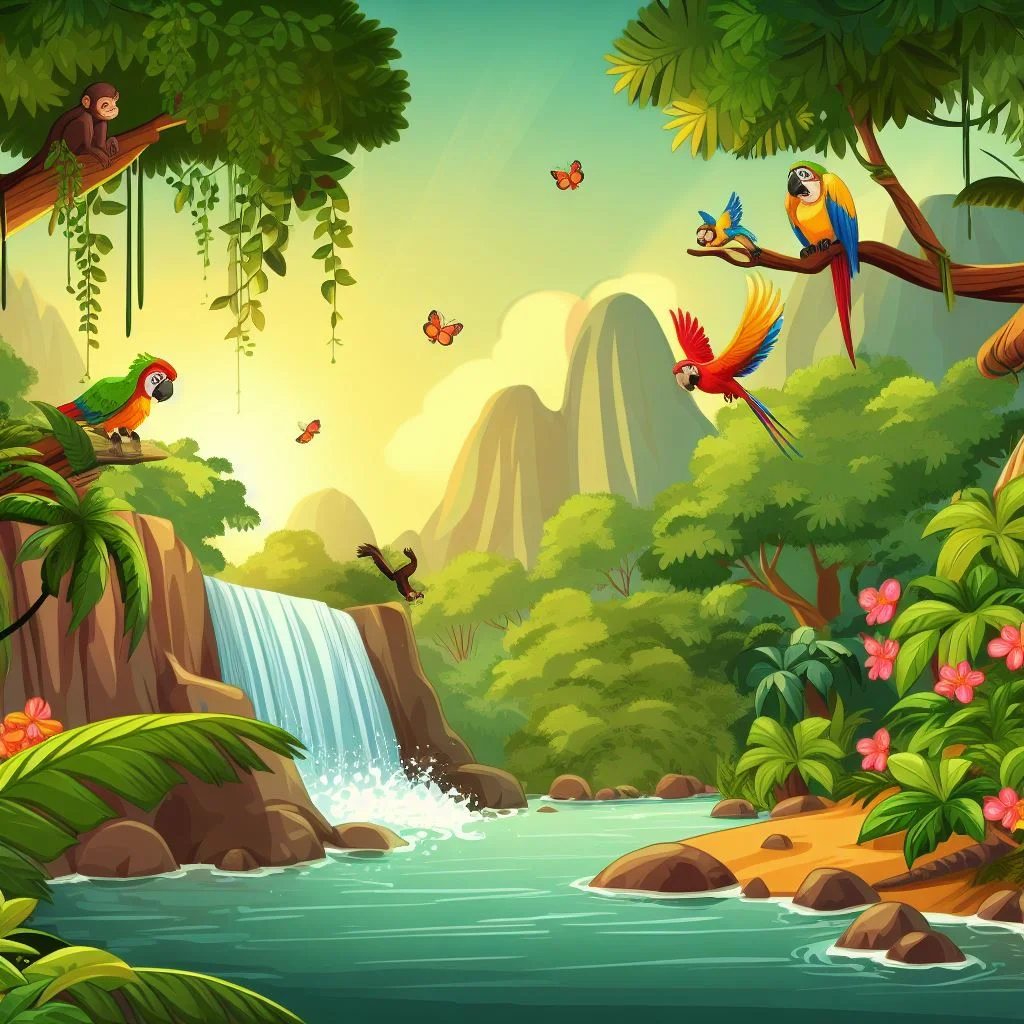
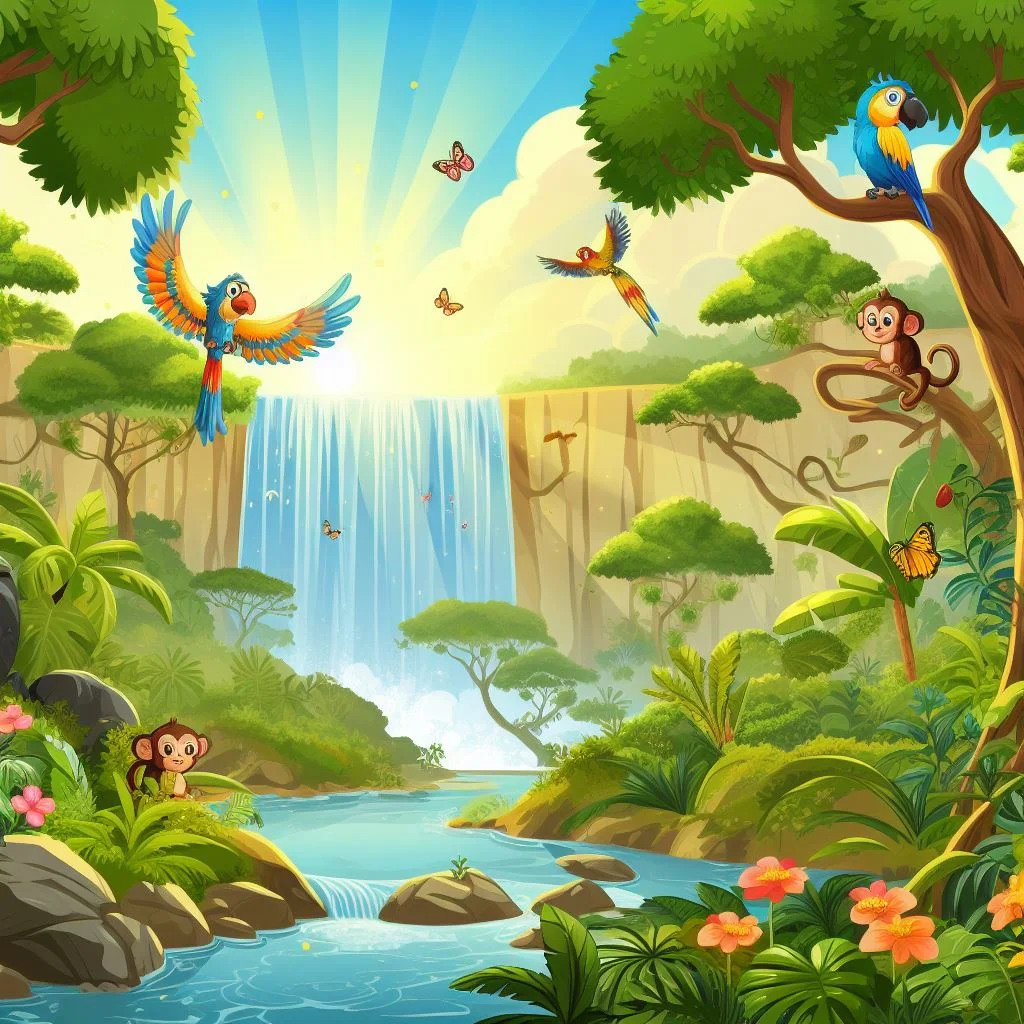
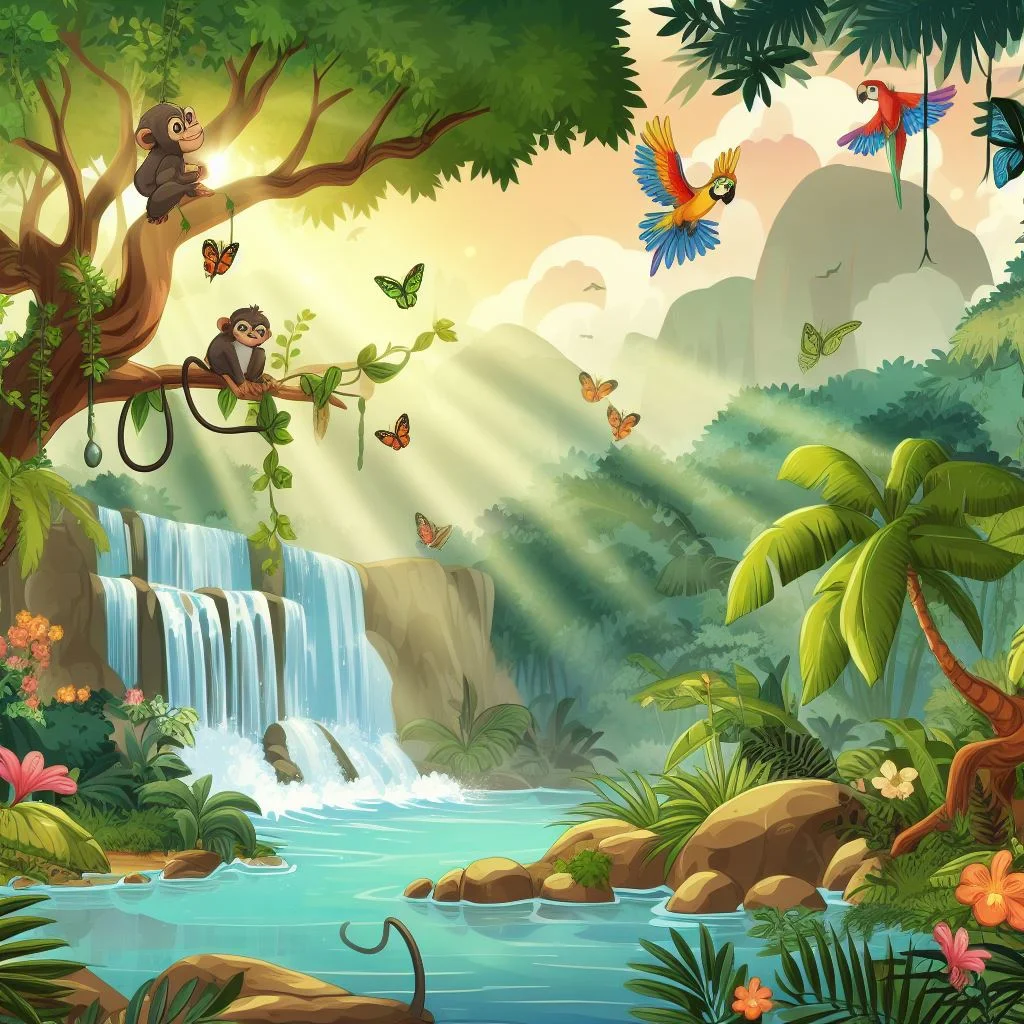
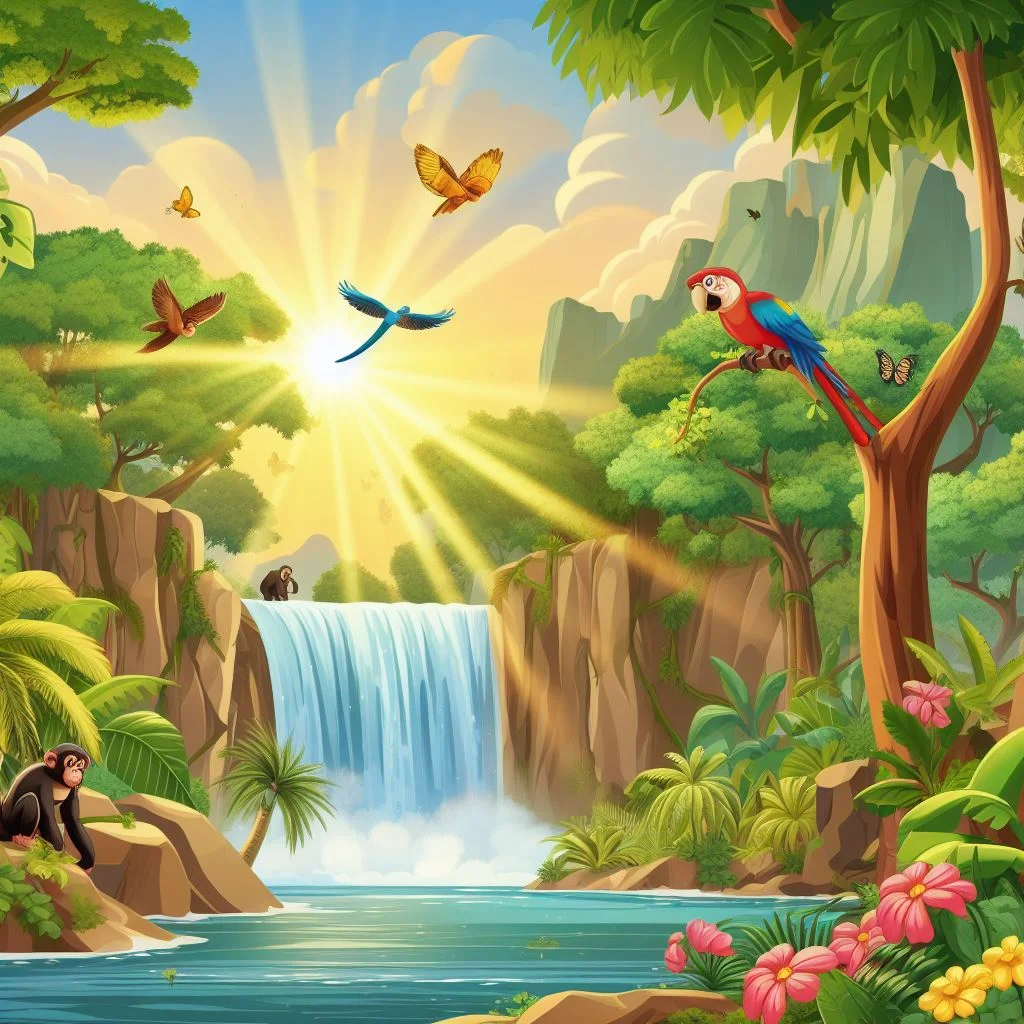
- Cost: free, unlimited
- Pros: free boosts for faster generations, easy to navigate, high precision
- Cons: no control over the generation process (except prompting), creates 1 to 4 batches per run randomly
Final thoughts
After testing out a bunch of AI image generators, our verdict is the following:
- Best free generator — Mage. You don’t even need an account to start creating and saving your AI art. And you get the whole range of advanced tools. And there is no limit to how many images you can create daily. This is AI heaven.
- Fastest generation — Bing. We don’t know how DALL-E 3 does it but the generations take less than 15 seconds compared to around 50 seconds for the majority of other tools on the list.
- Best for artists — Leonardo AI. Believe it or not but as we were working on this article, Leonardo added several new features and presets.
- Best for photorealism overall — Midjourney. Overall, Midjourney is still on top of the game for a good reason. It creates the most convincing lifelike images and can imitate photos captured with various real-life camera models. Though DALL-E 3 is just as good at photorealism, you can’t fine-tune the results once they’re ready. The only options you have are a) rerun the prompt or b) rewrite the prompt. Midjourney gives you more flexibility which is a huge plus.
- Best for realistic human portraits — Human Generator. The name speaks for itself: this tool was created specifically to generate lifelike humans of different ages, ethnicities, and body types.
- Best for stylized fantasy art — Cutout.Pro. With numerous video game and animated movie-inspired presets, Cutout.Pro makes a great tool for digital artists.
- Best for a high level of detail — Bing Image Creator. So far, DALL-E 3 is superior when it comes to handling fine details. It can make anything from skin to foliage to fabrics look crisp and non-plasticine-like.
- Best for landscapes — Midjourney. Whether you want a stylized landscape or a photorealistic one, Midjourney can deliver complex compositions that have depth.
- Most user-friendly — Human Generator/Mage. It’s a fair tie because, with Human Generator, you don’t even need to know how to prompt to get good results. All you have to do is tweak a few parameters like you’re playing Sims. With Mage, if you don’t want to get into the depths of AI image generation, you can get a solid result by only typing in the prompt and choosing your model. If you feel like playing with parameters further, you can open advanced settings. Other than that, they’re not in your face, making you pick presets, image sizes, iteration steps, and all that.
- Most customizable — Midjourney/Leonardo AI. Prompting in Midjourney is like coding, and it has so many niche micro-commands to refine your generations that you can create infinite versions of the same query. Leonardo, on the other hand, has so many built-in tools and features for image generation that you can tweak the images for as long as you need without leaving the app. Aside from a long list of generation settings, you can explore post-generation image editing options.